|
With the looming election, the ceaseless pandemic, and oh yeah, the threat of Zombies sticking their arms through your windows on Halloween, I know you all have more than enough on your minds. Who needs anything else to read at this moment in time? That's why instead of writing some rambling blither-blather, I'm treating you to a visual getaway. Most of these photos were taken on an actual getaway Ray and I had recently. For many years, we headed to Sleeping Bear Dunes National Lakeshore every autumn to take in the fall colors and overall wonder of the 111-square-mile park. We missed a few years when other trips and other matters took precedence, but this year's visit was our twelfth to the area. We arrived when the leaves were just beginning to turn, and we returned home to Newaygo to find even more dazzling colors. So have a soothing beverage and enjoy the views.
24 Comments
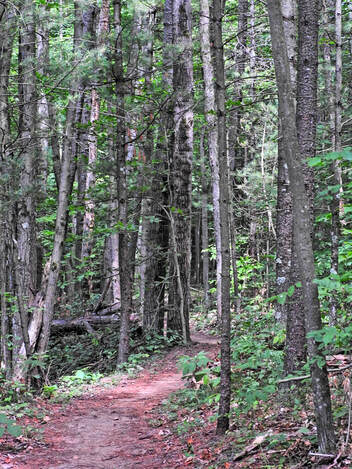 An inviting Michigan trail An inviting Michigan trail Mark your calendars! Next week is Michigan Trails Week, and whether you live in Michigan or not, it’s a fine time to get out for a stroll, a hike, a run, or a bike ride. 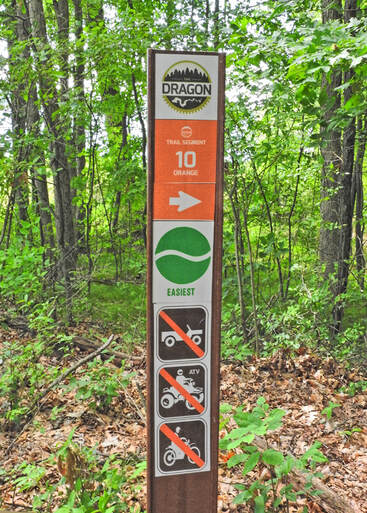 A recently-opened section of the Dragon Trail A recently-opened section of the Dragon Trail In a state with 13,000 miles of state-managed trails, thousands more miles of local, county, and federally managed trails, and more rail-trail miles than any other state in the nation, you might think the addition of one more trail would be no big deal. 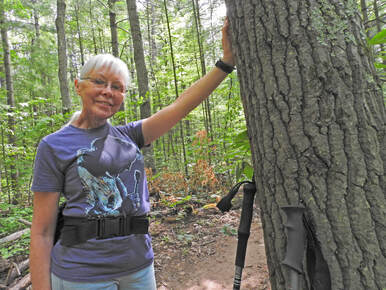 Happy hiker Happy hiker Not so in Newaygo and Mecosta Counties, where the opening of the first segments of the Dragon Trail is creating a buzz. Once complete, the 47-mile loop will encircle 4,000 acres of Hardy Pond, with thirteen scenic overviews. While some portions of the trail are specifically designed for mountain biking, others are wider, with longer sight lines more conducive to both hiking and biking. Ray and I tried out one of the recently-opened segments on a sunny day a few weeks ago. A number of other hikers and cyclists had the same idea, but we found it easy to maneuver around one another, even at social-distancing lengths. 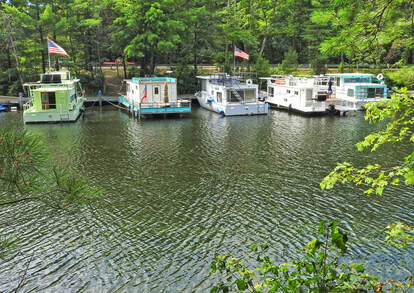 Houseboats at Hardy Dam marina Houseboats at Hardy Dam marina We hiked the section that runs south from Sandy Beach County Park to the Hardy Dam marina, an easy stretch for sauntering or stepping up the pace. 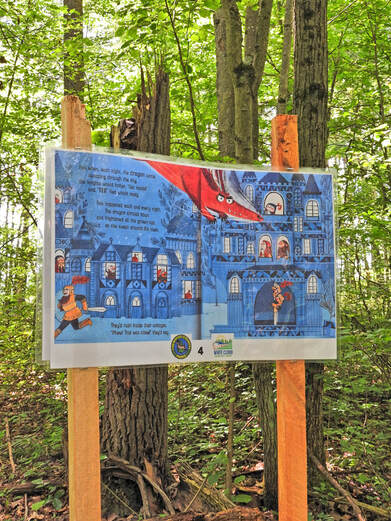 A story stop along the trail A story stop along the trail One delightful feature of that section of trail is a series of postings of laminated pages from a children’s book about a boy and a dragon, The Knight Who Said NO! by Lucy Rowland and Kate Hindley. With or without a youngster in tow, the story is a fun read, and the illustrations enchanting. Plus, if you need to catch your breath, you can always pretend to be stopping just to read the next installment.  It's a fine time for a woodland walk It's a fine time for a woodland walk In honor of Michigan Trails Week, the Department of Natural Resources is sponsoring a challenge. The goal is for Michiganders to collectively log 100,000 miles on state, local, county or federally managed nonmotorized trails between September 20 and 27. There’s no fee to participate, and participants will be entered into a drawing for outdoor gear and Michigan-branded prizes.  And you earn badges! I think they’re virtual, so you probably can’t sew them on your hiking vest, but you can still glory in the achievement. You earn the first badge simply by registering for the event and logging at least one mile. Then you get another badge each time you: Horseback ride for 5 miles Walk, run or hike for 5 miles Bike for 10 miles Paddle for 2 miles For more information on Michigan Trails Week and to sign up for the challenge, visit Michigan.gov/TrailsWeek.
The last installment of HeartWood—the story of a young writer’s devotion to his grandmother and her literary legacy—got me thinking about other stories of art and devotion, which took me back to a trip to Albuquerque three years ago. 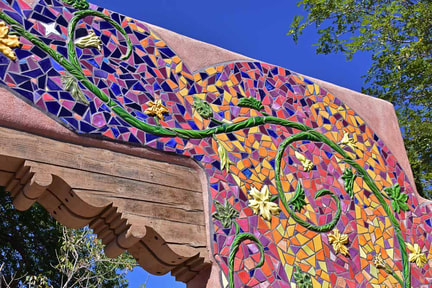 Mosaic in Albuquerque's Old Town Mosaic in Albuquerque's Old Town Albuquerque, nearby Santa Fe, and their surroundings are spilling over with creative people whose devotion to their art is evident. Painters, sculptors, mosaic artists, multi-media creators, jewelry designers—they're everywhere, and so are the fruits of their talents. 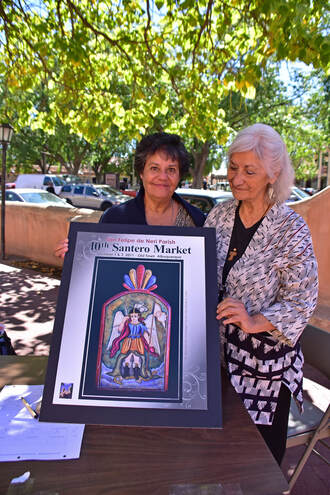 Promoting the Santero Market Promoting the Santero Market Evident, too, are signs of a different kind of devotion: works of art inspired by spirituality and religious faith. I learned about one type of this art from two women I chanced to meet on a Sunday morning in Albuquerque's Old Town. Felis Armijo and Ramona Garcia-Lovato were sitting at a table in front of San Felipe de Neri Church, signing up volunteers to help with the upcoming Santero Market. Santeros (and santeras) are artisans who craft religious icons called santos. Originally created for churches, these statuettes of saints, angels, Mary and Jesus, usually carved from wood and often decorated with home-made pigments, are now sold to tourists. 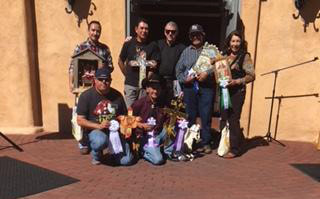 My conversation with Felis and Ramona rambled from topic to topic, touching not only on art, but also on writing, life stories, geography, and human nature. From their curiosity and warmth, it was clear these two women were dedicated not just to the event they were promoting and the parish to which they belonged, but also to connecting with other people—an art in itself. 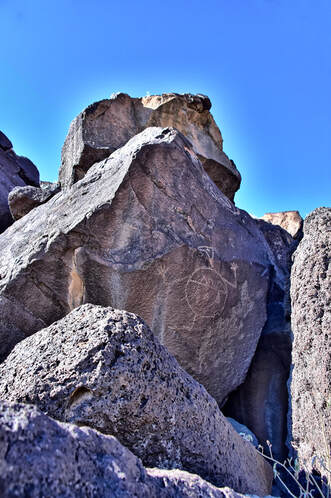 Petroglyph Petroglyph After our time in Old Town, Ray and I ventured out to Petroglyph National Monument, a short drive away. One of the largest petroglyph sites in North America, the monument features designs and symbols carved onto the surfaces of volcanic rocks by indigenous people and Spanish settlers 400 to 700 years ago. The site and its images still hold spiritual significance for the descendants of both groups of people. 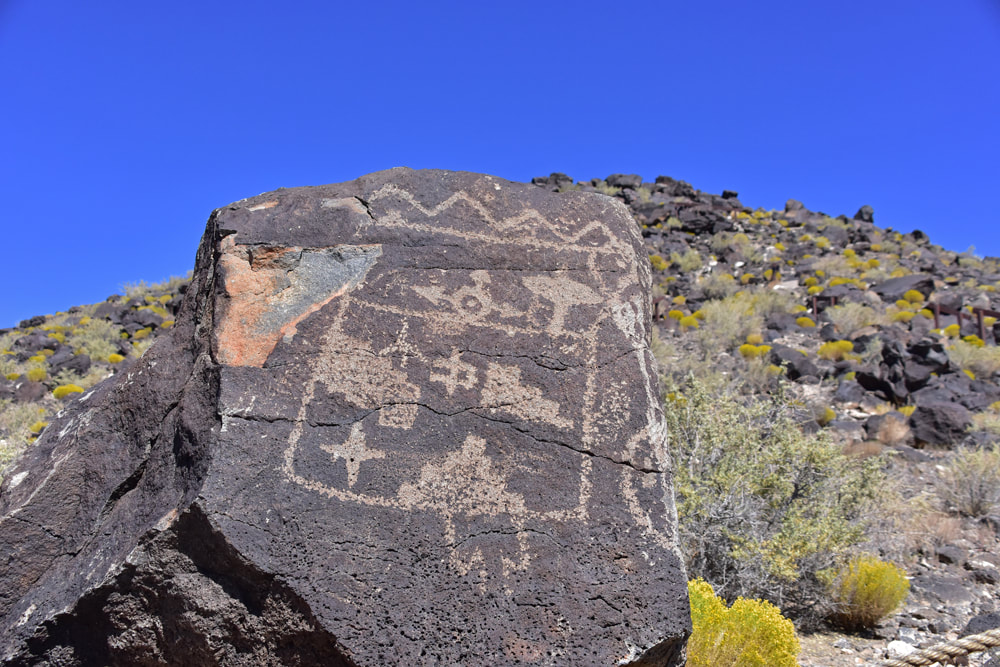 Significant symbols Significant symbols The meanings of some symbols have been lost over the centuries; others are known by a few indigenous groups, but it is considered culturally insensitive to reveal the meaning of an image to others. For me, it's enough to know that the symbols meant something to the people who created them and to ponder the combination of location and inspiration that gave rise to their work. 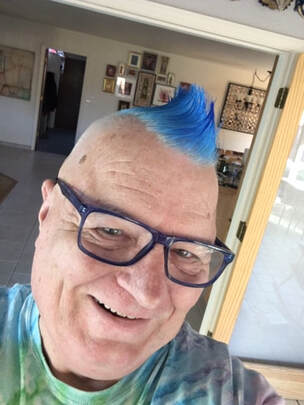 Larry Schulte Larry Schulte Not all works of devotion have religious significance. They also can be inspired by a more secular kind of admiration. Case in point: my friend Larry Schulte, an artist who now lives in Albuquerque, created his own "Saints" series, featuring mortals who have made a difference in his life. “I was raised in a fairly strict Roman Catholic home, and I left that faith many years ago—mostly because of their stance on gay people, that we were sinful,” Larry reflects. “These saints in some way replace the saints I learned about in my childhood . . . They are all loving, sharing people who have made my world a better place. We all need something to believe in. For me it is love, art/creating, and people, rather than any organized religion.” 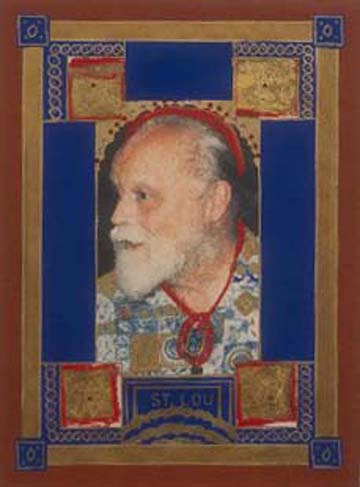 St. Lou St. Lou Some of the fifteen mixed media pieces, which Larry created at the Ragdale Foundation, an artist's colony north of Chicago, feature well-known figures—such as the innovative composer Lou Harrison and Harrison's life partner Bill Colvig, an instrument builder who collaborated with Harrison on gamelans and other percussion instruments. But they also include more personal choices: Larry’s undergraduate art instructors, St. Jack and St. Keith, for instance. “Jack was particularly influential in my pursuing art,” Larry recalls. 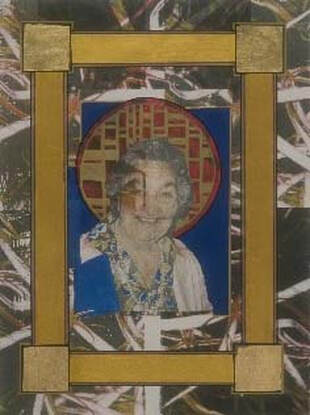 St. Elvira St. Elvira St. Elvira’s son Peter was Larry’s roommate and best friend during their days at the University of Kansas in the late 1970s to early 1980s. Elvira lived in New Jersey but had visited Peter and Larry in Kansas. “After I moved to New York City, she included me in holiday family gatherings when I wasn't able to get back to my own family in Nebraska. She adopted me as another son.” 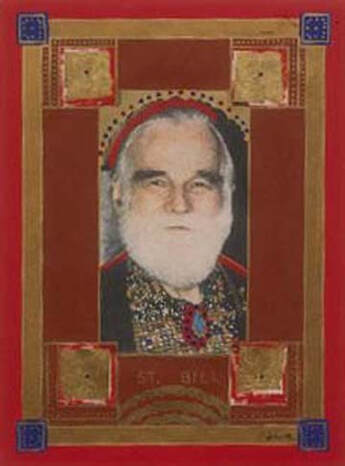 St. Bill St. Bill In 2016, Larry and his partner Alan Zimmerman, a percussionist, traveled to San Francisco for a concert of Harrison's music to celebrate what would have been his 100th birthday. Two of Larry's art works (St. Lou and St. Bill) were exhibited at the concert, which was sponsored by the non-profit organization Other Minds.
 What's your favorite cabin fever cure? For us, believe it or not, there's nothing quite like a mid-winter car show. The bright lights and shiny surfaces seem to work wonders for our spirits. For decades, it was the North American International Auto Show in Detroit that gave us a lift every January. Starting this year, however, the Detroit show will take place in June, not January. Fortunately, there's still the Michigan International Auto Show in Grand Rapids. So this January, we gave that a go. If you're not a auto buff, you may wonder what could be so interesting about wandering through aisle after aisle of cars and trucks. Well, it all depends on your perspective. Being a car guy through and through, Ray focuses on the technical aspects: horsepower, miles-per-gallon, that kind of stuff. I, on the other hand, am fascinated with the play of light on fenders, the shapes of headlights and taillights, the wardrobes of the spokespeople, and so on. I can entertain myself for hours taking photos from various angles and vantage points. After going through my photos from the Grand Rapids show, I decided to look back at all my auto images--from car shows, museums, and roadsides--and share with you some of my favorites. As you'll see, rust and ruined paint catch my eye as much as polished chrome, and often it's the details that draw me in. Do you find beauty in unexpected places? Share what you find, using the mail icon at the top of the page, and I'll post it in an upcoming blog.
Summer came, and summer went, and just after Labor Day, Ray and I looked at each other and said, "Hey, we forgot to take a vacation." Well, we didn't exactly forget. We just, you know, had stuff to do. So much stuff we thought, Get away? Oh, we couldn't possibly! But have you noticed? Whenever you find yourself thinking, I couldn't possibly, that's exactly when you really, really need to. So in spite of to-do lists, appointments, and other obligations, we found a stretch of blank spaces on our calendars, booked a campsite at Tahquamenon Falls State Park in Michigan's Upper Peninsula, packed up the RV, and headed north. For six days, we hiked on wooded trails, cooked on the grill, took photos, read books, and drank Alaskan Amber by the campfire. Wait, you're saying, aren't those all things you can do at home in Newaygo? Right you are. We can do all those things at home, and often do. The difference was, for those six days in the U.P., there was nothing else to do. No phone, no internet, no domestic duties, no book launch details to attend to. Plus, views of rushing rapids and cascading waterfalls. As a result, we truly relaxed for the first time in months, so deeply we couldn't even remember what we'd be obsessing about if we weren't too relaxed to obsess. Of course, once we were back home, it took about a millisecond for realities and responsibilities to assert themselves. But somehow, even two weeks later, some of that getaway serenity has stayed with me. I'm back in to-do mode, but with a mellower mindset. And when I start to drift back into frenzy, all I have to do is look at photos from the trip to reset my calm-down button. Care to join me? Outside my window, the maples are beginning to blush. Soon, the whole woods will be bright with scarlet, gold, russet, and burgundy. In such a dazzling display, it's easy to lose sight of the individual colors.
Life can be like that, too. With so much going on in the real and virtual worlds, not to mention our own imaginations, it's sometimes hard to narrow our focus. Yet often that's exactly what we need to do to feel calm and grounded and to nurture our creativity. I recently came across an intriguing exercise that reminded me of the benefits of concentrating on one thing at a time. In her Writing and Wellness newsletter, author Colleen M. Story wrote about boosting creativity with color walks. You pick a color before heading out on a walk and then let that color lead you as you search for objects of that hue. Colleen's article goes into more detail, with tips on how to get the most from the practice. I'll let you read that on your own, because I'm eager to show you what I found on my color walk. On the summer day I chose for my walk, everything was green, so as a challenge to my powers of observation, I picked yellow. I was surprised how many yellow things I found and how paying attention to them helped me see my familiar environment in a whole new way. I hope you'll try a color walk, too, and tell me how it goes. You know that old Bob Seger song, “Roll Me Away”? It’s been running through my mind lately. Only this time, I’m not the one rolling away. My dearly beloved motorcycle rolled out of our driveway for the last time a few weeks ago, destined for a new owner’s garage. 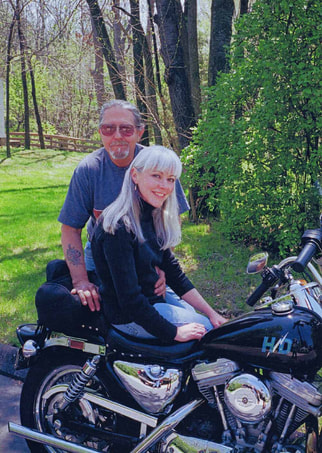 Being bike-less is a first for us Being bike-less is a first for us Now, for the first time in our twenty-seven years together, Ray and I have no motorcycles, as he recently traded his last two in on a side-by-side quad. It’s a strange feeling, a little sad and yet absolutely right. In the seven years since we moved to Newaygo County, I’ve gotten so involved in other activities—yoga, hiking, kayaking, photography, plus this blog and the book project I’m absorbed in right now—there just hasn’t been time for the long motorcycle rides I used to enjoy so much. But there’s more to it than that. Lately, being out on the road, even in a car, has started to feel a lot more hazardous. I don’t know if it’s my age, the increasing number of distracted and aggressive drivers, or both, but I can’t tell you how many times I’ve had an experience on the road in recent years that left me thinking, “Thank goodness I wasn’t on a motorcycle!" So I put the motorcycle up for sale, and before I had time for second thoughts, a young man was pulling into our driveway with a motorcycle trailer and a wad of cash. This would be his first motorcycle, he said, and seeing his excitement brought me joy. For good measure, I threw in saddlebags and a heap of other accessories and sent him and the bike off with my blessings. Now, my motorcycle days are memories. But what memories! 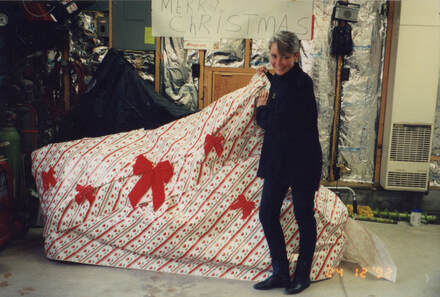 Ever wonder what a gift-wrapped motorcycle looks like? This. Ever wonder what a gift-wrapped motorcycle looks like? This. It all started when Ray gave me my first bike—a Harley-Davidson 883 Sportster—the first Christmas we were together. (So much for that $100 gift limit we’d agreed upon.) I had yet to learn to ride, but riding had been high on my hope-to-do-list for a long time. So I signed up for a Motorcycle Safety Foundation Basic RiderCourse at a local community college the following spring, practiced in parking lots until I got up to speed, and then took to the road. Together, Ray and I took motorcycle trips to Milwaukee, South Dakota, Oklahoma, and around the perimeter of Michigan’s mitten. I rode to work in Ann Arbor, and took long, meandering rides all over Southeast Michigan. When I outgrew the 883, which Ray had customized for me, I sold it and moved up to a 1200 Sportster. With custom paint and Ray’s touches, it became my dream bike—just the right size and weight, with forward controls, a comfy seat, a stylish Sport Bob tank, spoked wheels, fringed lever covers, and other cool details. At one point, I joined a women’s motorcycle group, the Chrome Divas of Motown, and though I’d always preferred riding solo or with Ray, I came to enjoy the camaraderie of our group rides and social activities. When my “bonus daughter” Michelle (Ray’s daughter) joined the Chrome Divas, riding together gave us new common ground. Riding gave Ray and me a lot of shared experiences, too, and it certainly made gift shopping easy. There was always one more bike accessory or piece of riding gear to be bought. One Valentine’s Day, Ray heard a jewelry store ad on the radio: “This Valentine’s Day, buy your sweetheart something shiny.” So naturally, he headed to the Harley dealer and brought home the perfect gift for his sweetheart: a chrome tachometer cover. We covered a lot of asphalt over the years, and every memory of every ride—even a couple that resulted in broken bones—is a treasure. Now, it’s on to new dreams. That wad of cash I got for the bike? It’s going into my fund for a trip back to Samoa. But before we take off on that journey, come with me on a trip back through my motorcycle memories. Ready? Cue up Bob Seger, roll on the throttle, and let’s ride! In this week’s blog, you’ll meet Mark Andrews, one of my favorite West Michigan photographers. Born and raised in Newaygo County, Mark got the travel bug early in life on trips with his family. He went on to work in the travel industry, for airlines and tour companies, including a stint in Barbados. “I started with photography in the 80s with an old film camera and fell in love with taking pictures,” says Mark. “I worked for Kodak in the early 2000s as a sales rep selling digital cameras and had some training over the years with them. Most of what I’ve learned has been over the internet and practice, practice . . . ” Mark is especially fond of photographing places that evoke a sense of the past – Cuba and old Route 66, for example. 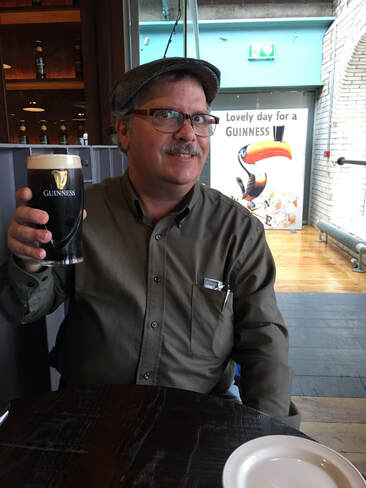 In addition, he has visited and photographed Iceland, Ireland, Scotland, Greece, Turkey, China, Russia, Philippines, Mexico, much of old Route 66, Hawaii, and National Parks including Grand Tetons, Yellowstone, Yosemite, Arches, Grand Canyon, Zion, Great Smoky Mountains, Canyon Lands, and Monument Valley. Where hasn’t he been, you might ask. Well, still on his list are the Amazon, Ecuador, Israel, Italy, Spain, Lisbon, “and a whole lot more.” In this post, Mark shares tips for taking better travel photographs, as well as advice on finding travel deals to your dream destinations. Tips for Taking Better Travel Photos |
Written from the heart,
from the heart of the woods Read the introduction to HeartWood here.
Available now!Author
Nan Sanders Pokerwinski, a former journalist, writes memoir and personal essays, makes collages and likes to play outside. She lives in West Michigan with her husband, Ray. Archives
April 2022
Categories
All
|

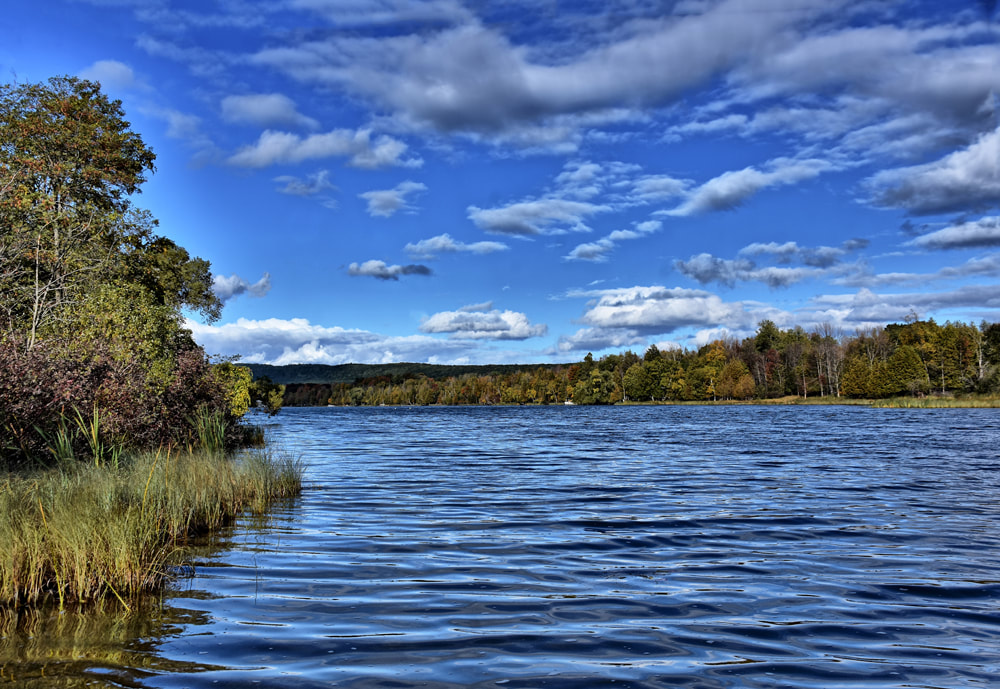
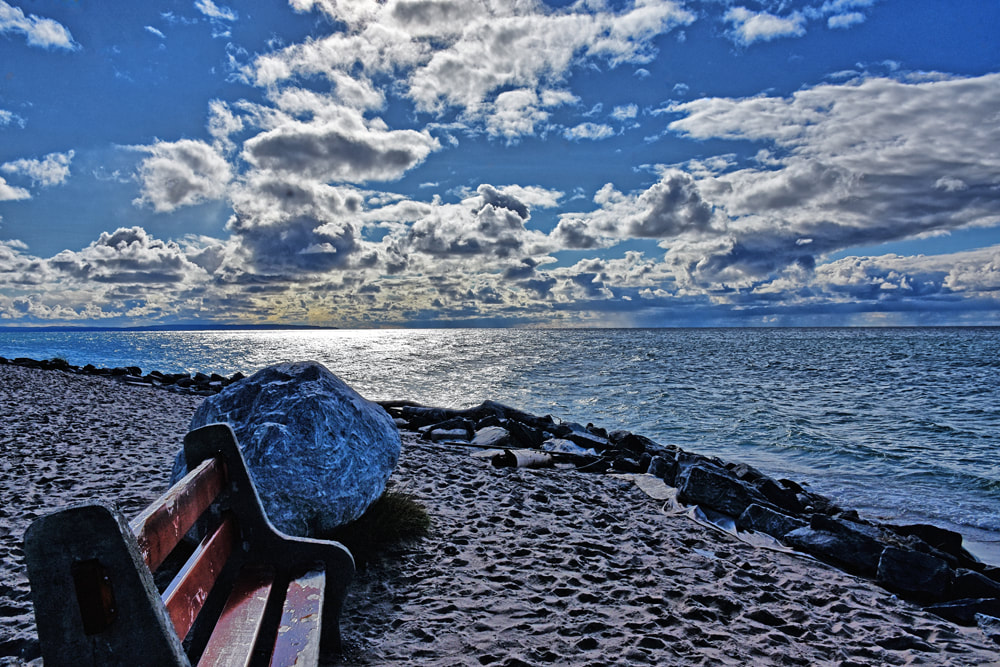
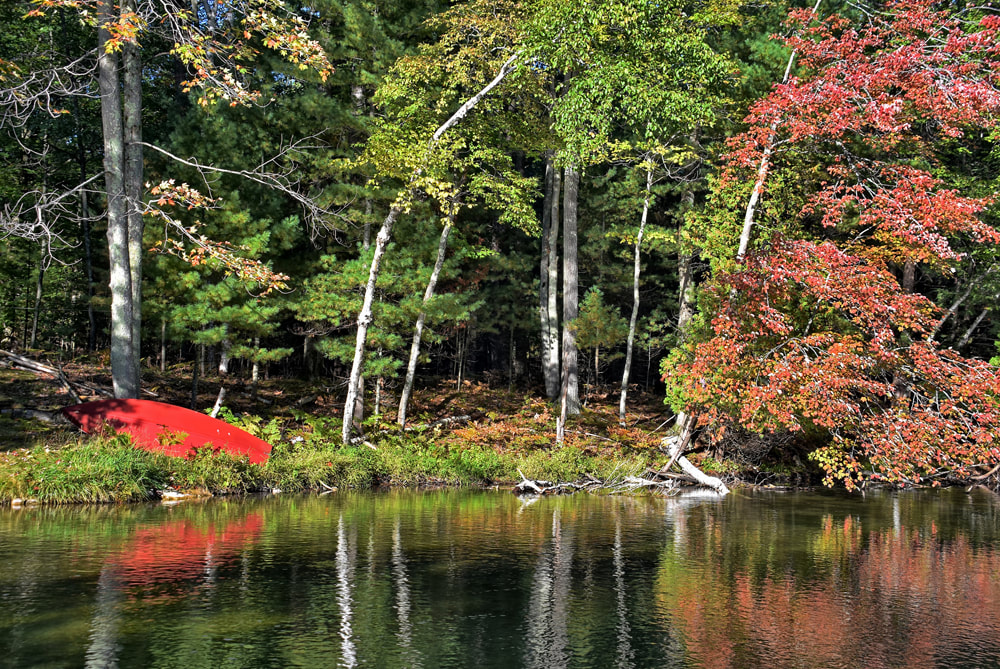
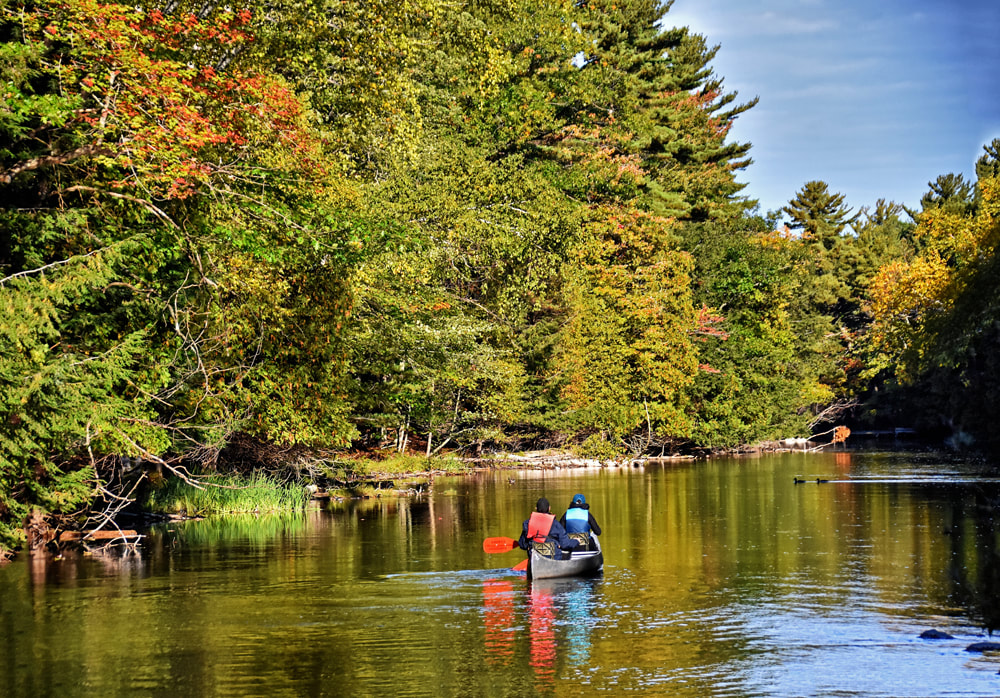
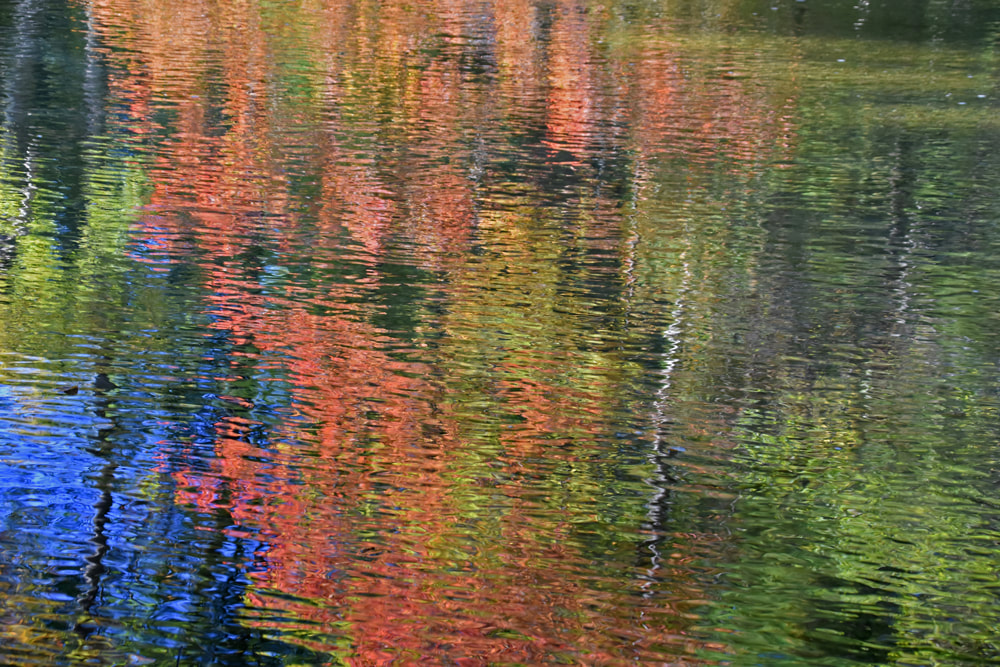

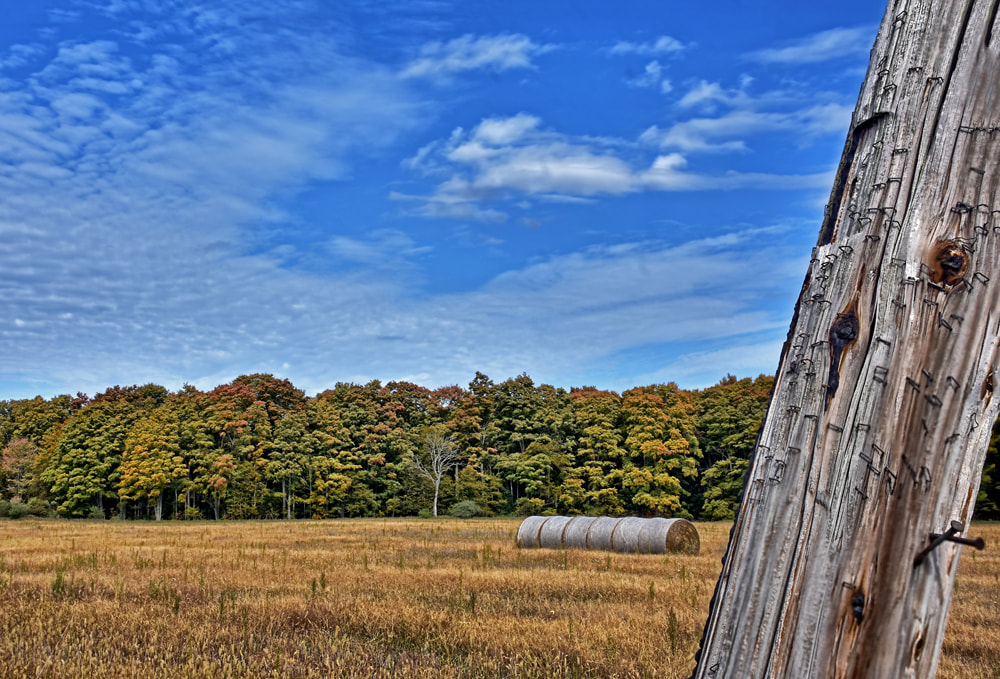
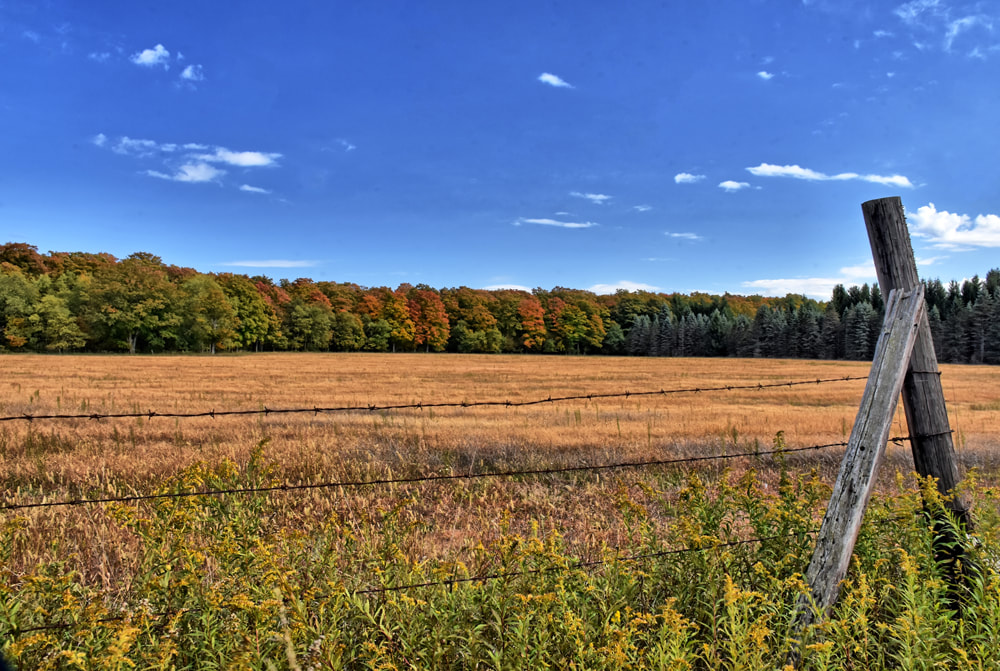
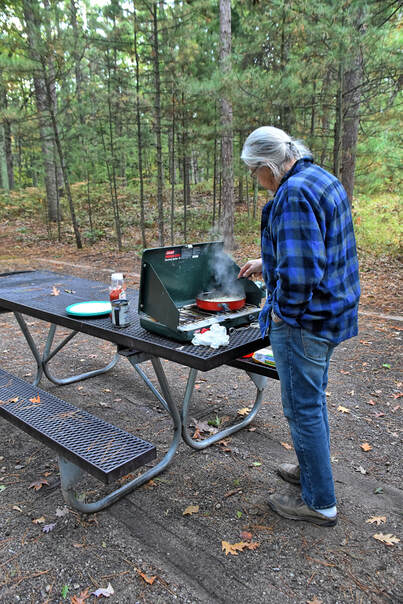
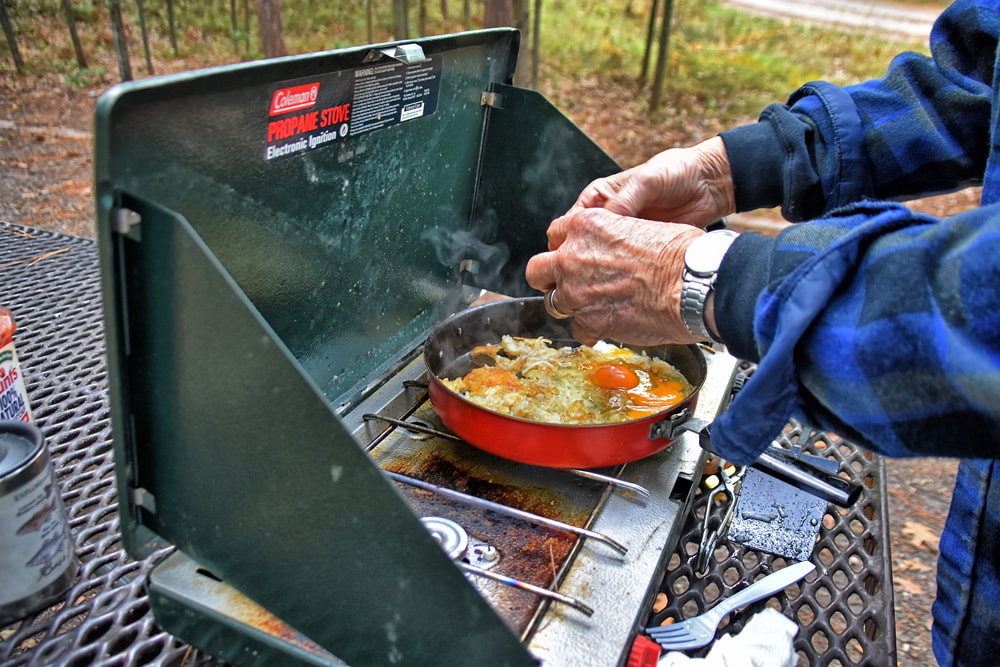
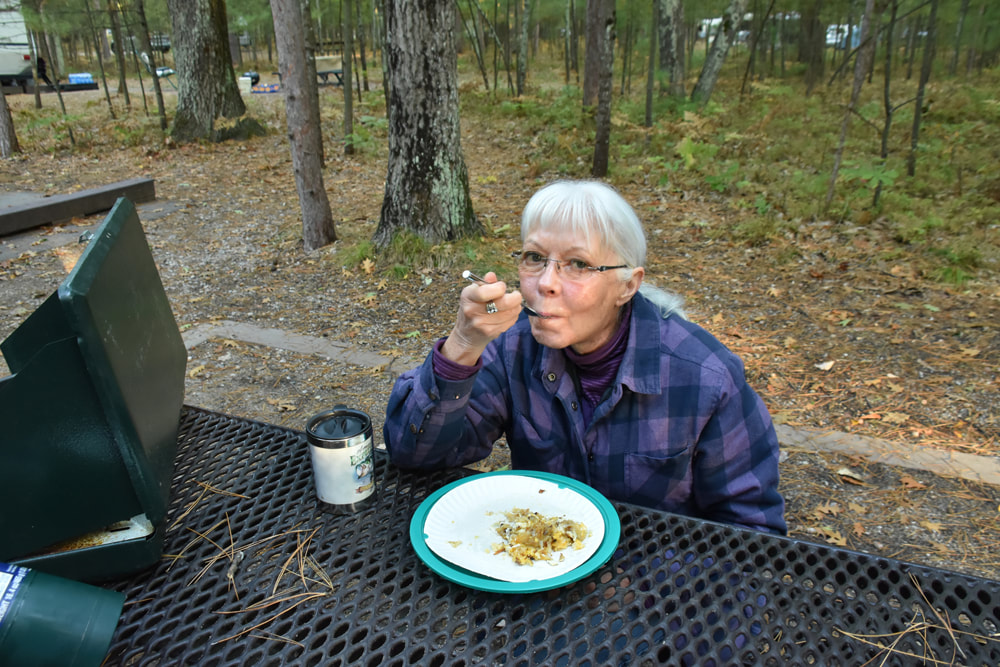
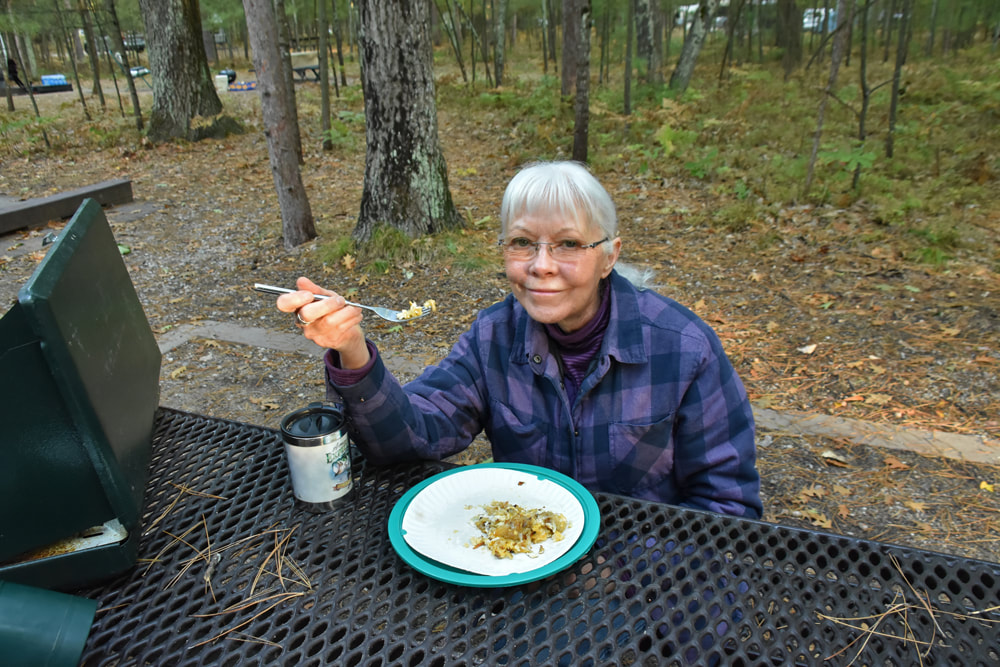
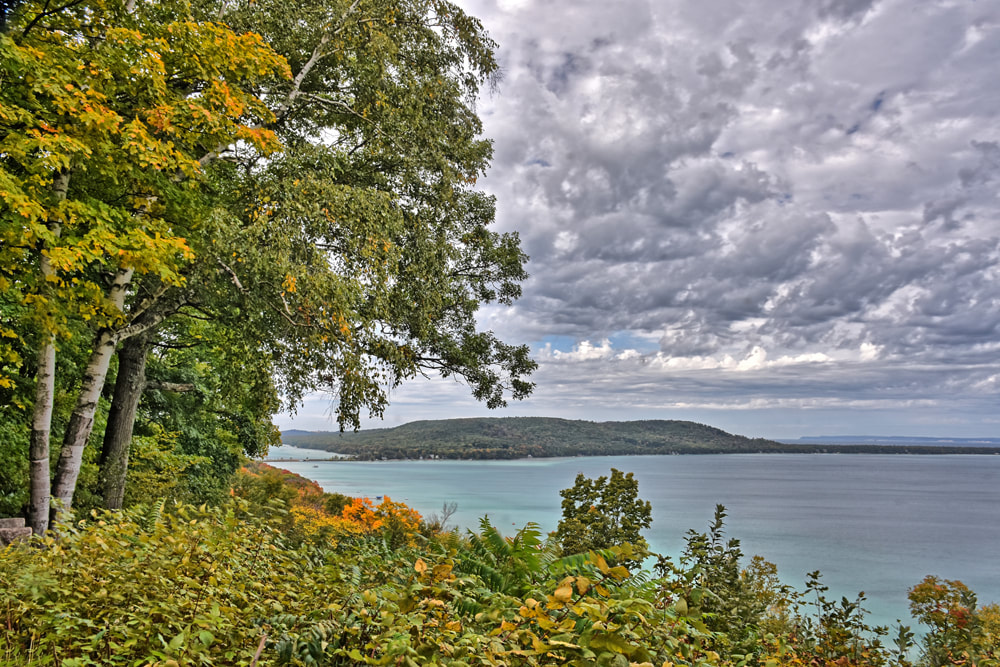
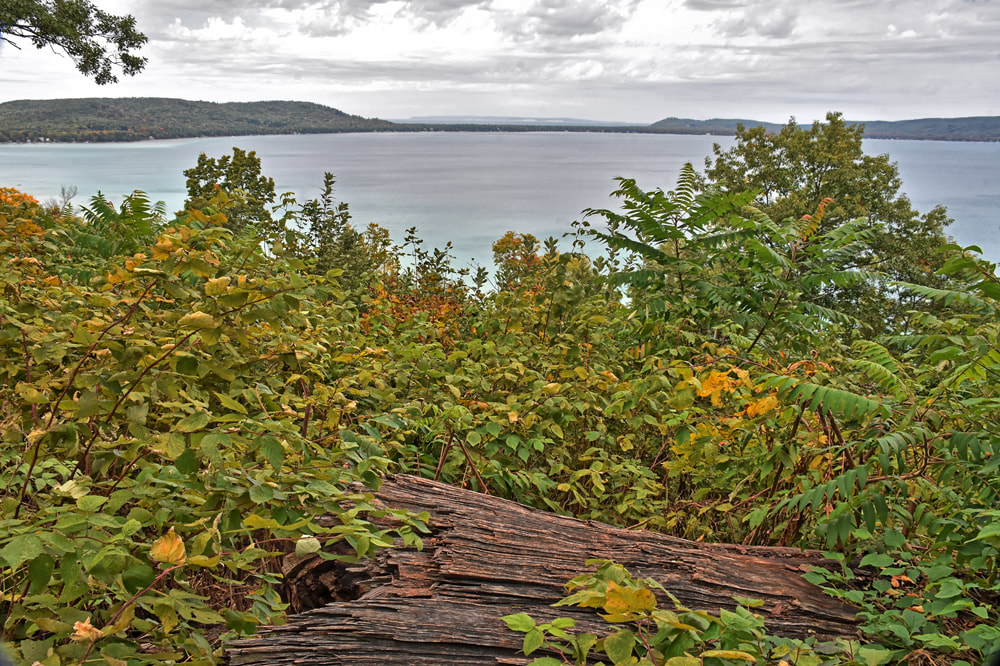
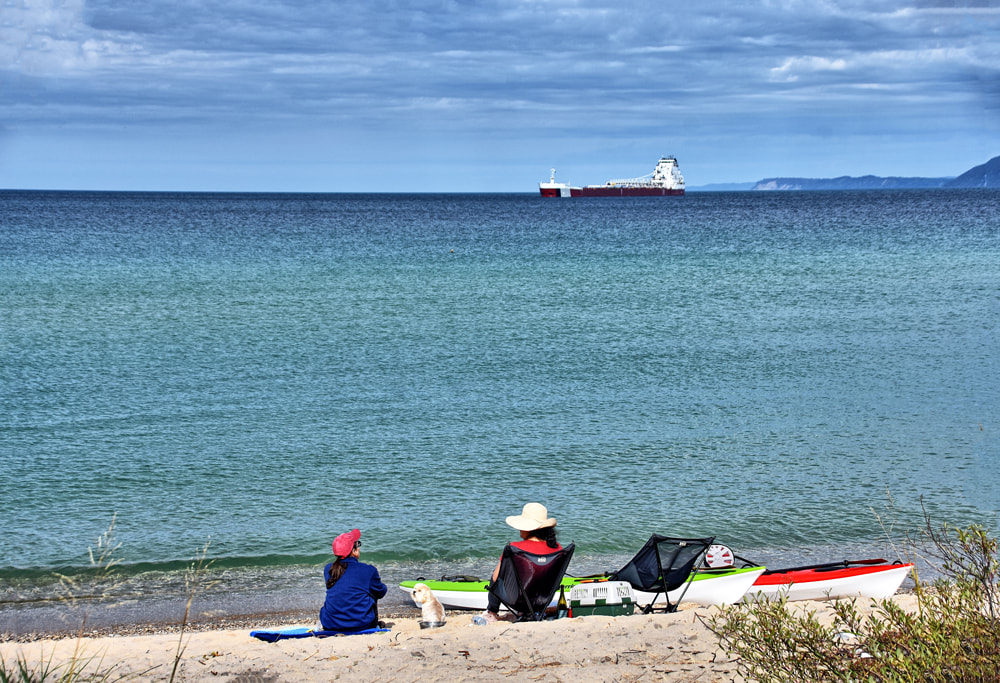
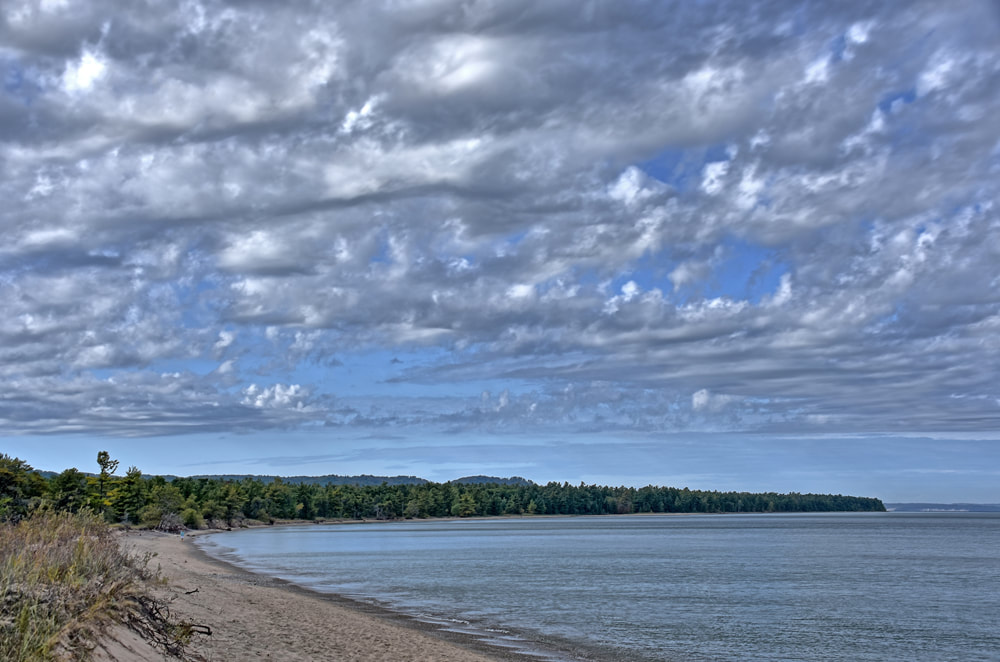
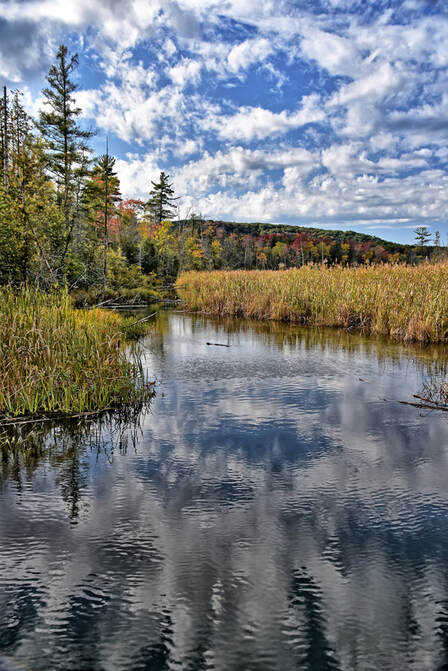
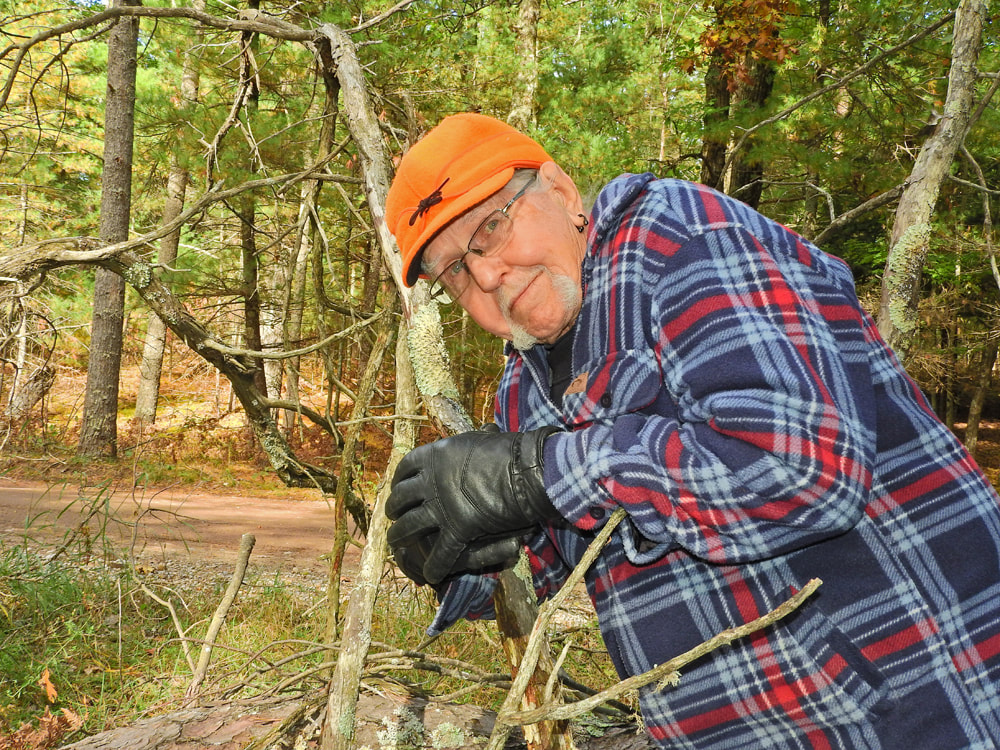
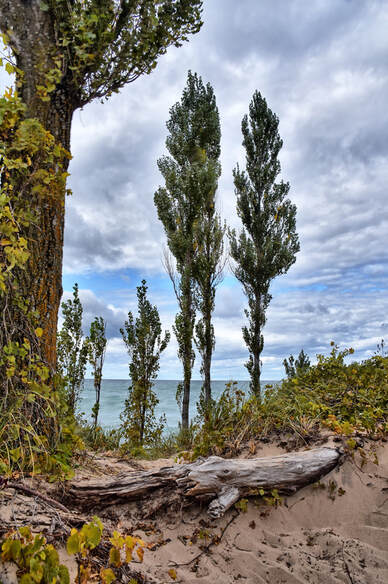
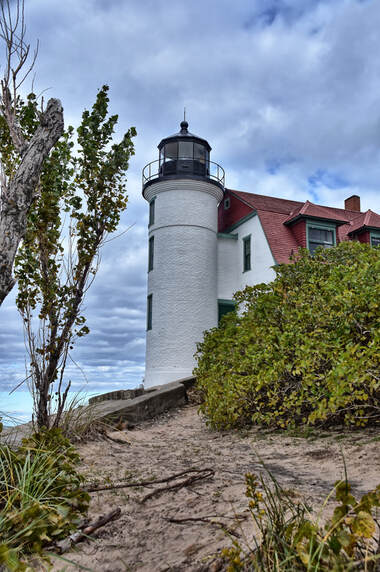
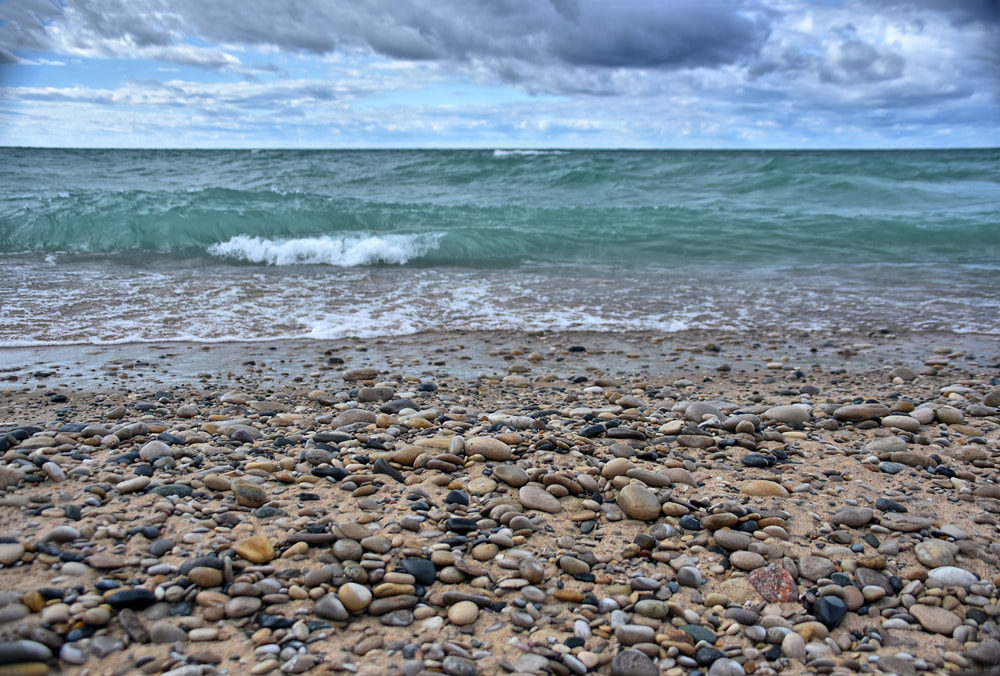
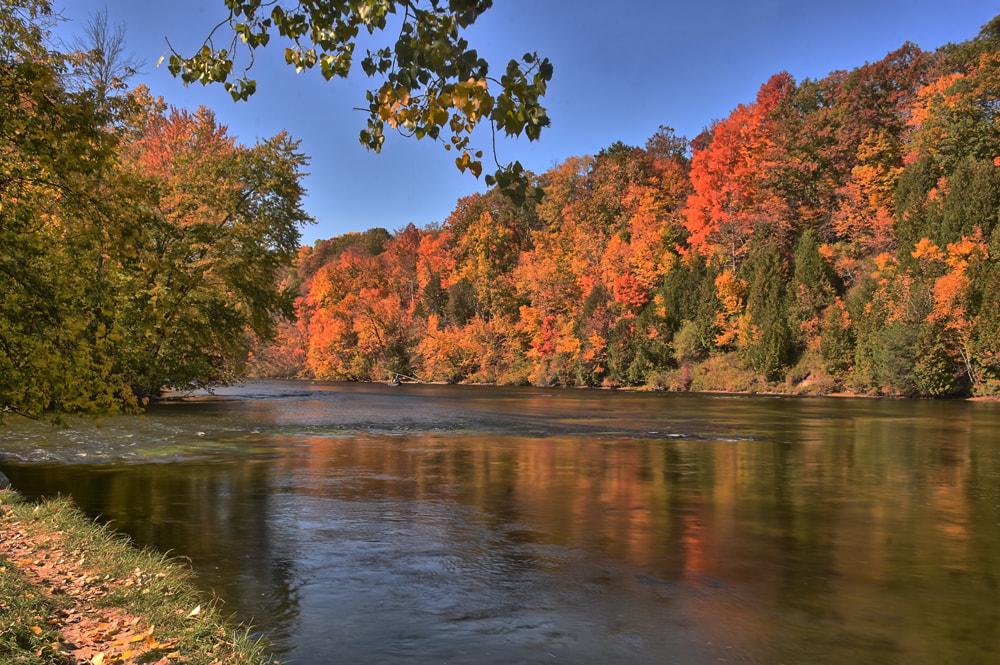
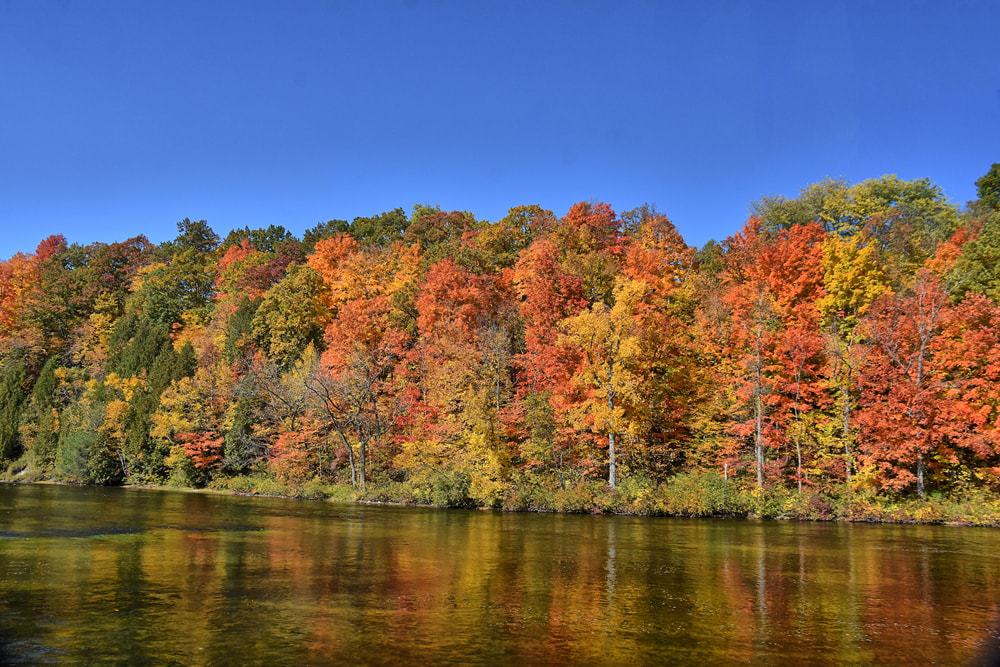
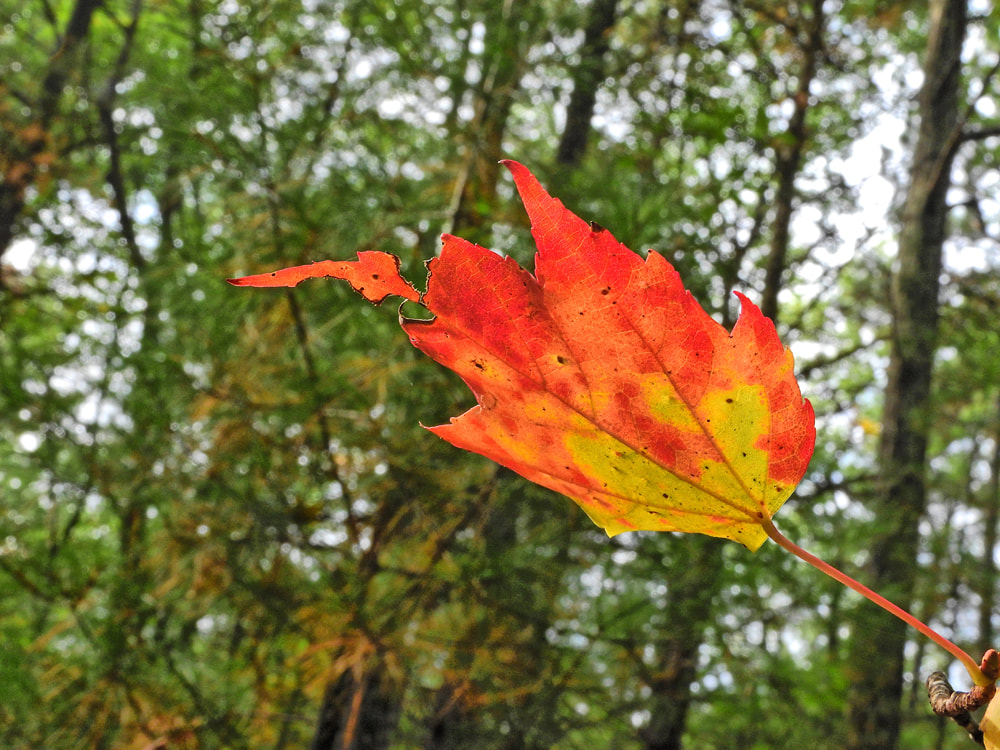
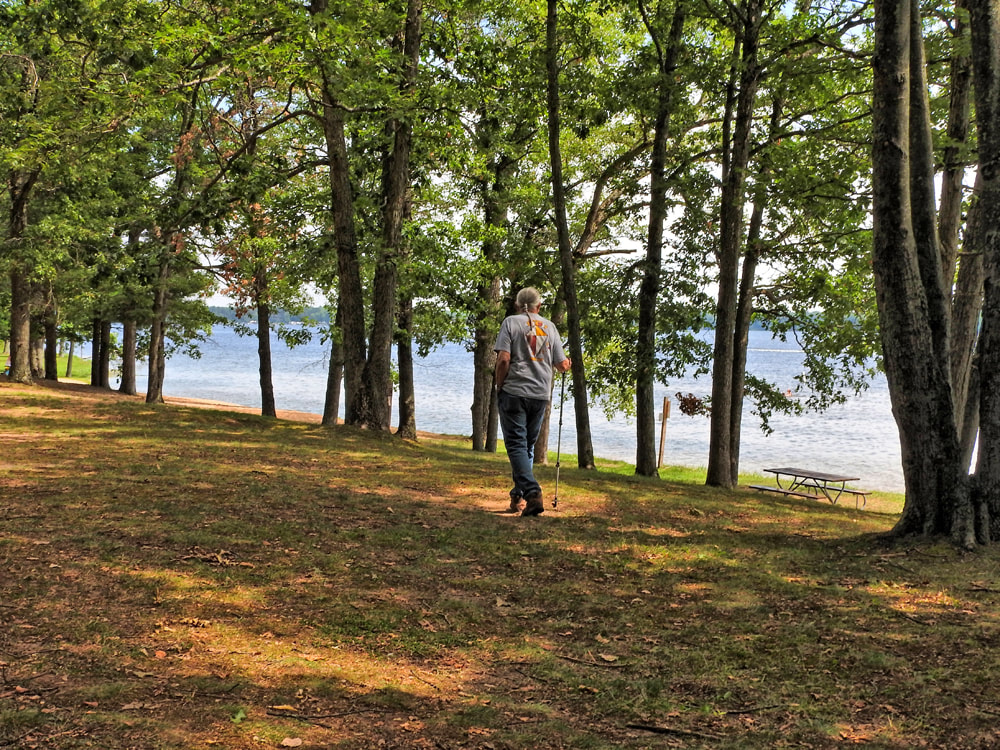
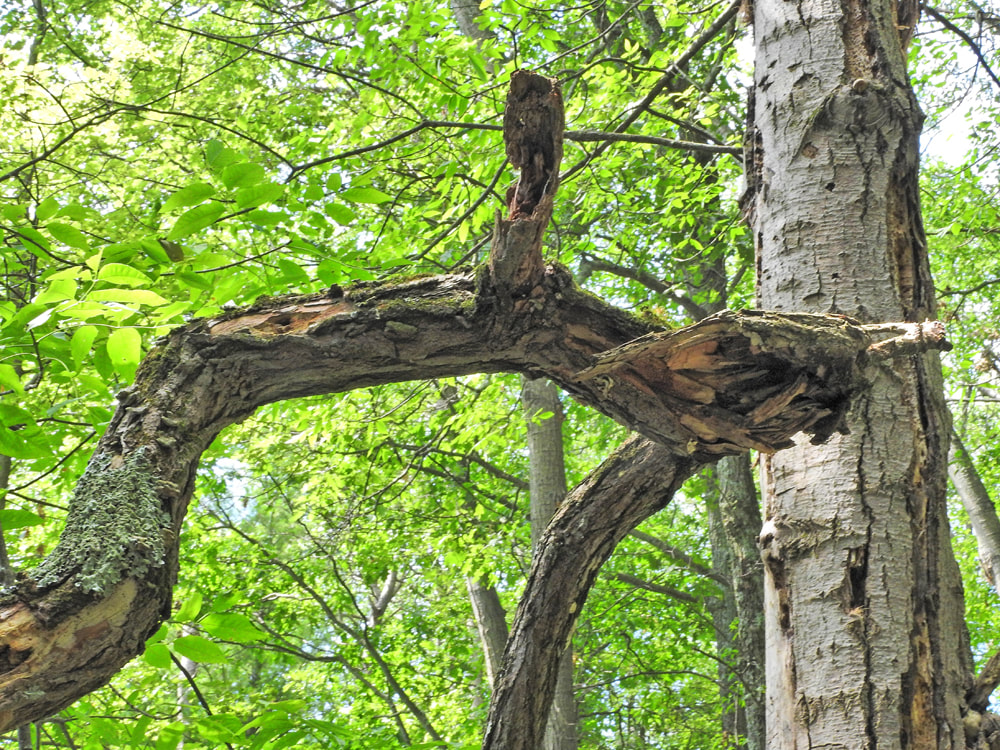
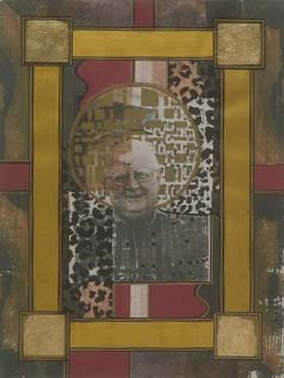
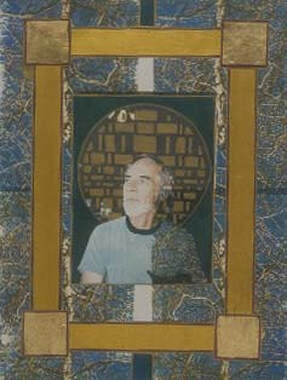

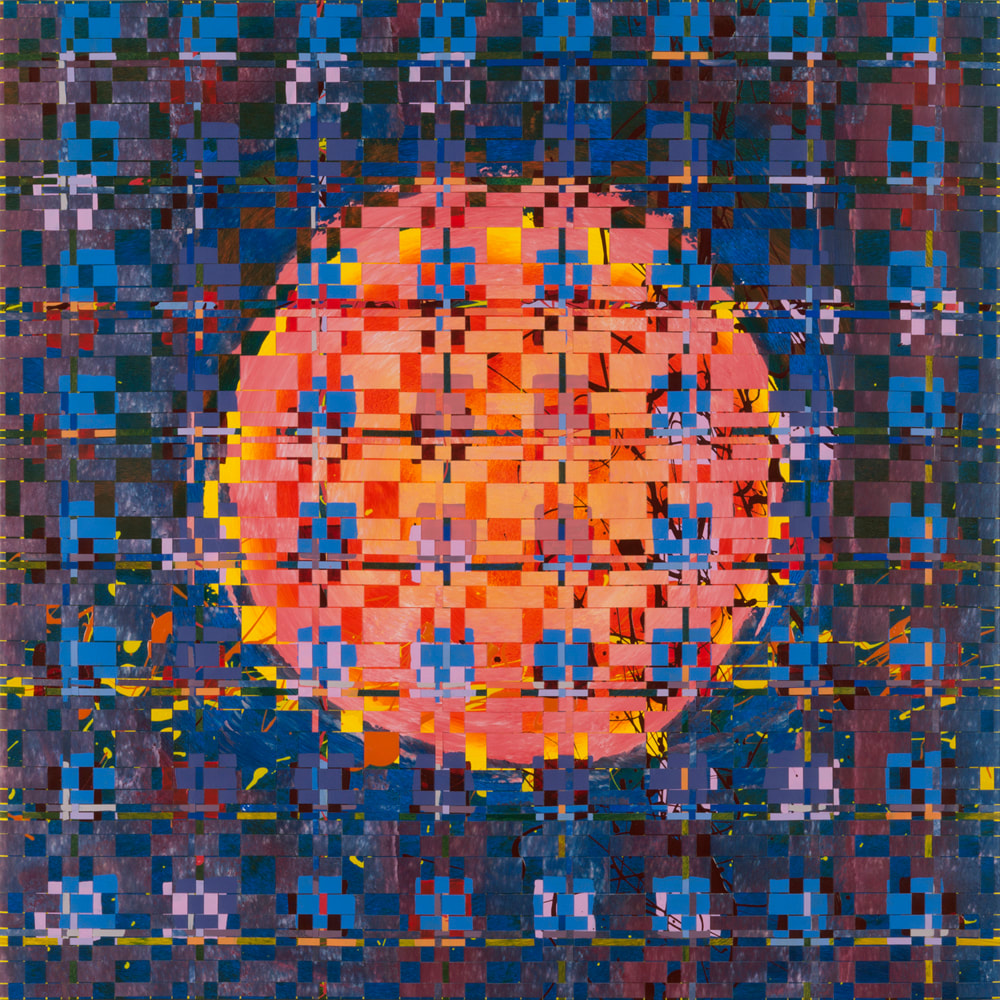
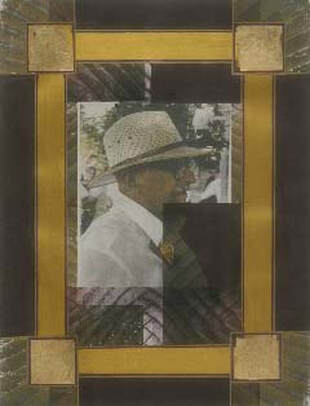
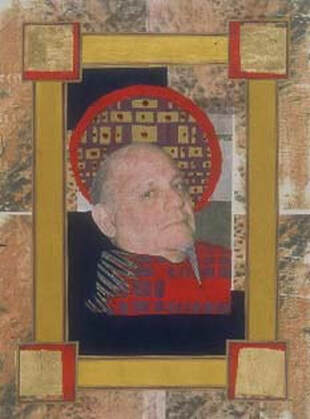

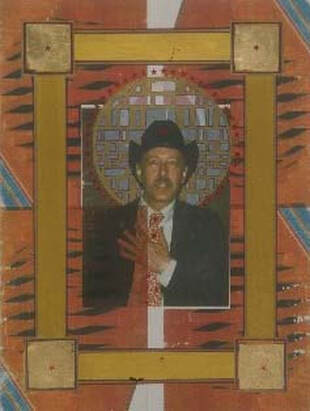

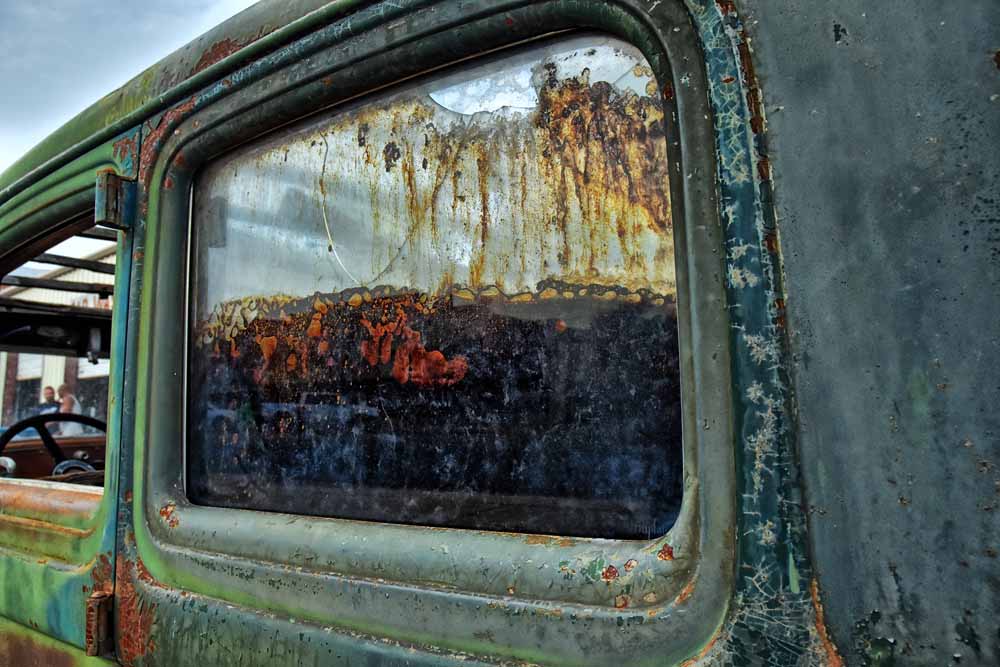

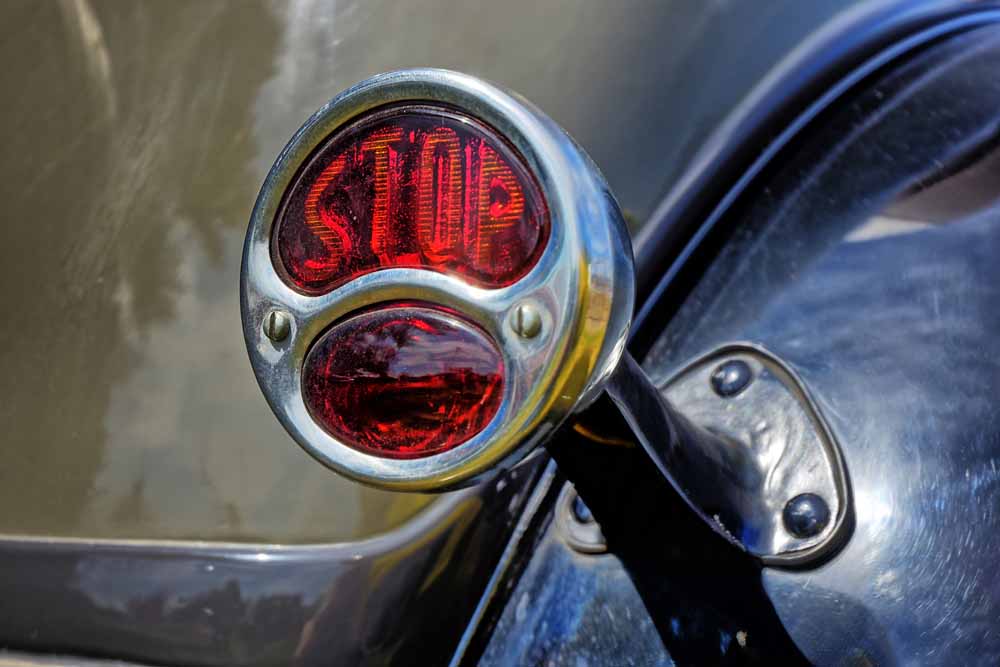

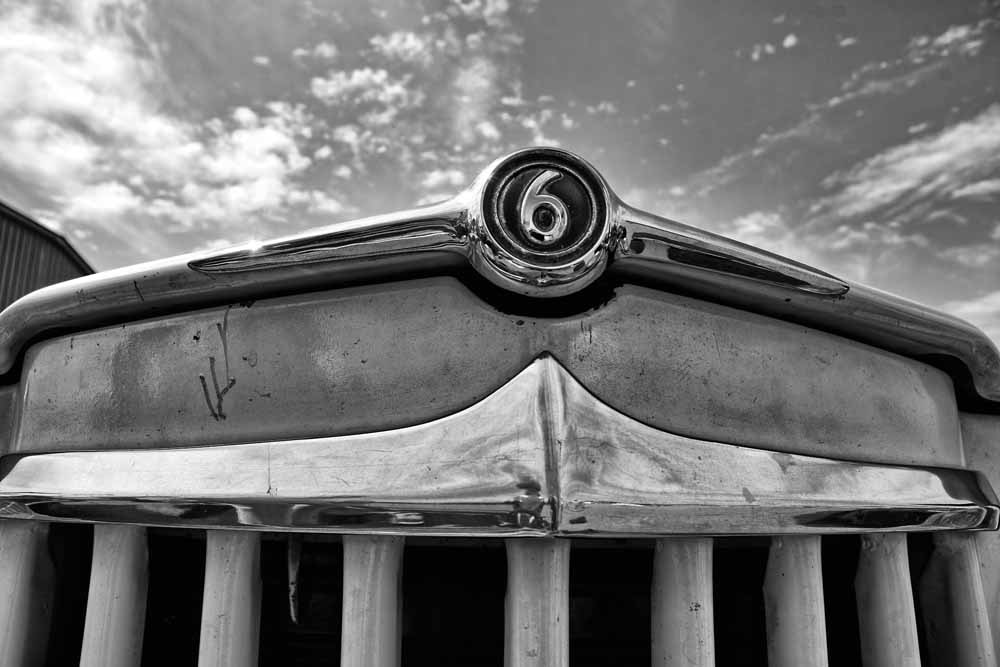

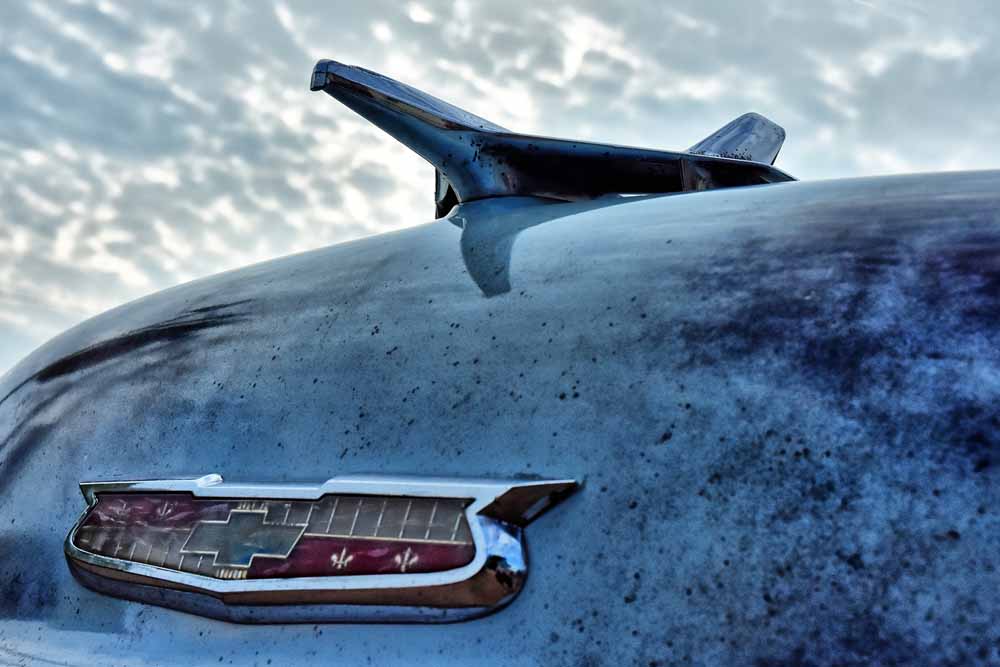
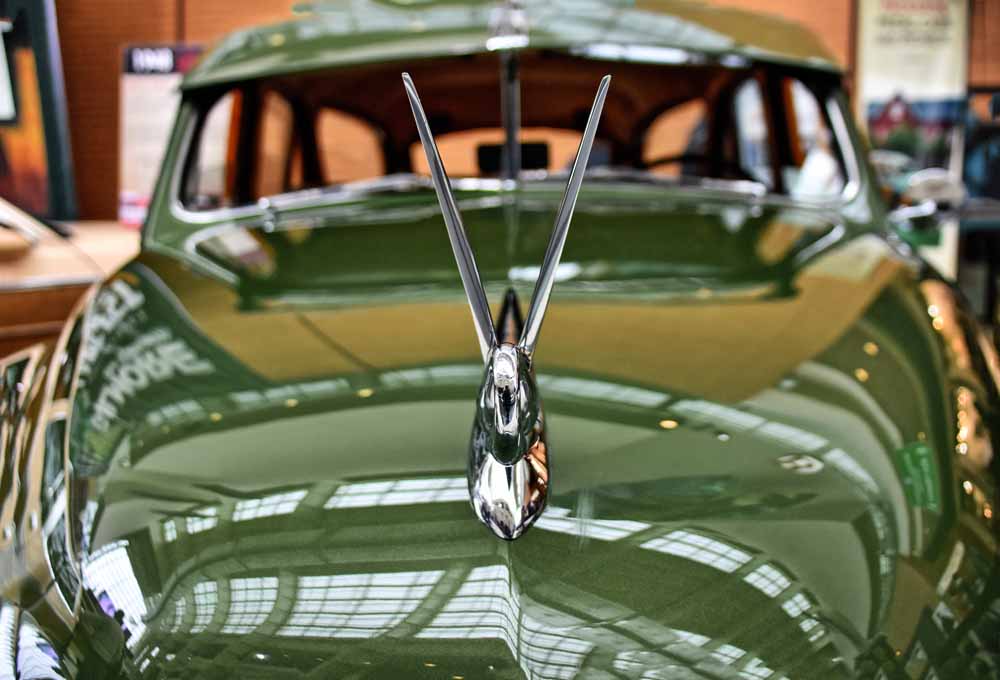
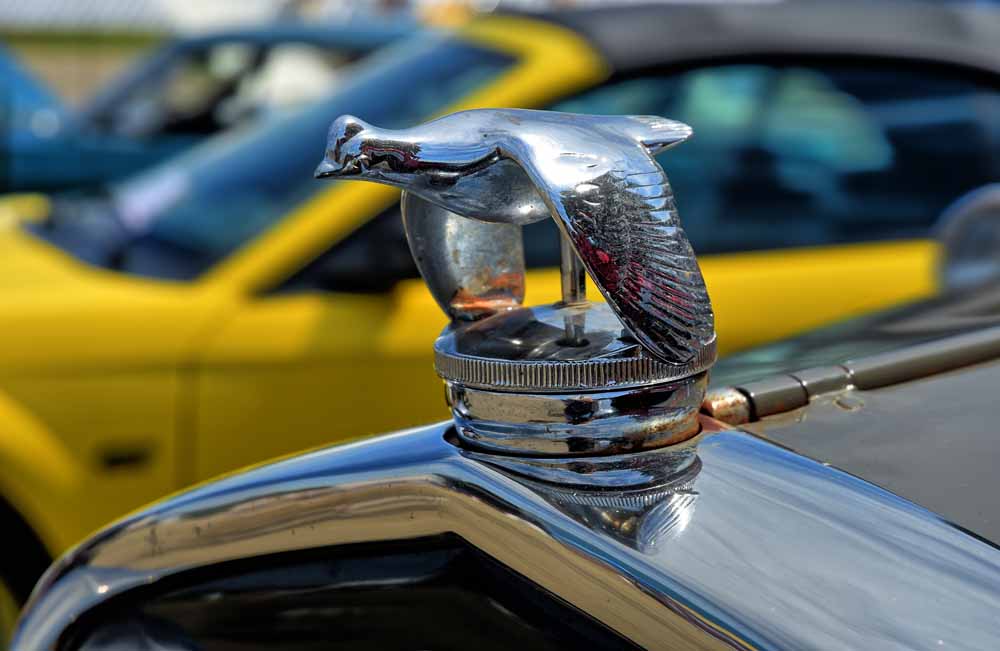

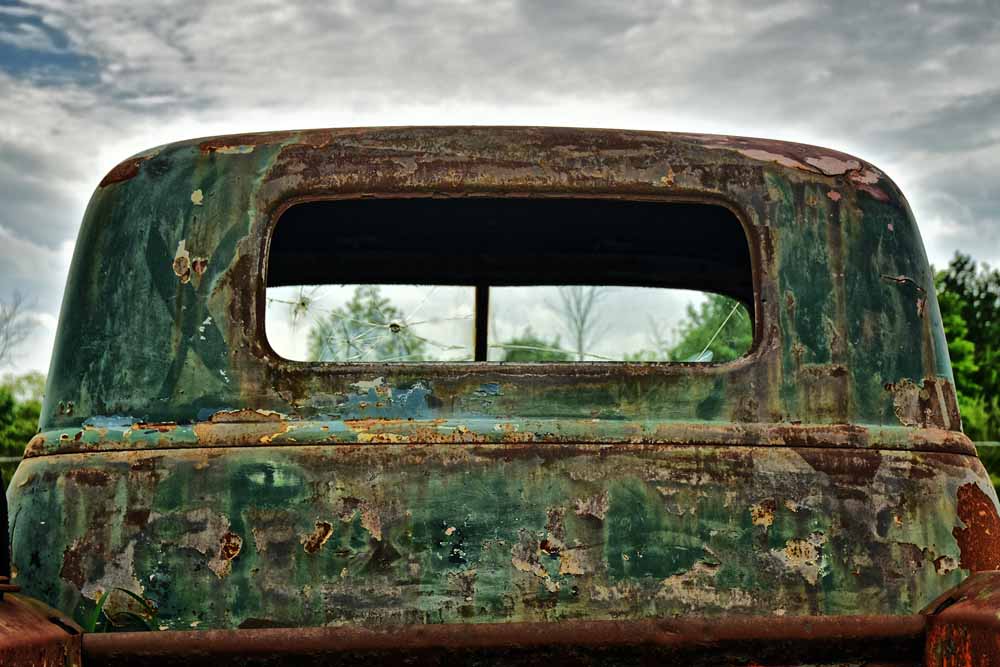

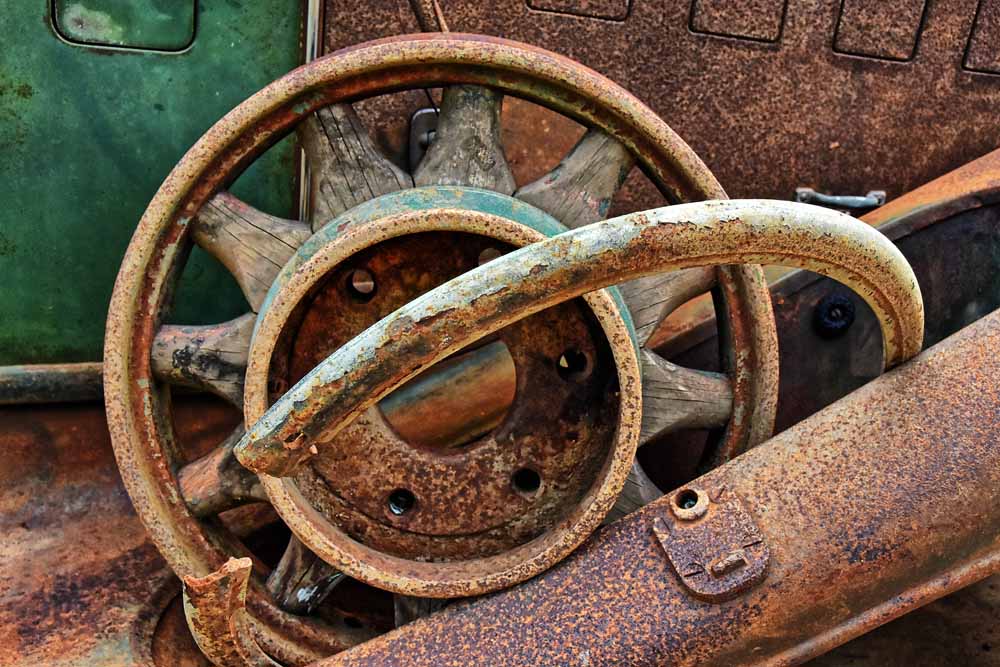
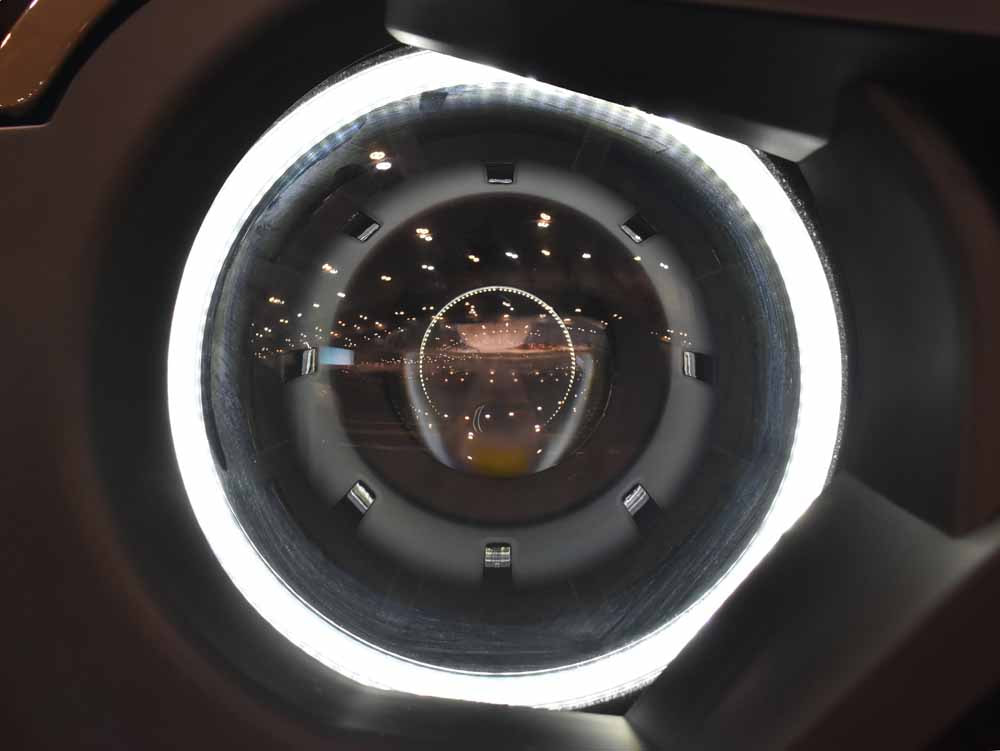
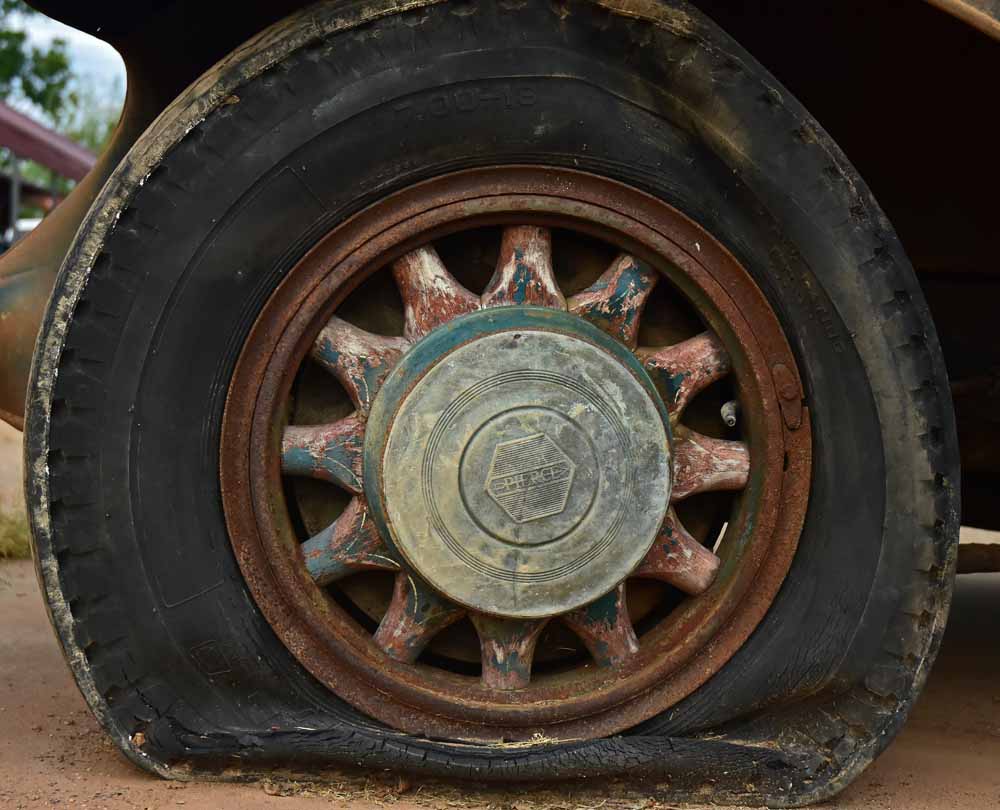
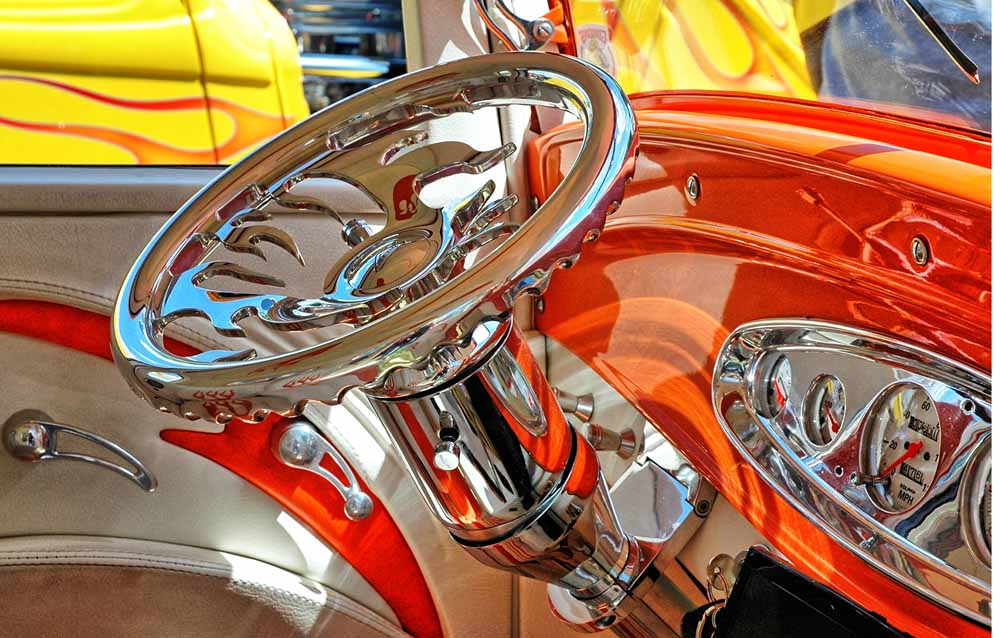
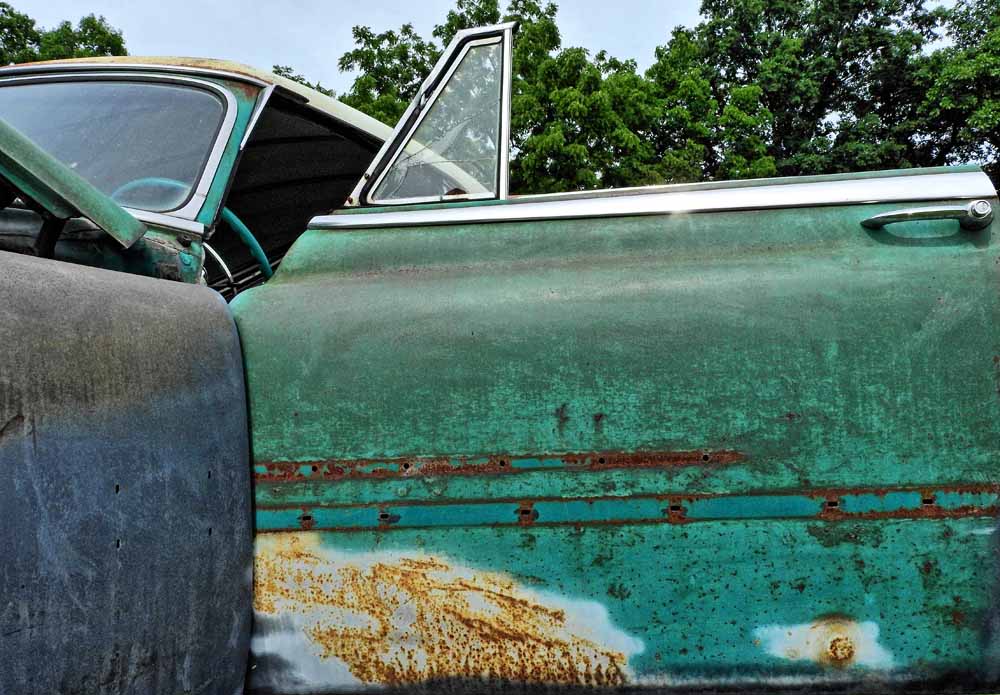
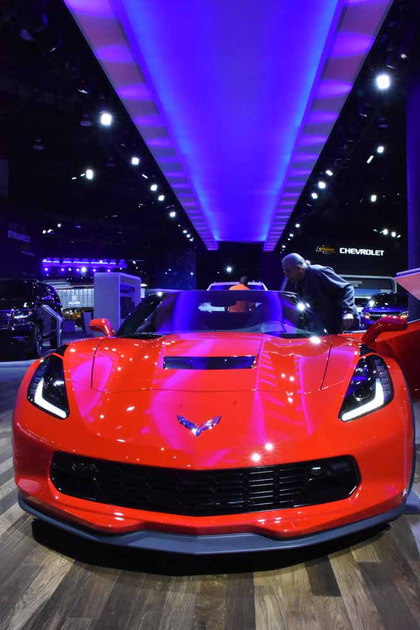

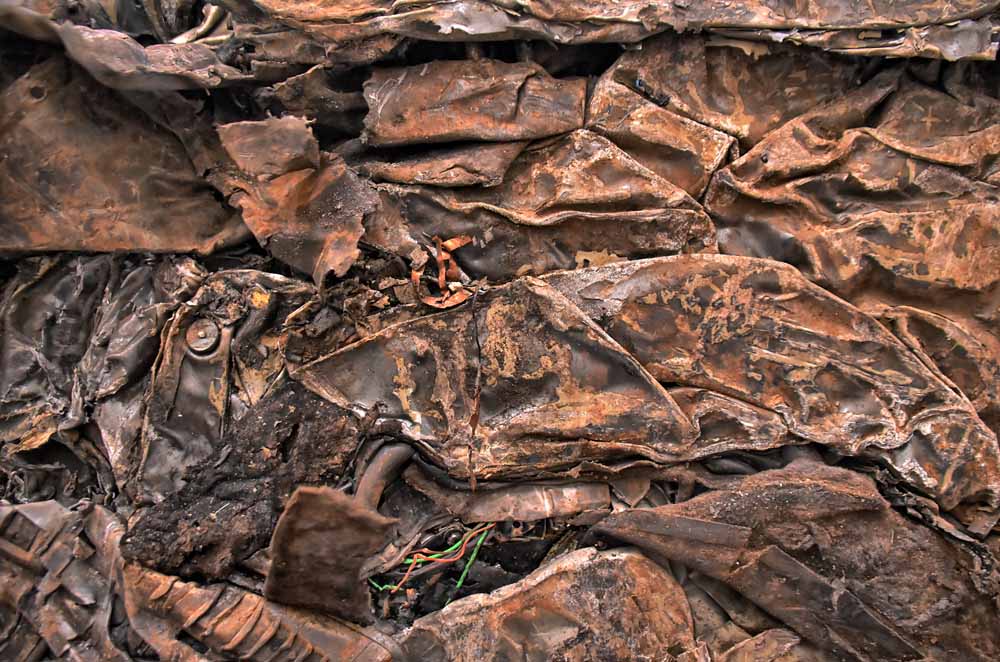
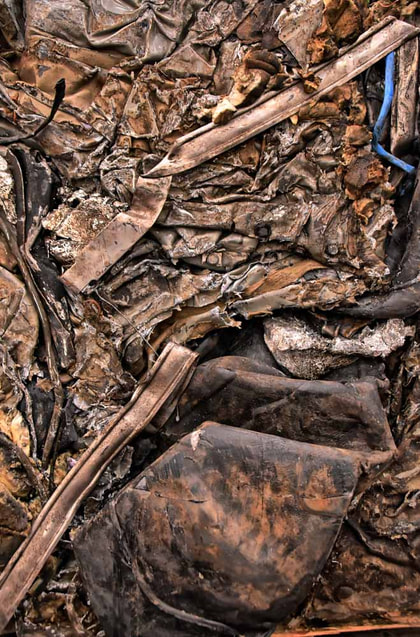

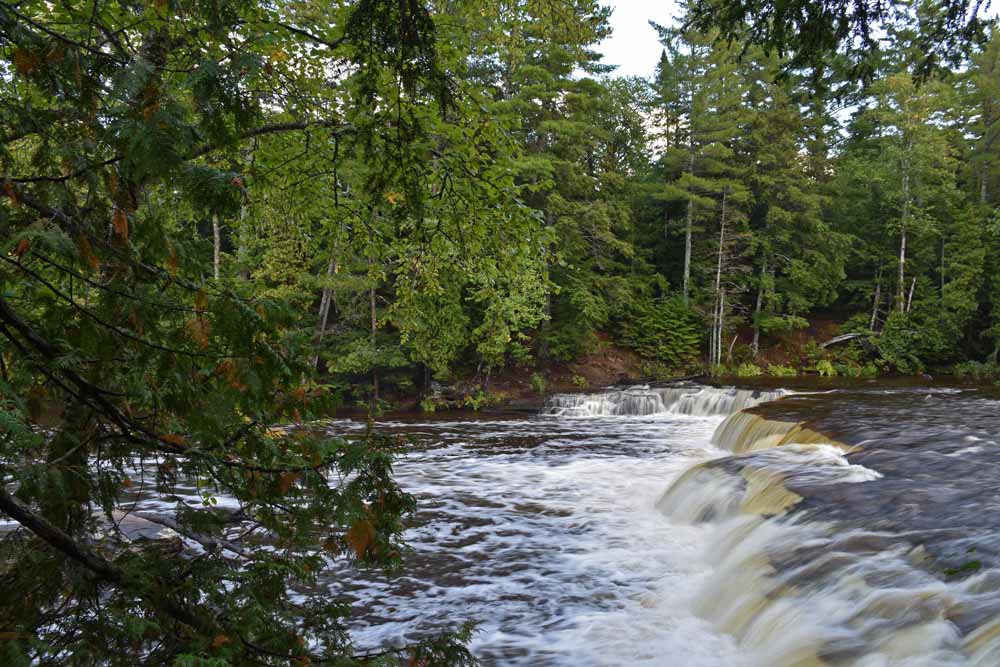
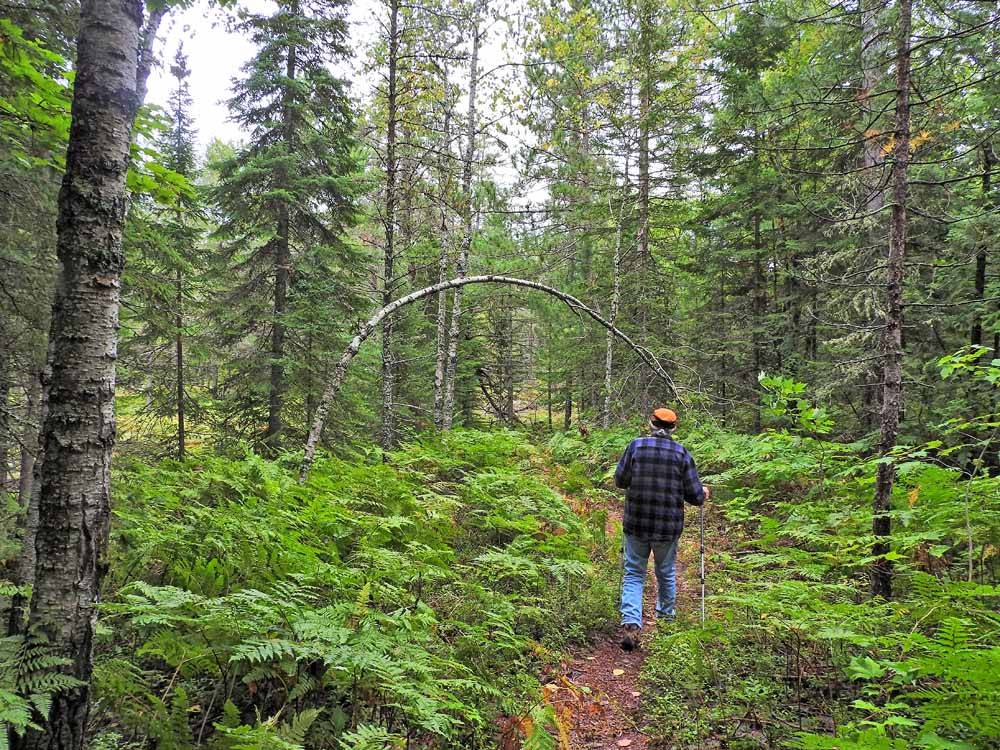
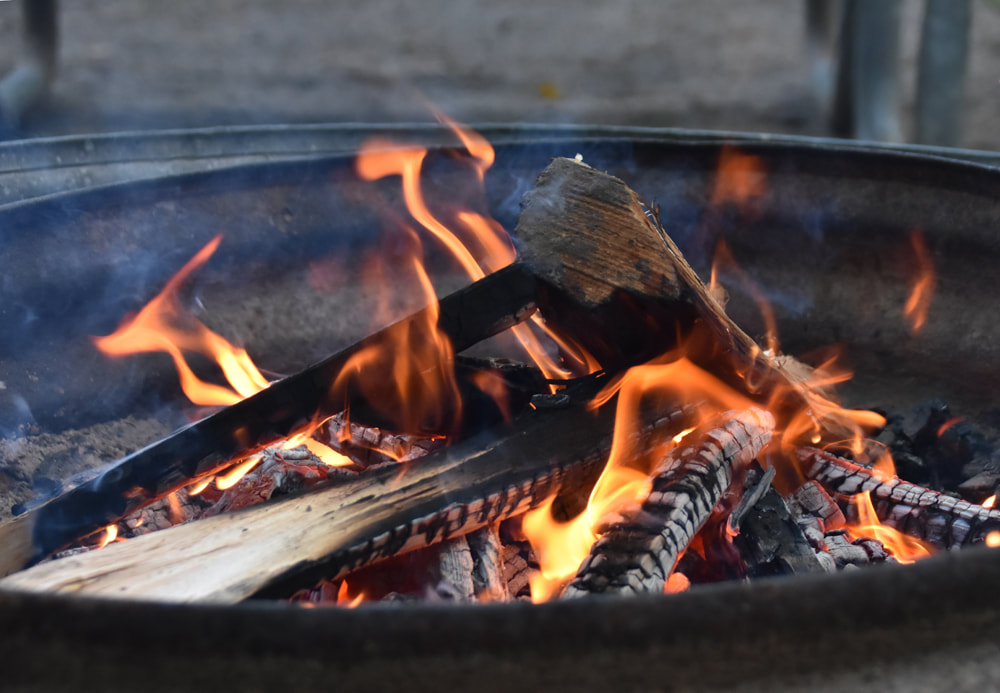
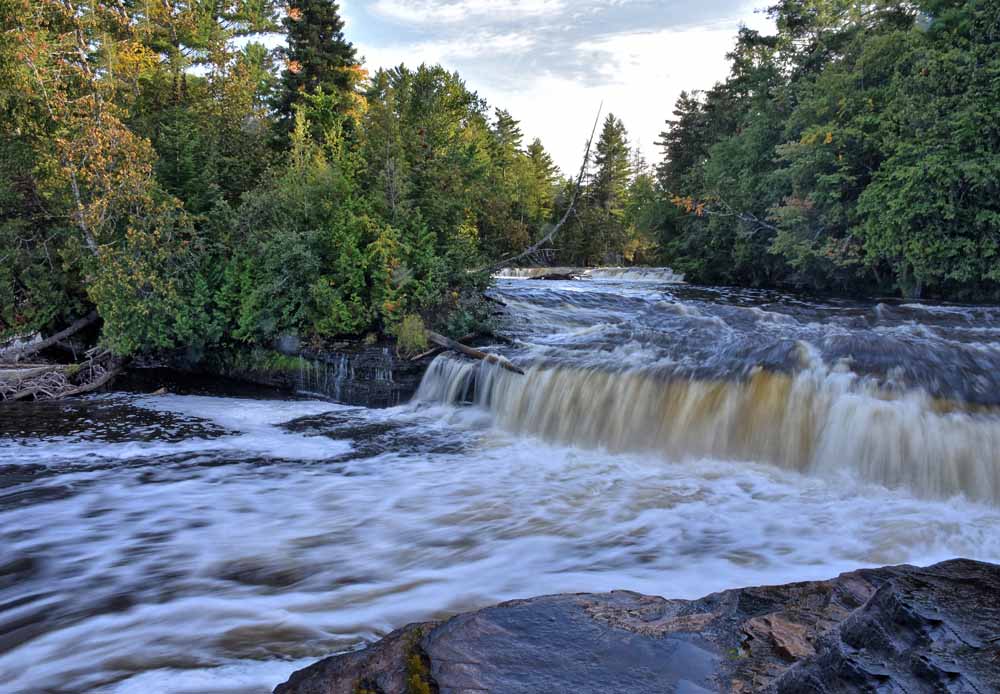
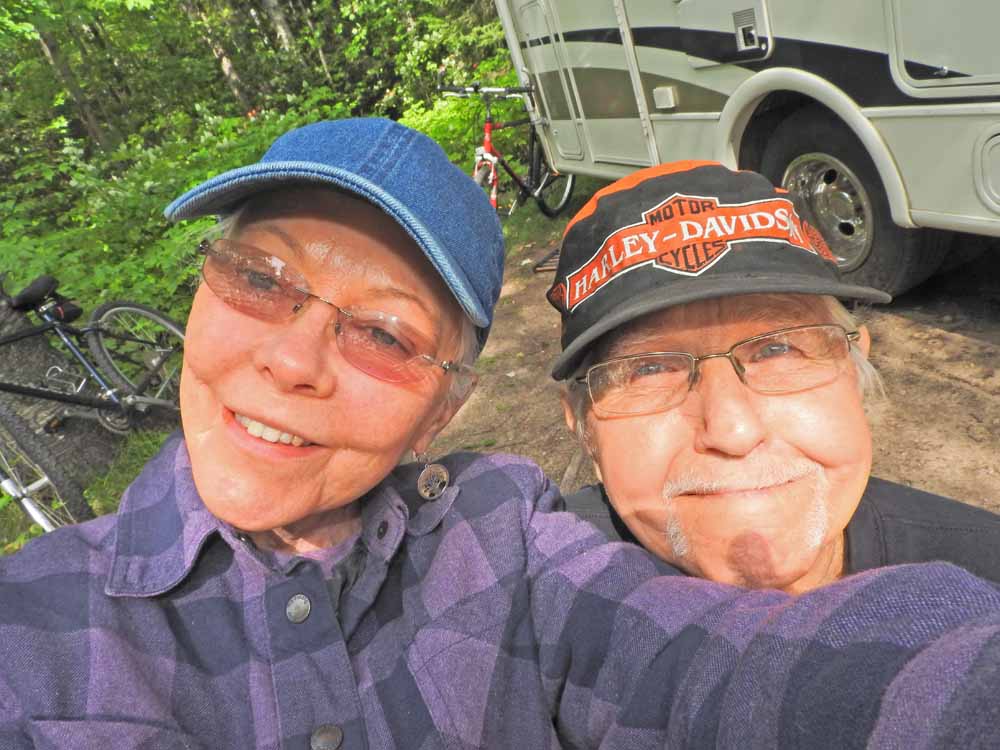
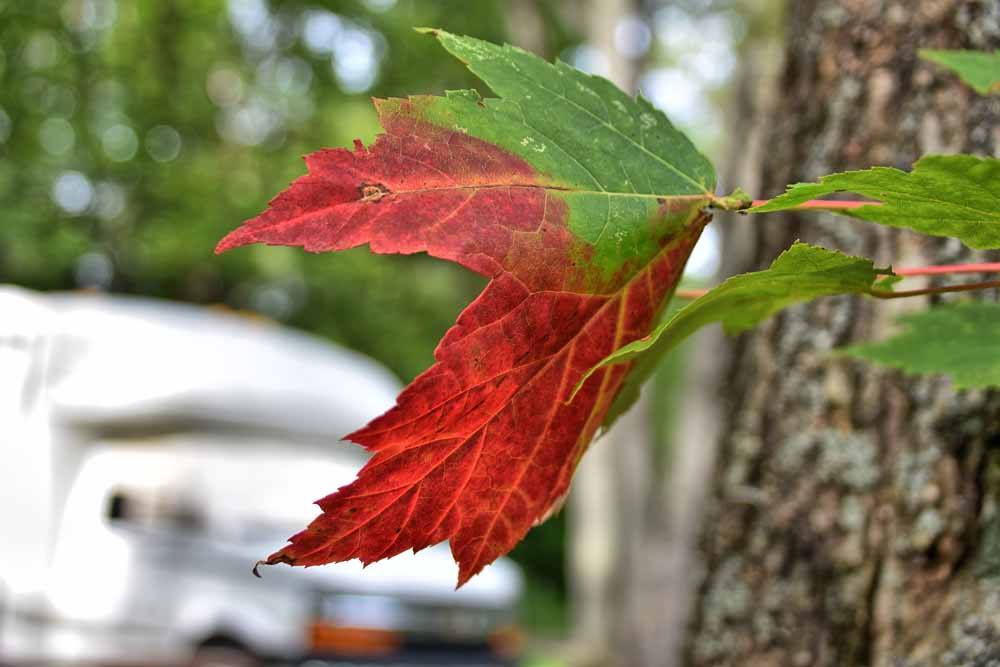
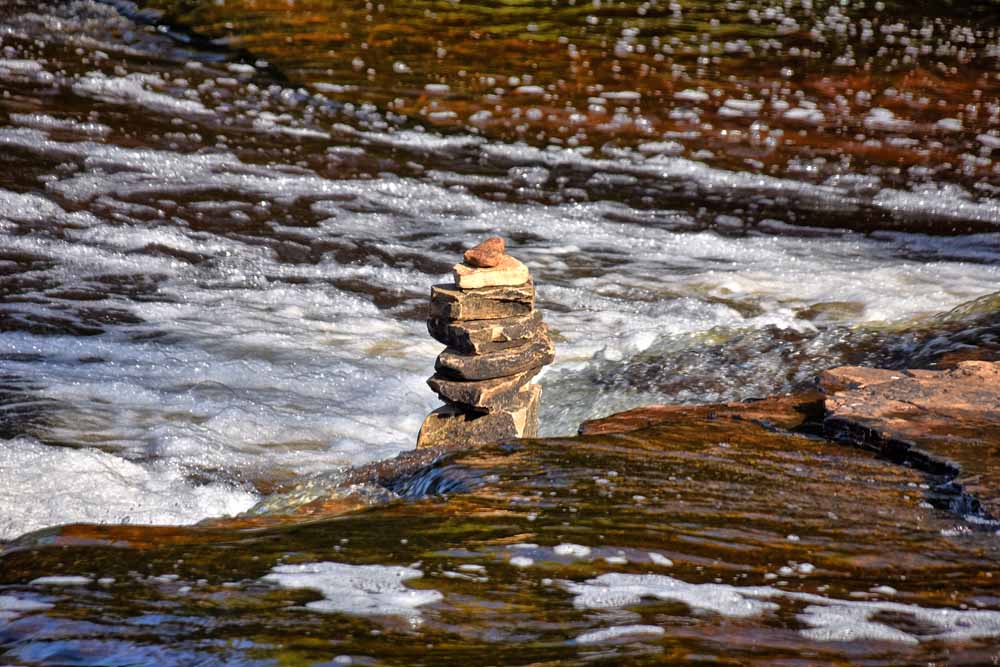
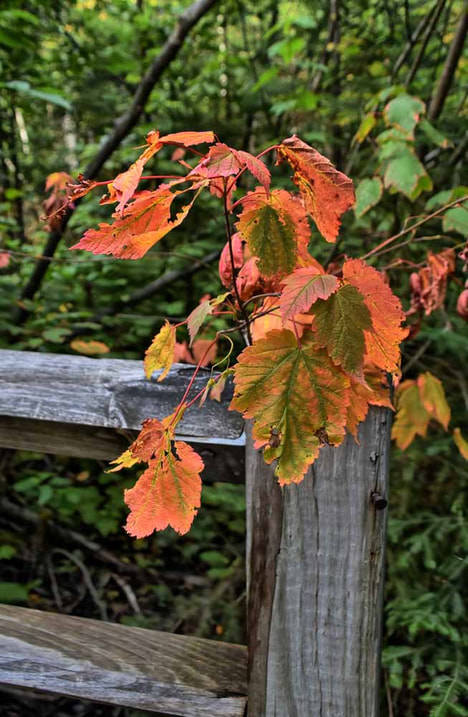
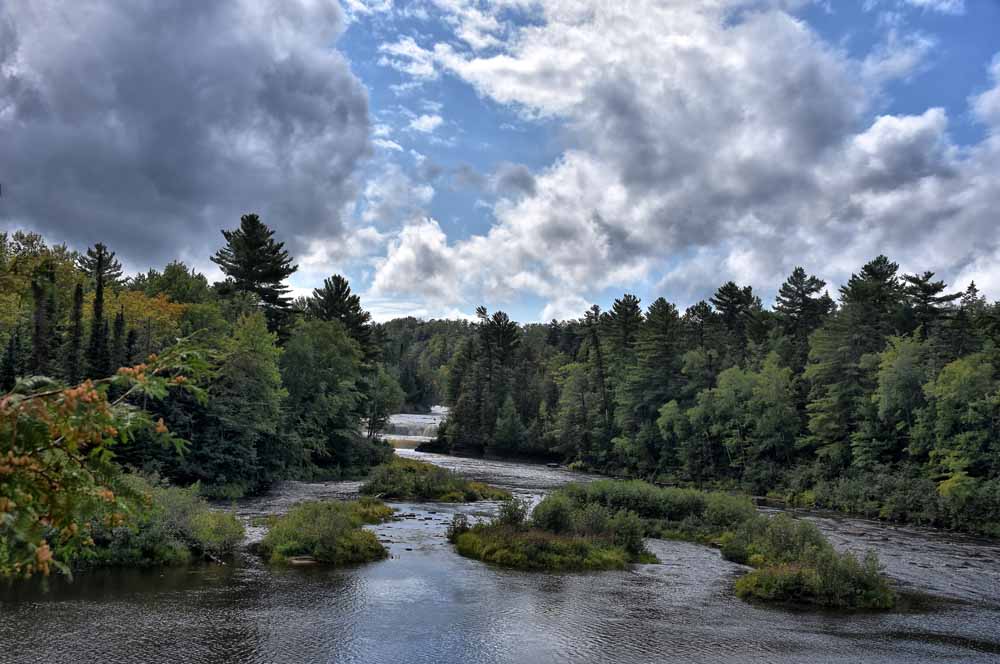

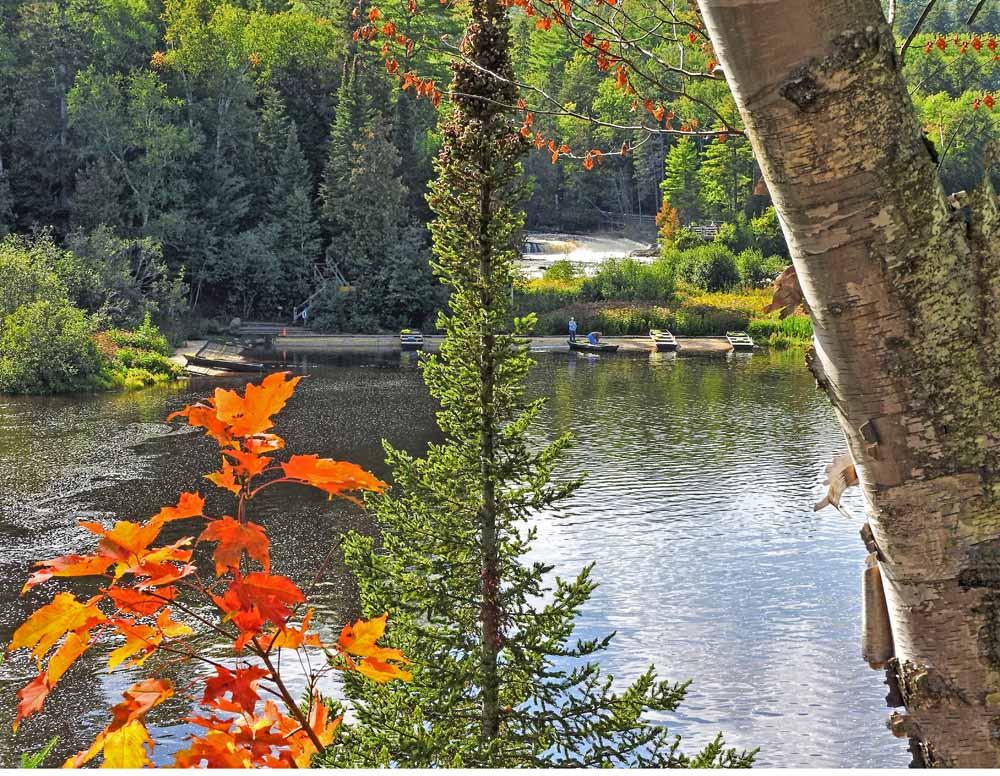

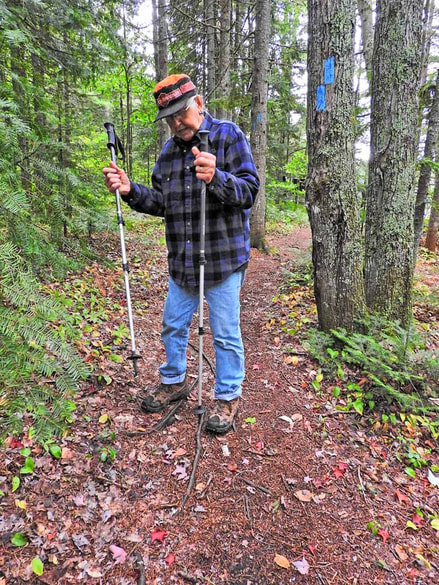
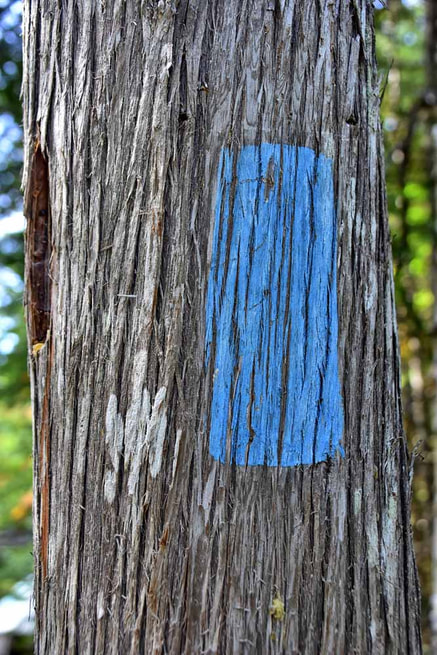

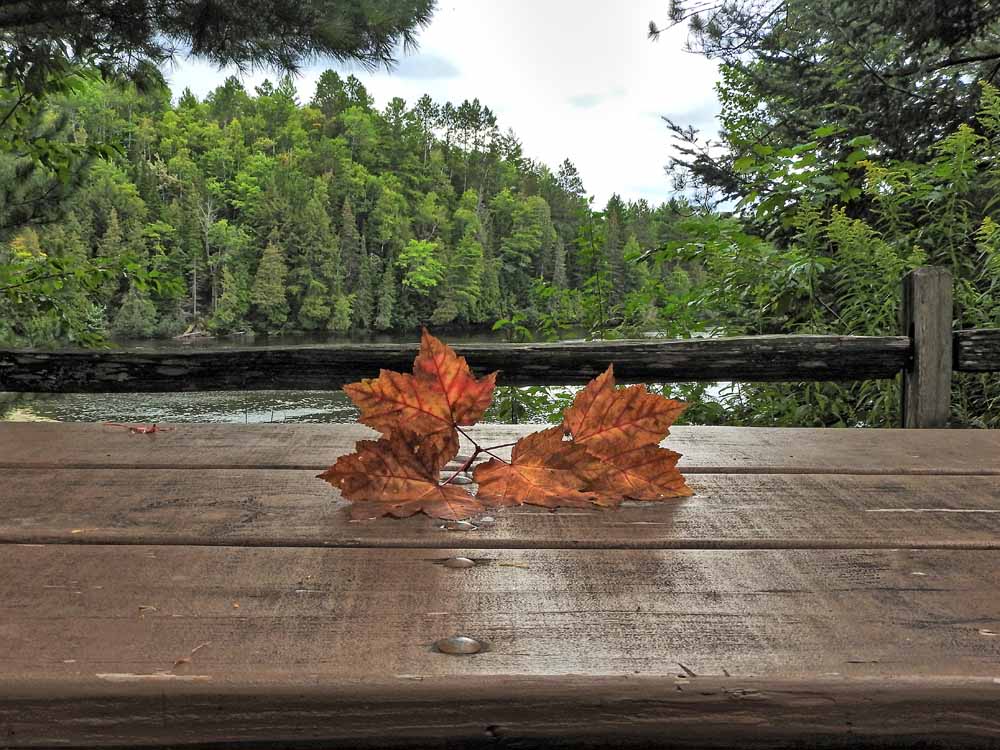
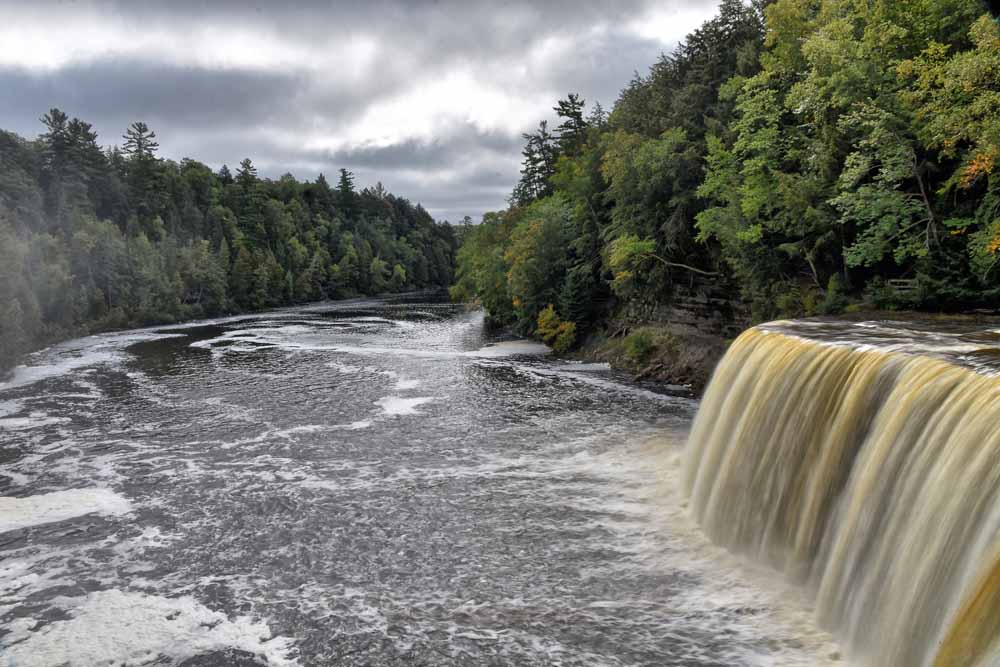
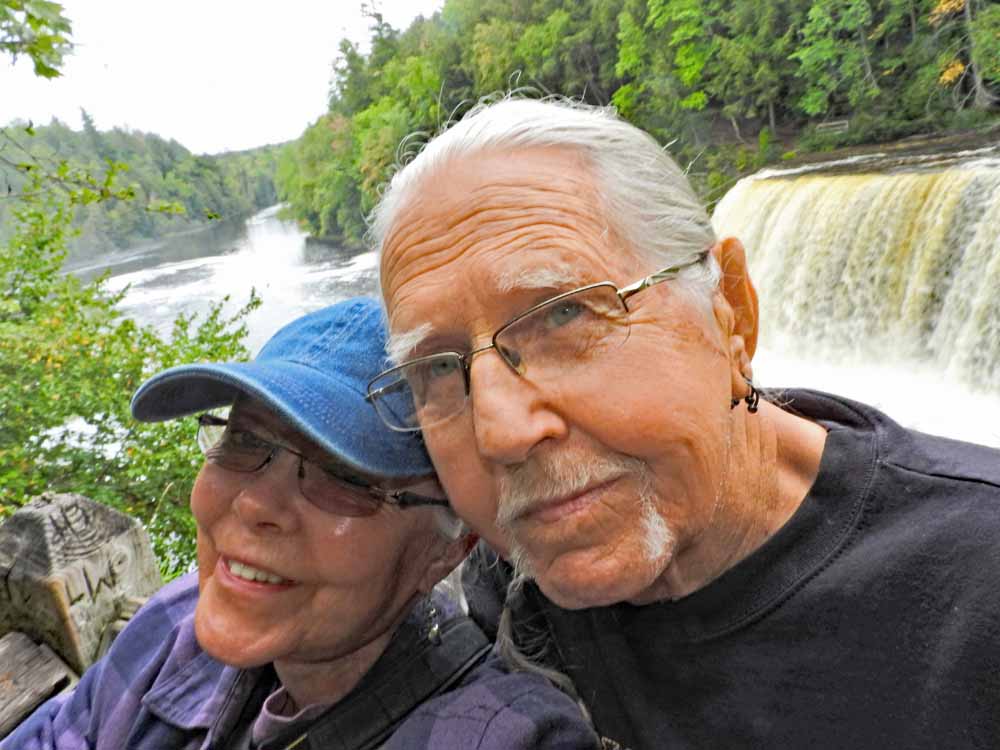
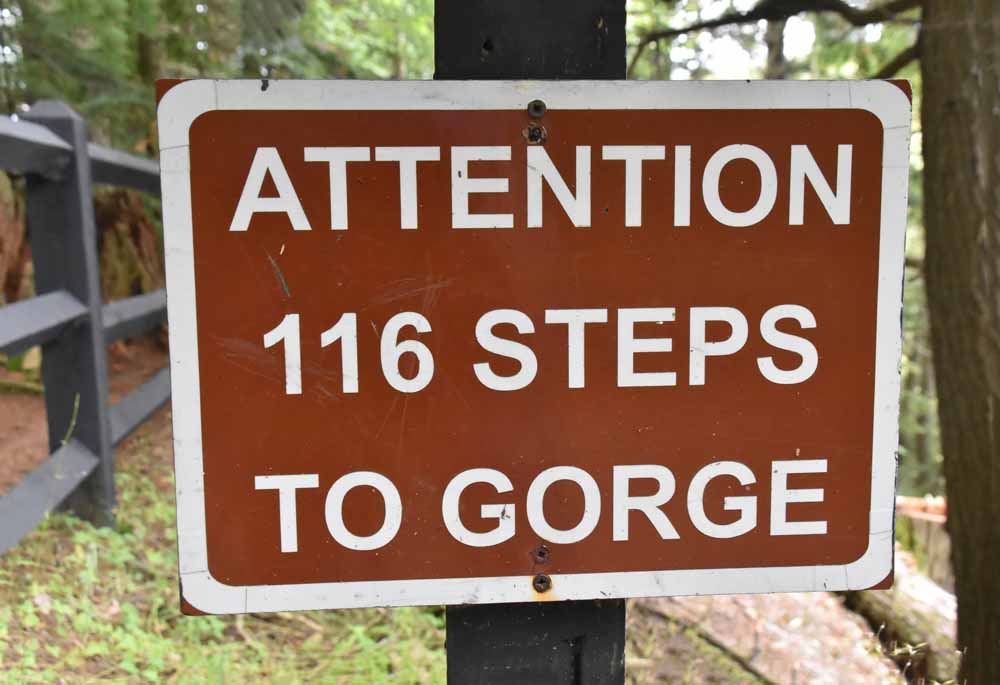
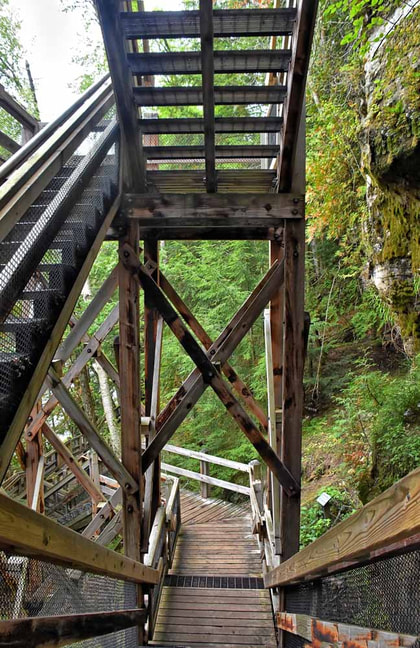
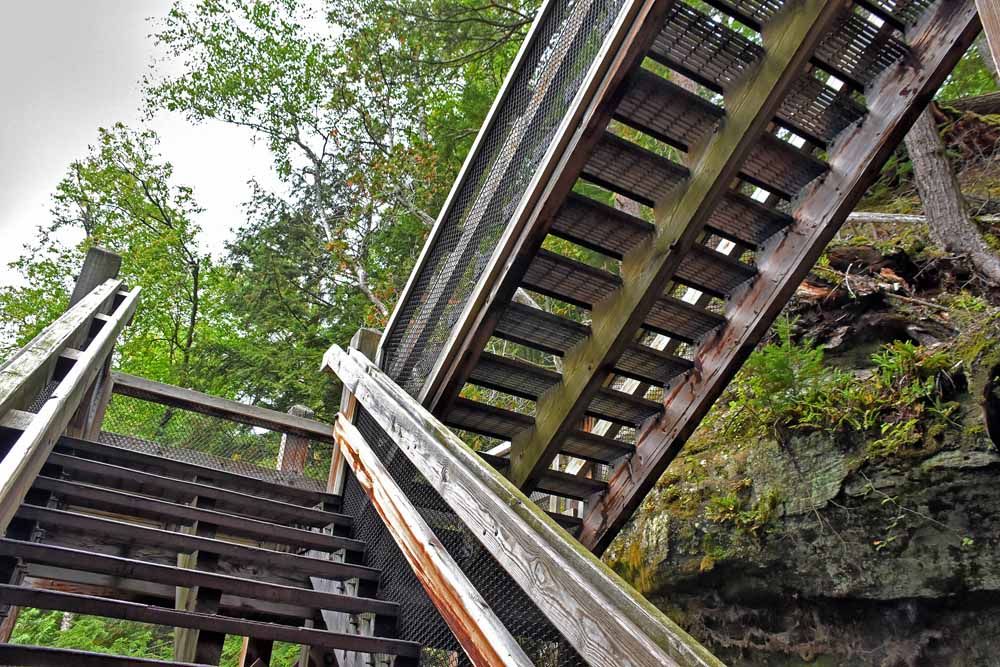
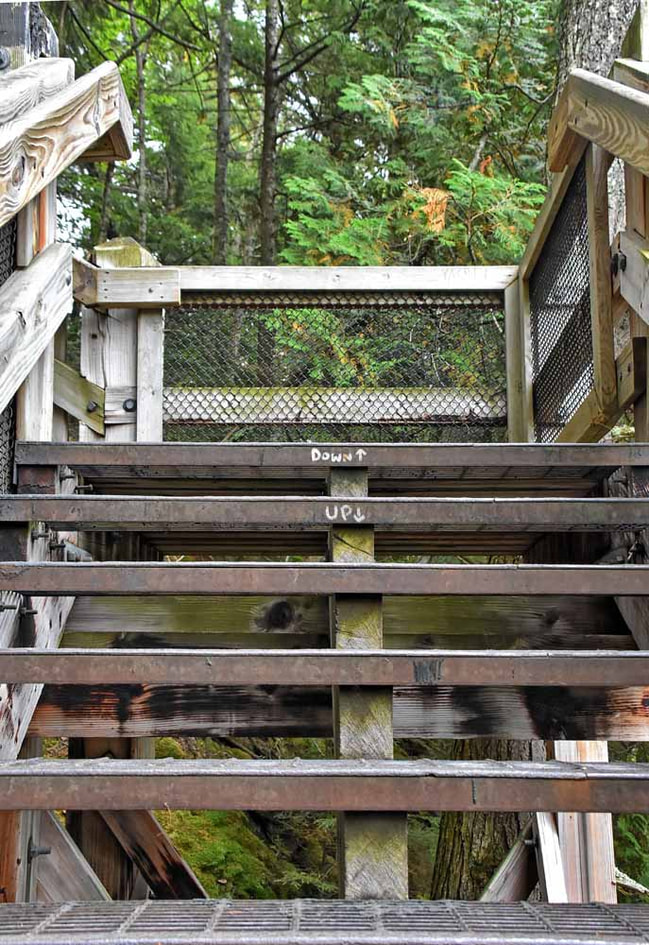
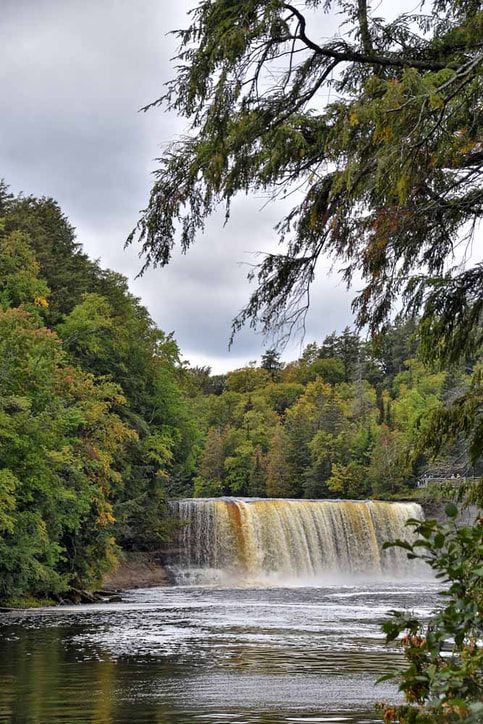
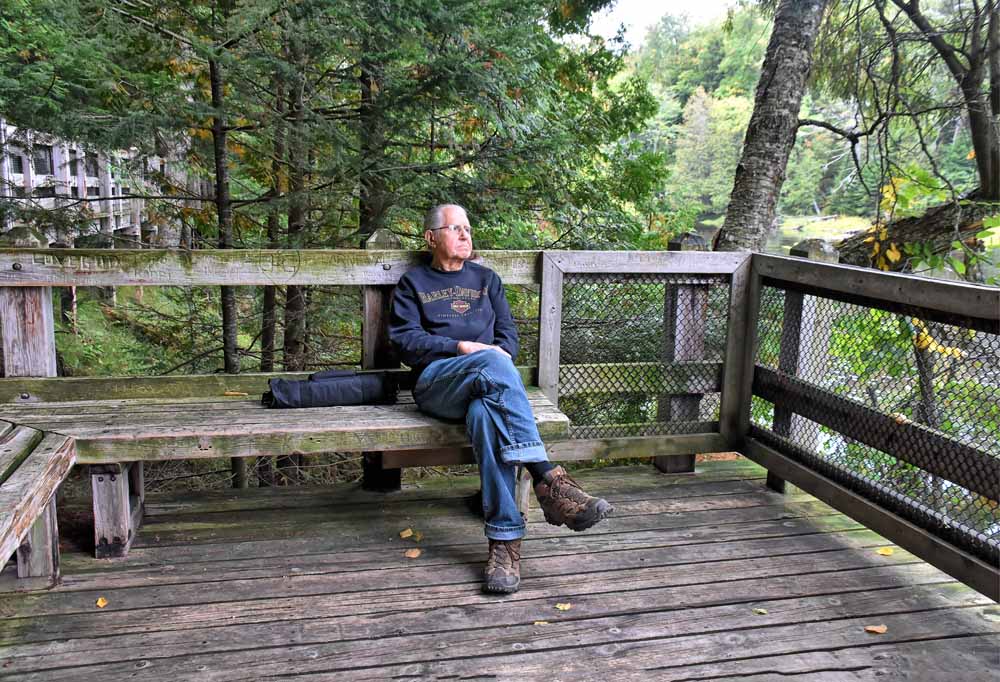
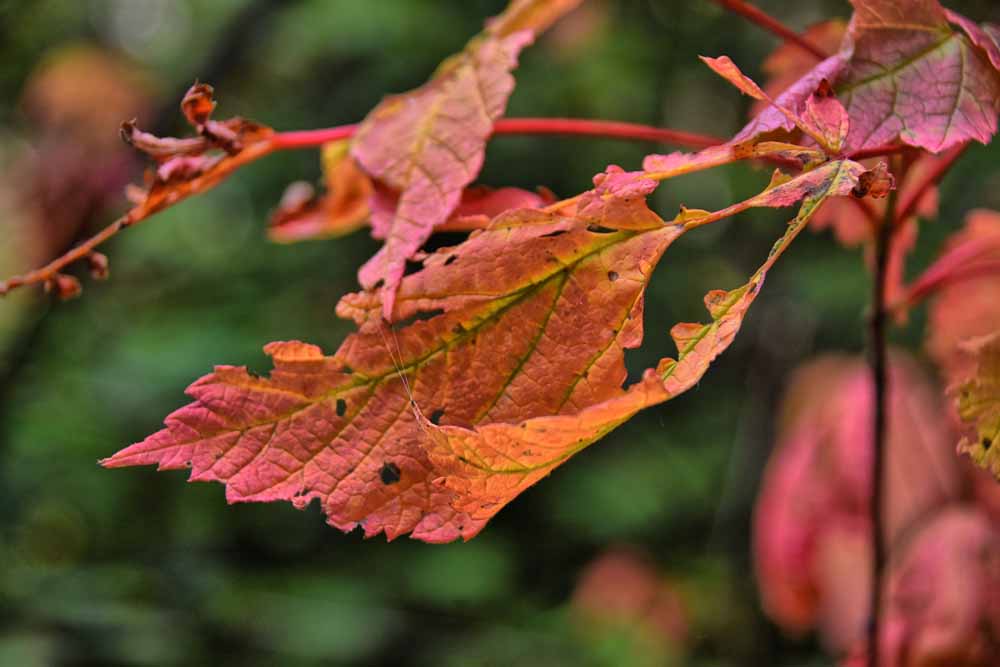
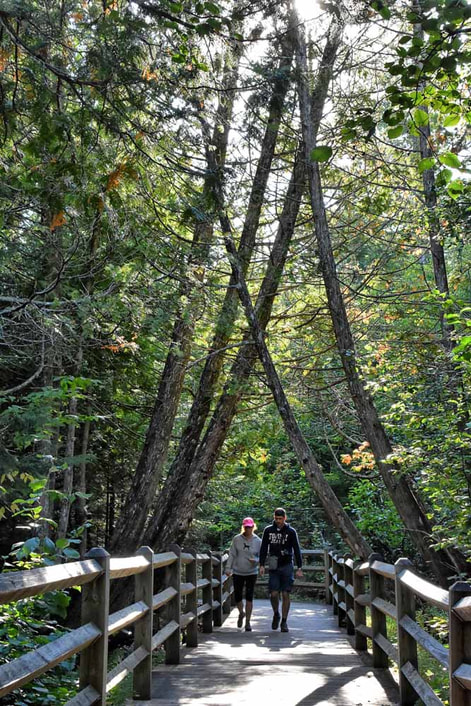
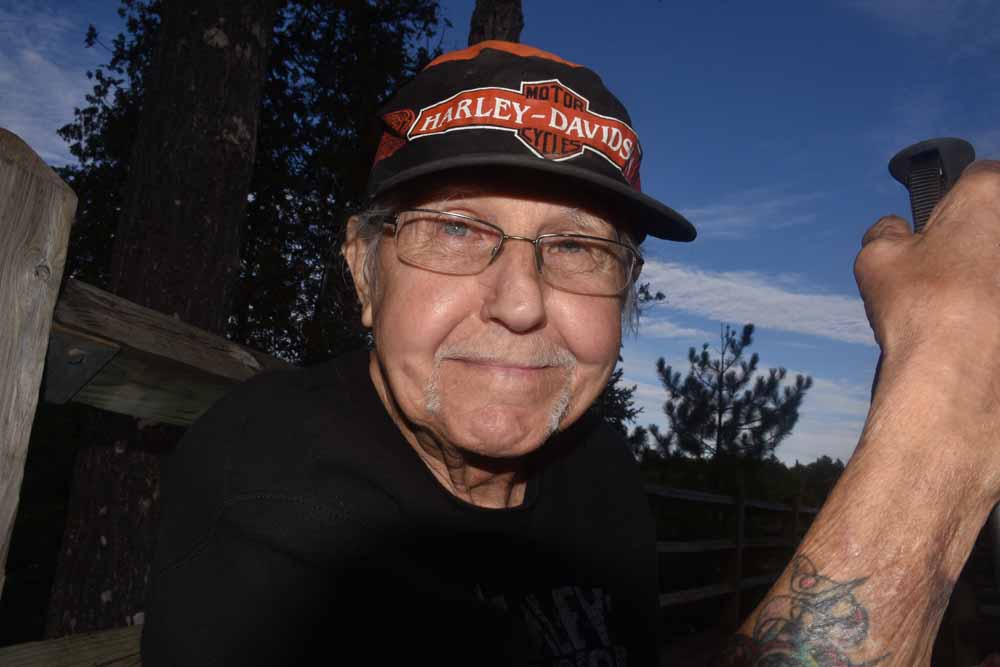
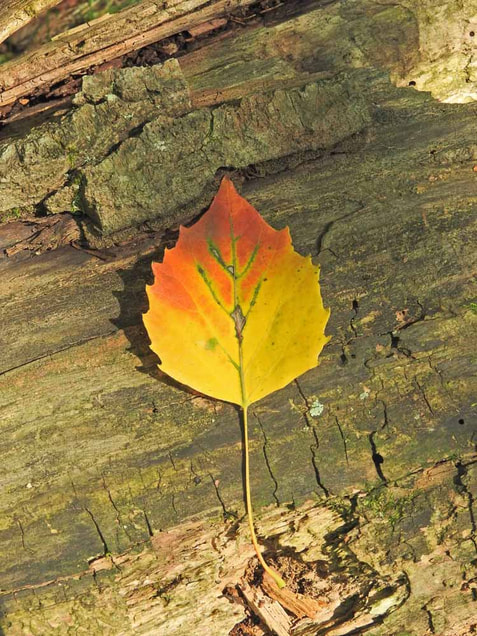
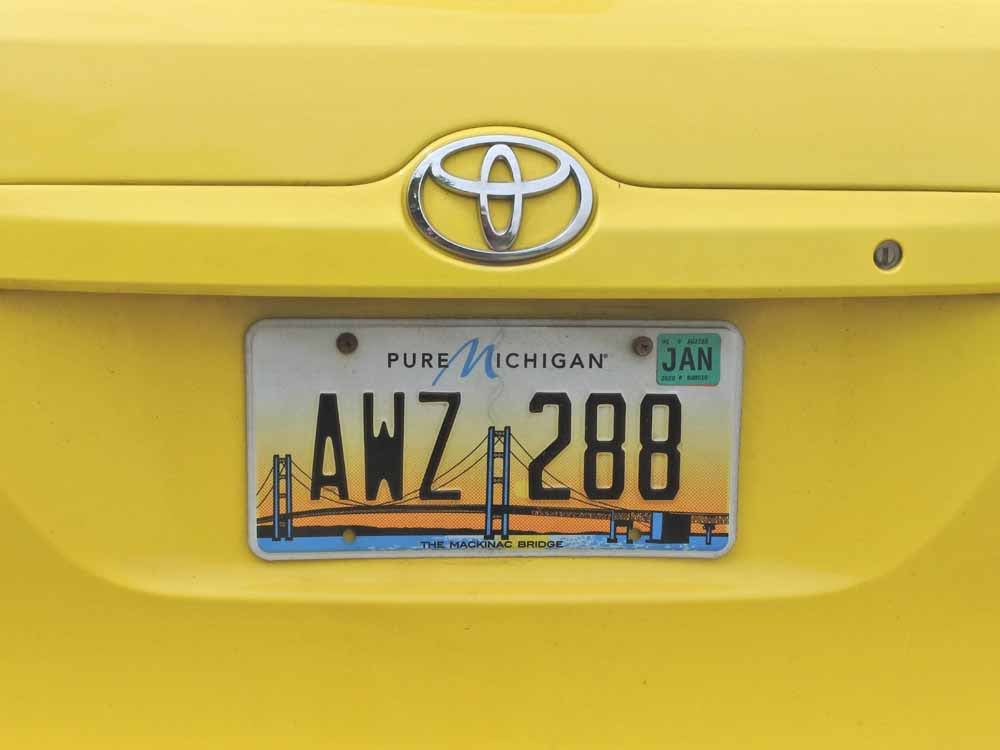
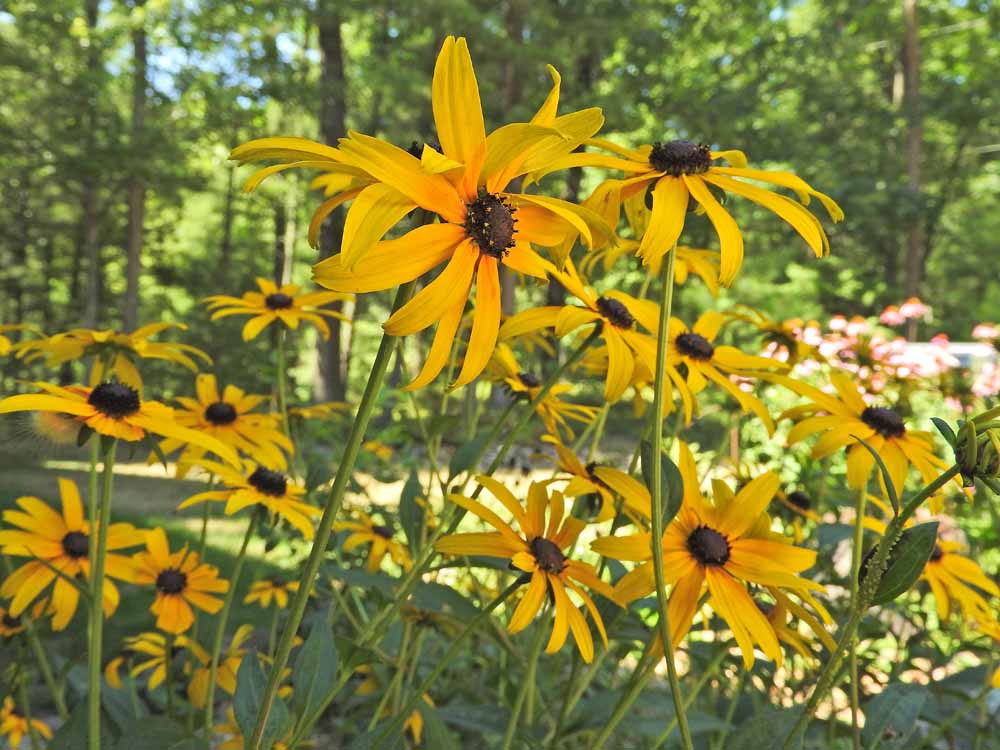
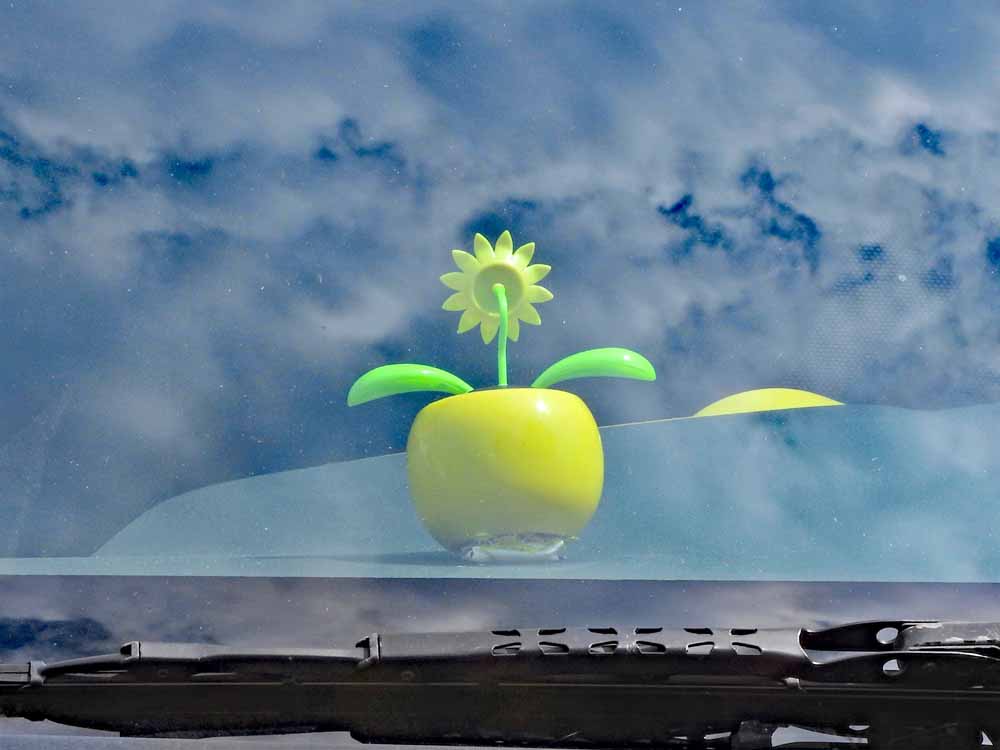

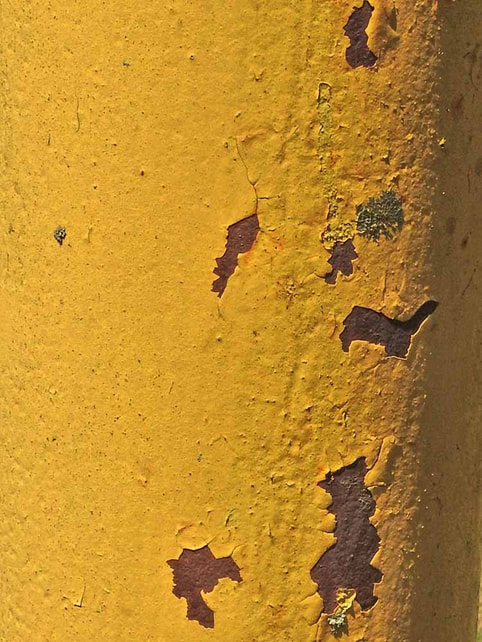
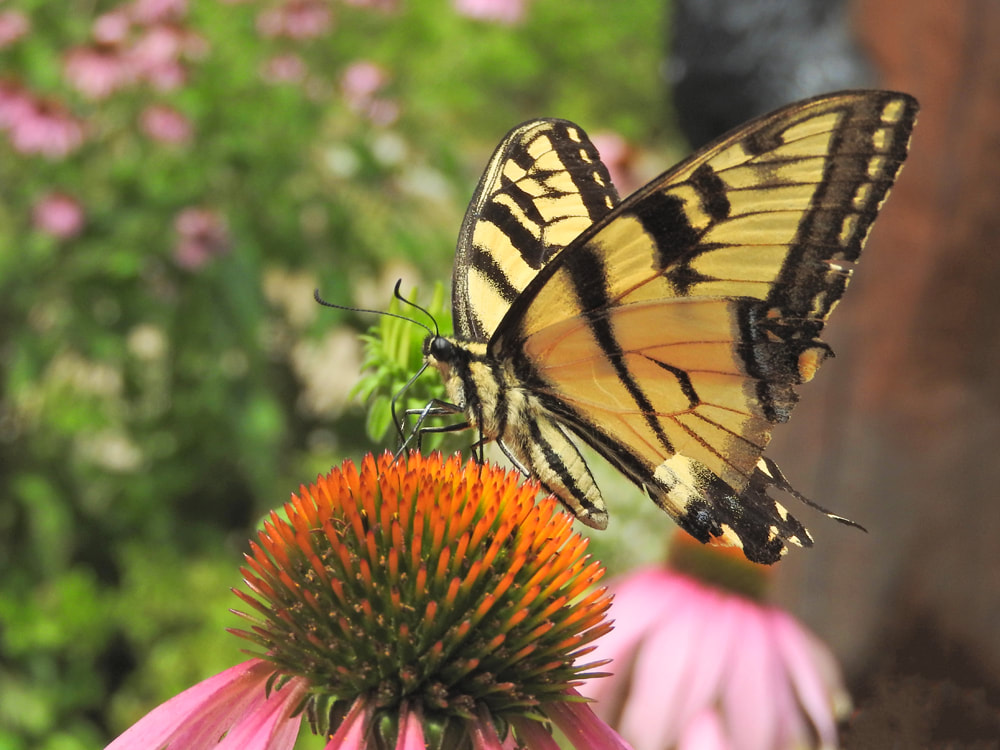
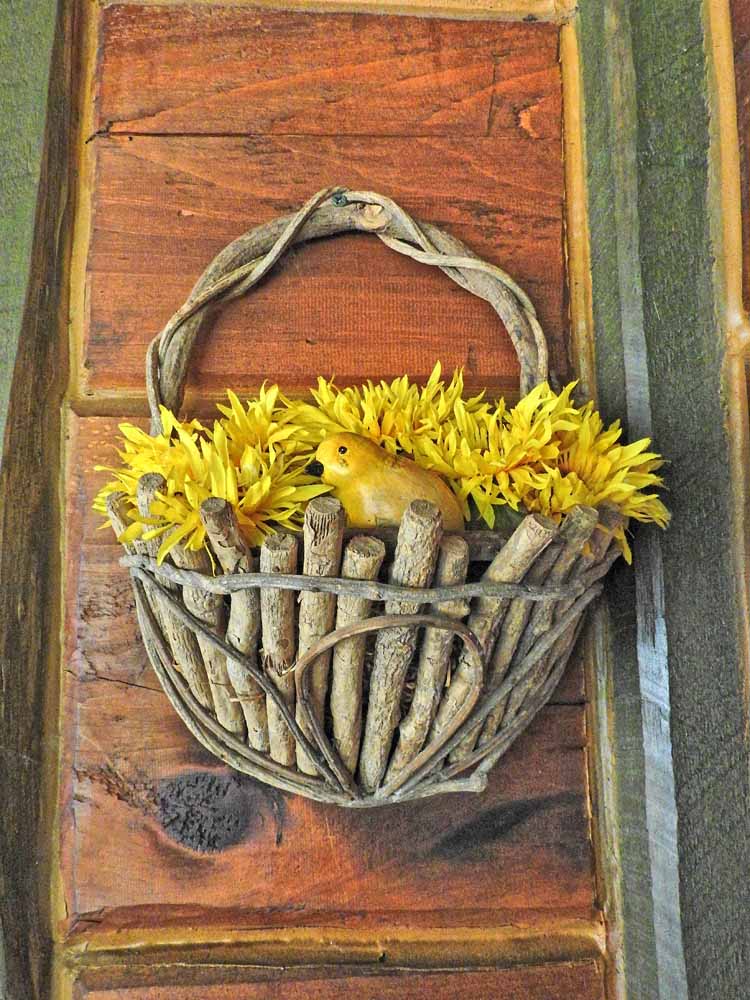
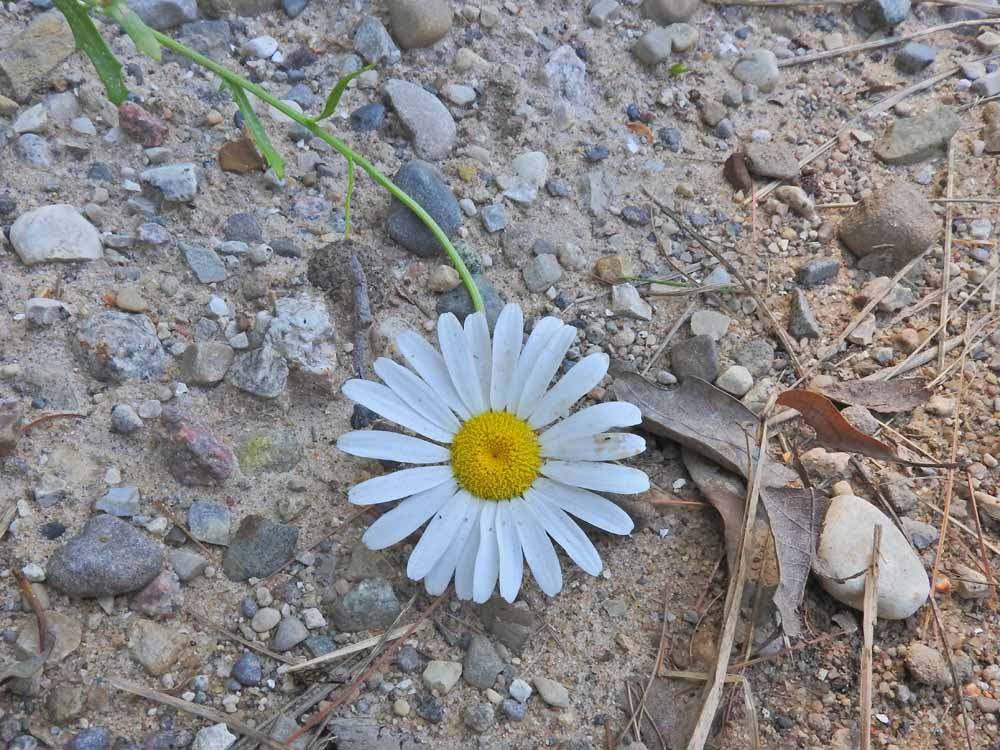

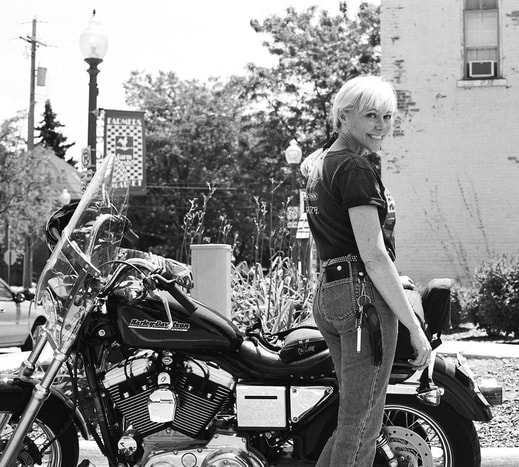
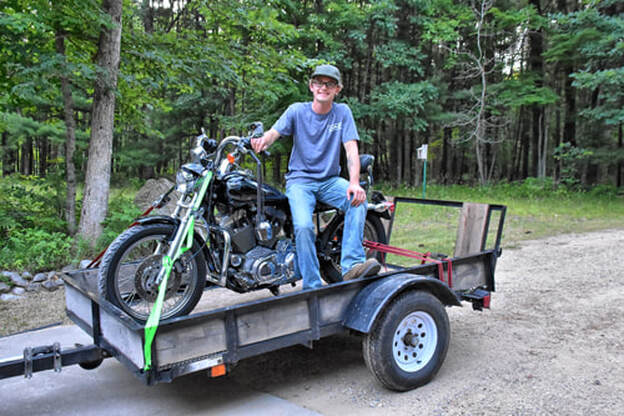
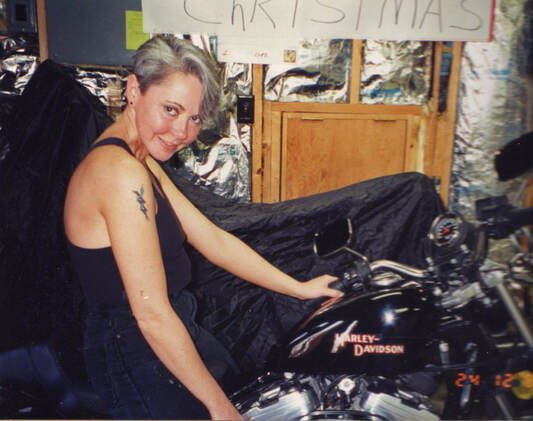
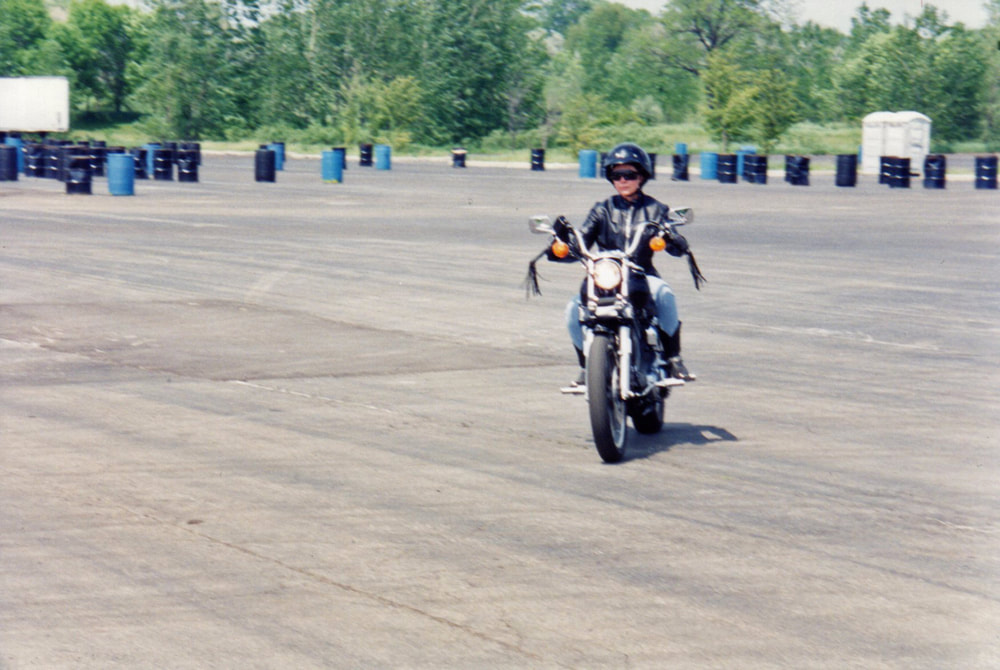
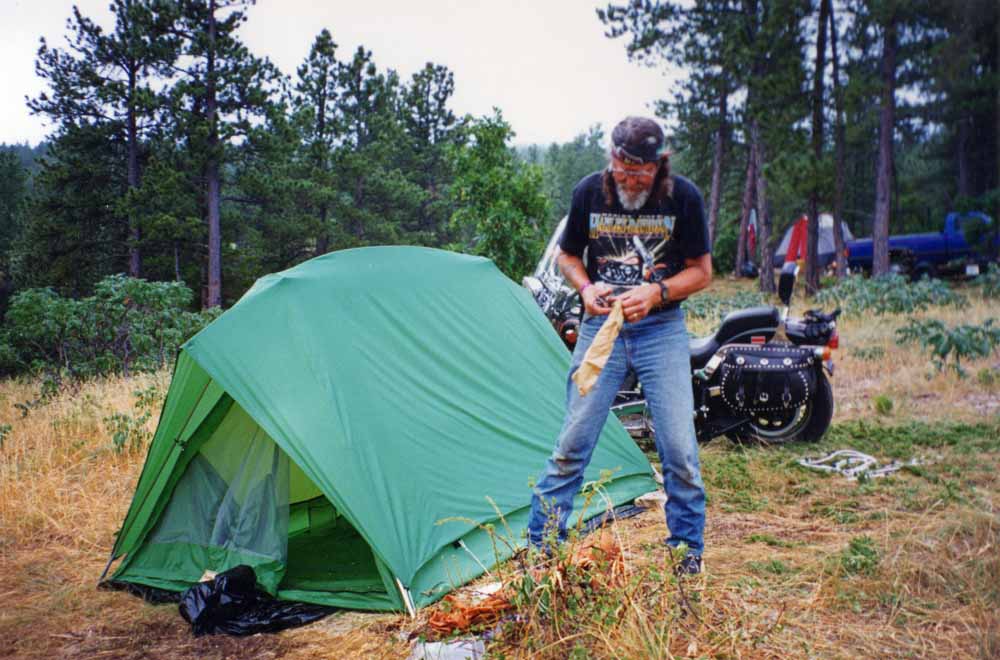
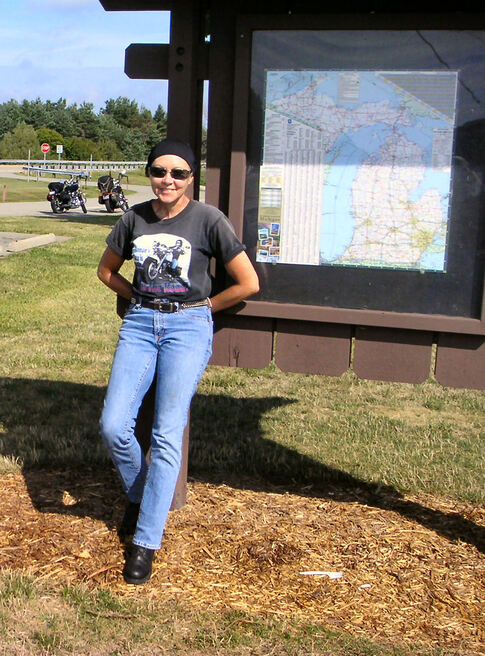

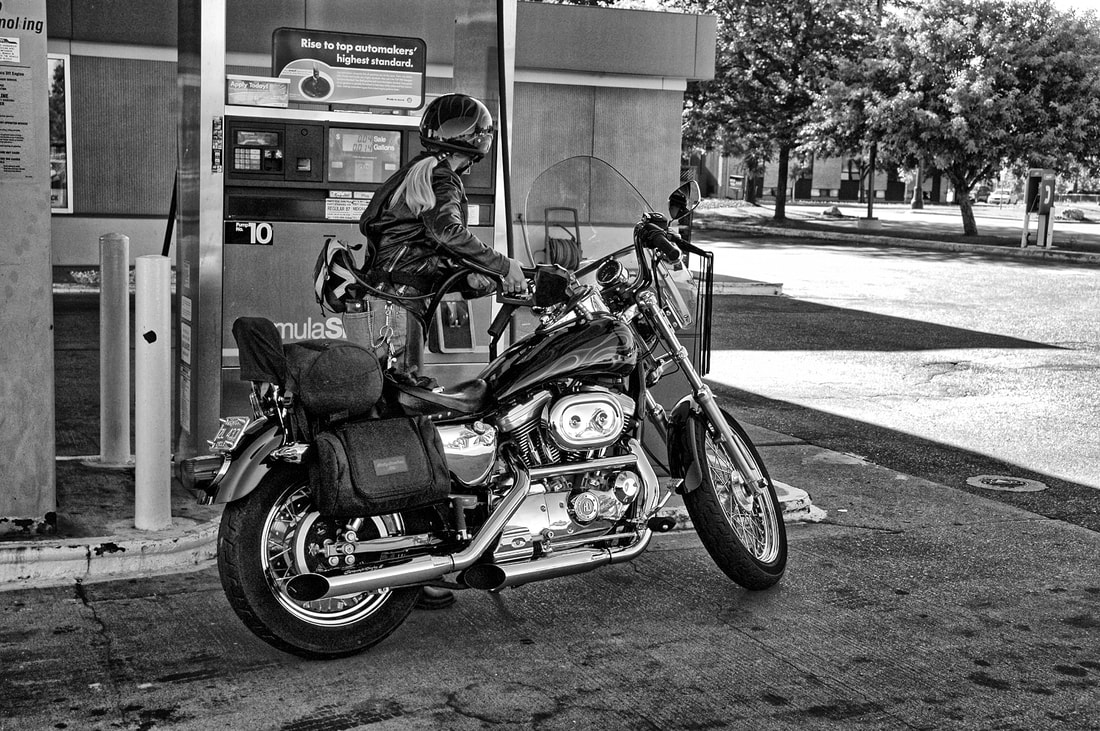
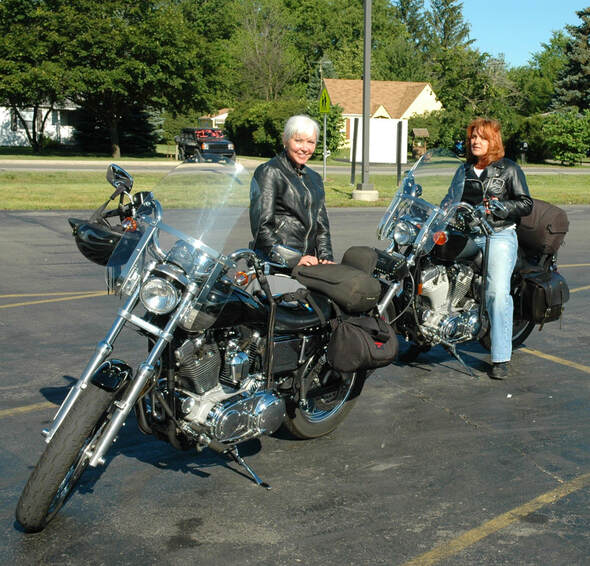
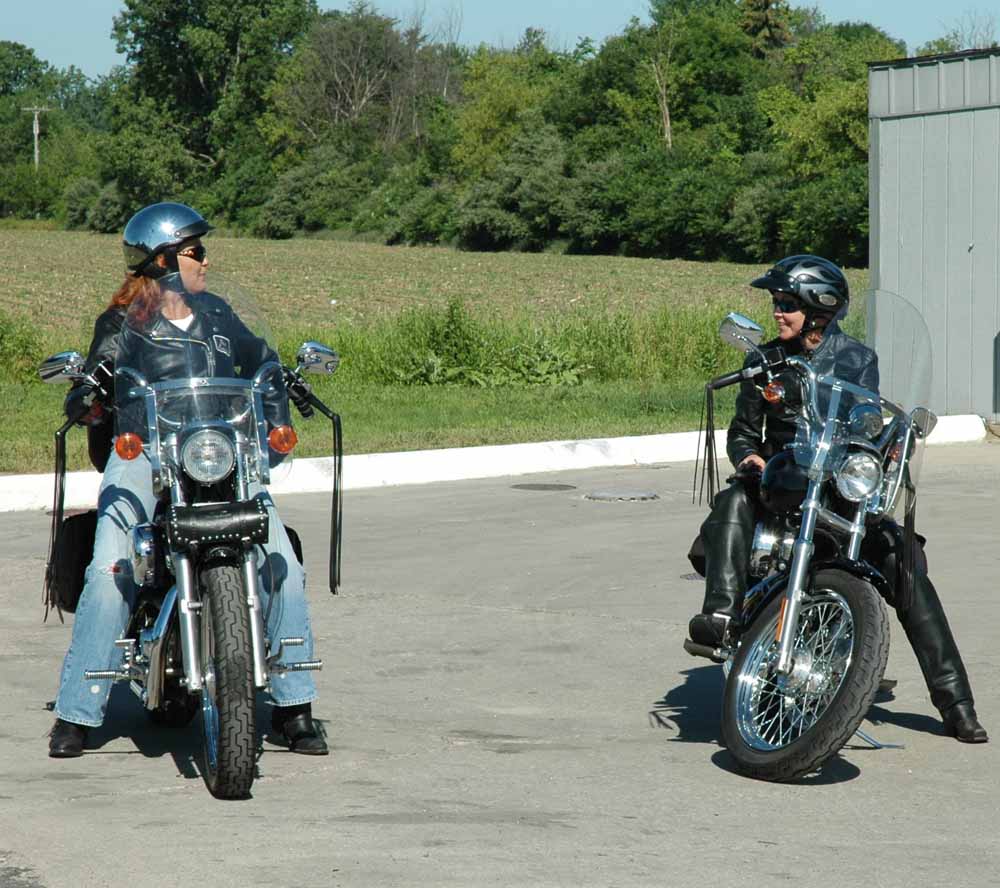
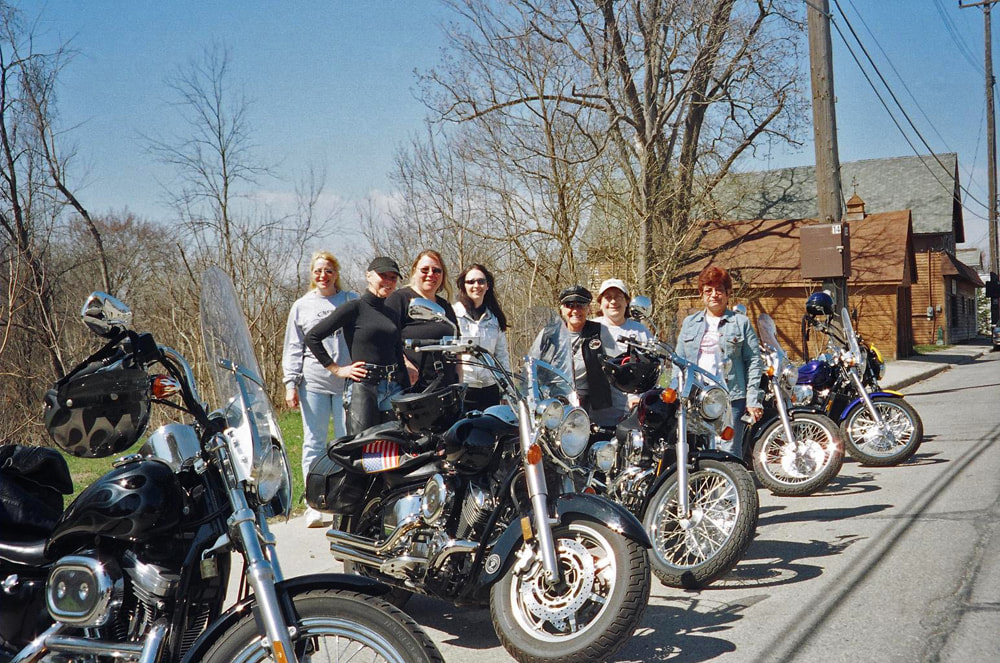
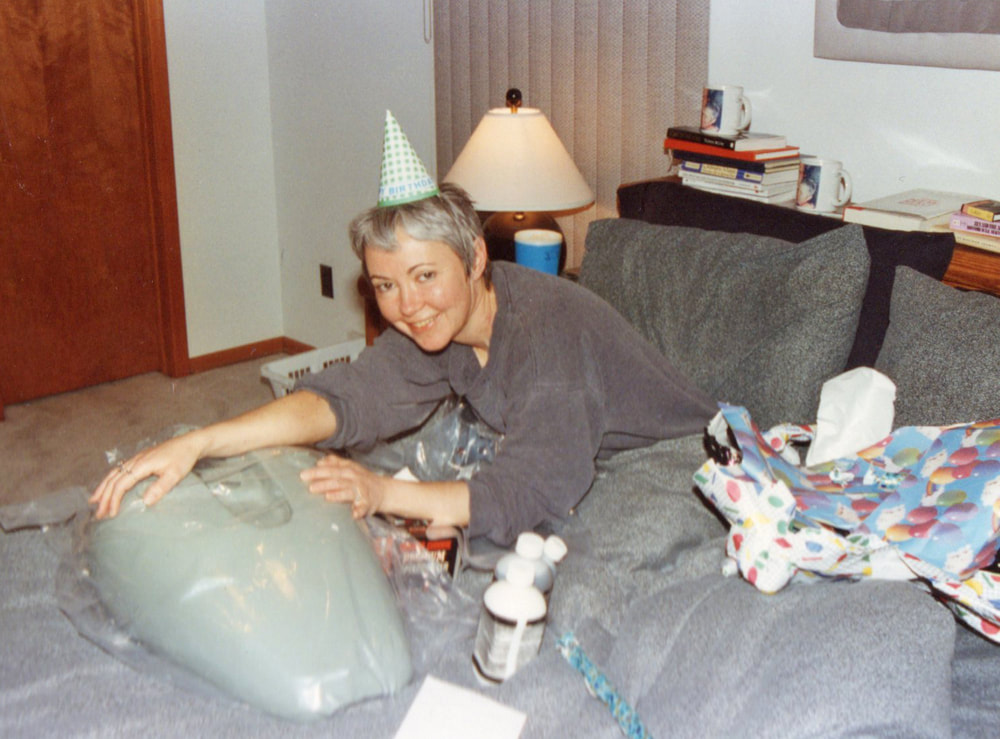
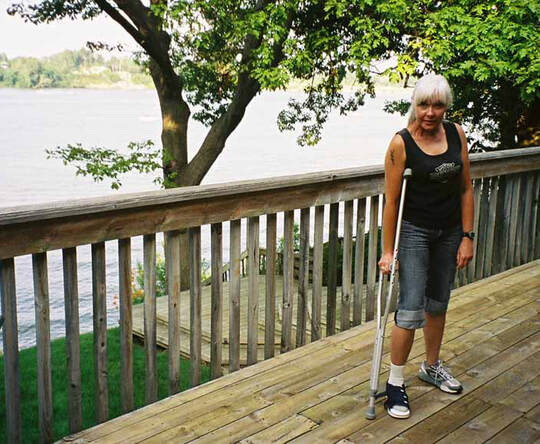
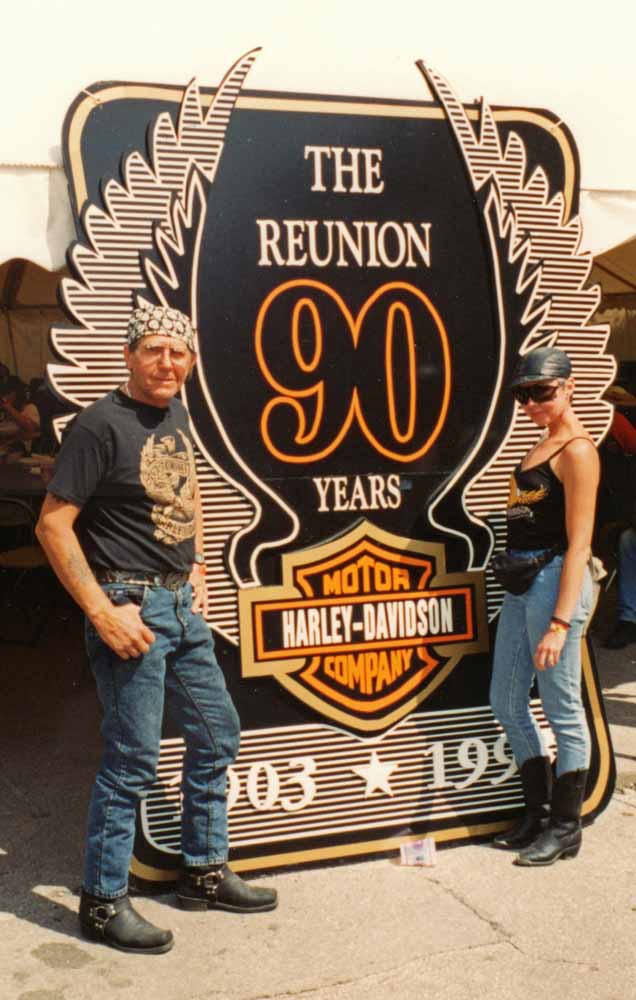

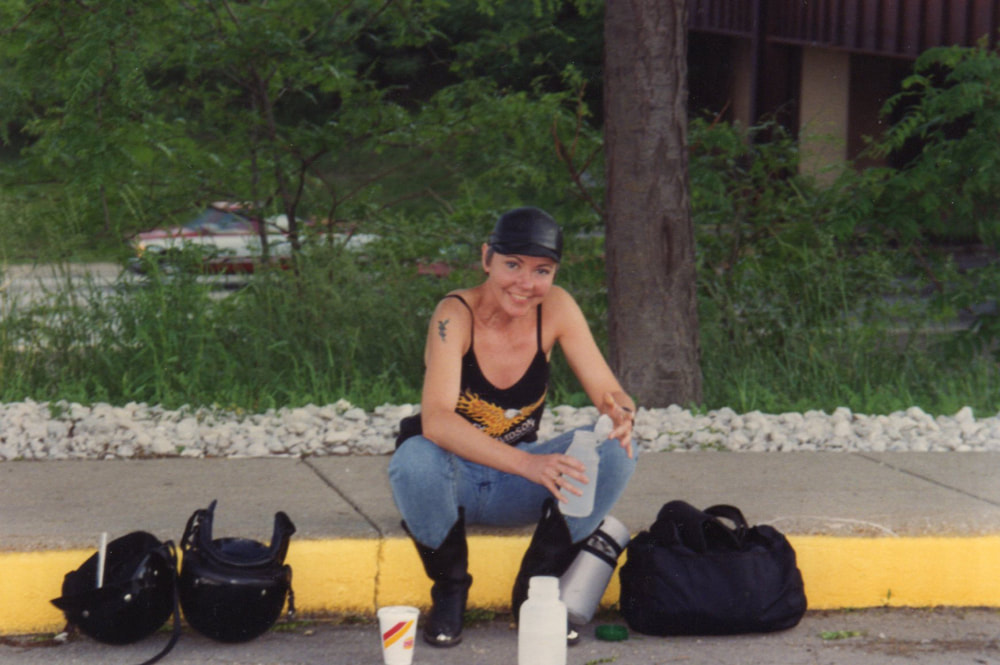

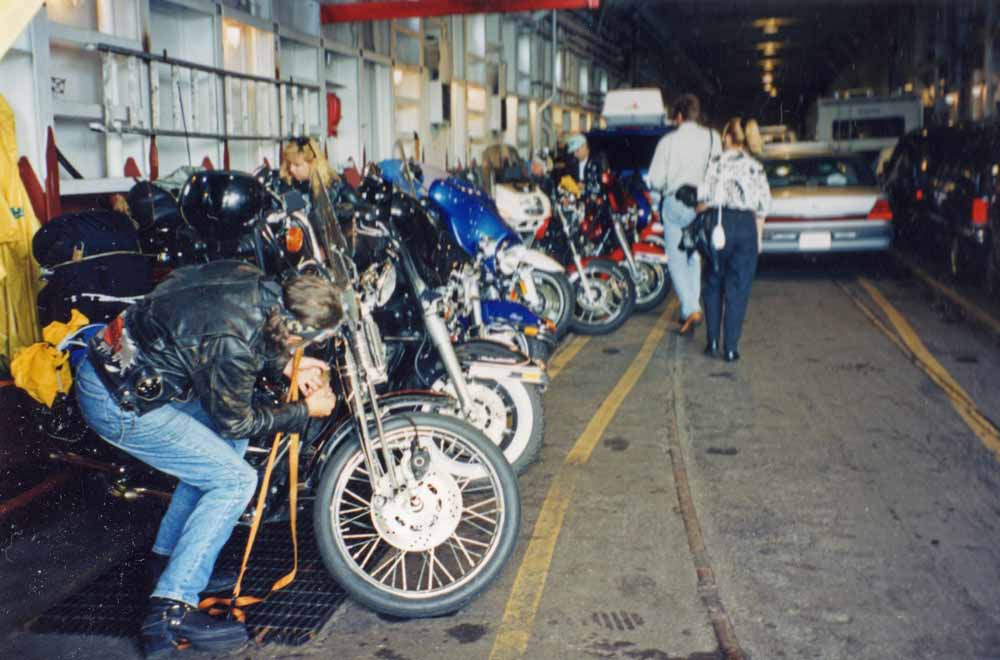
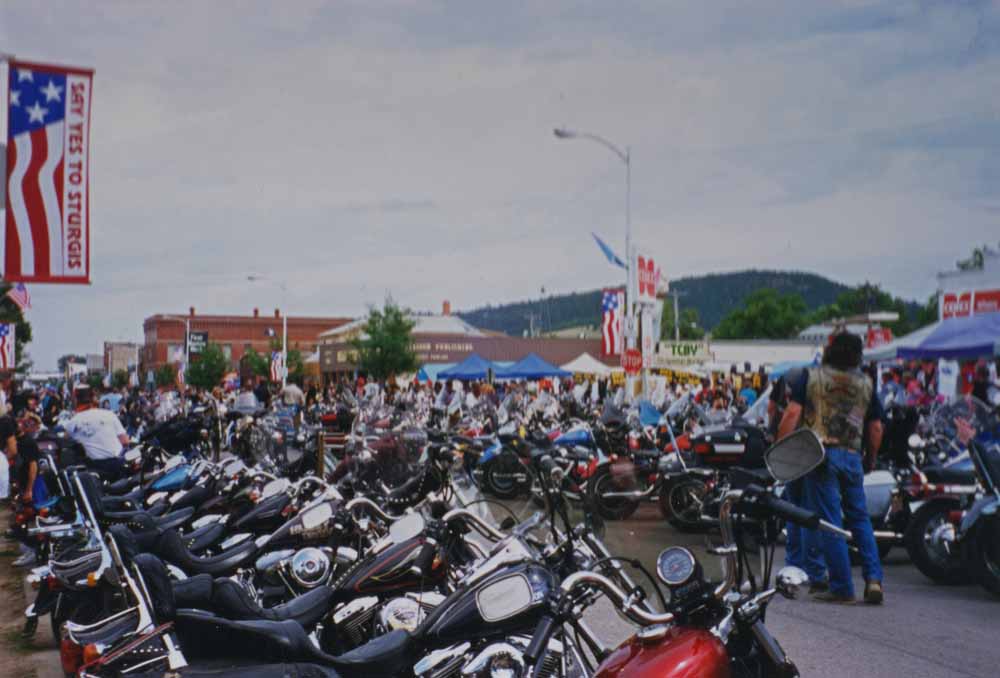
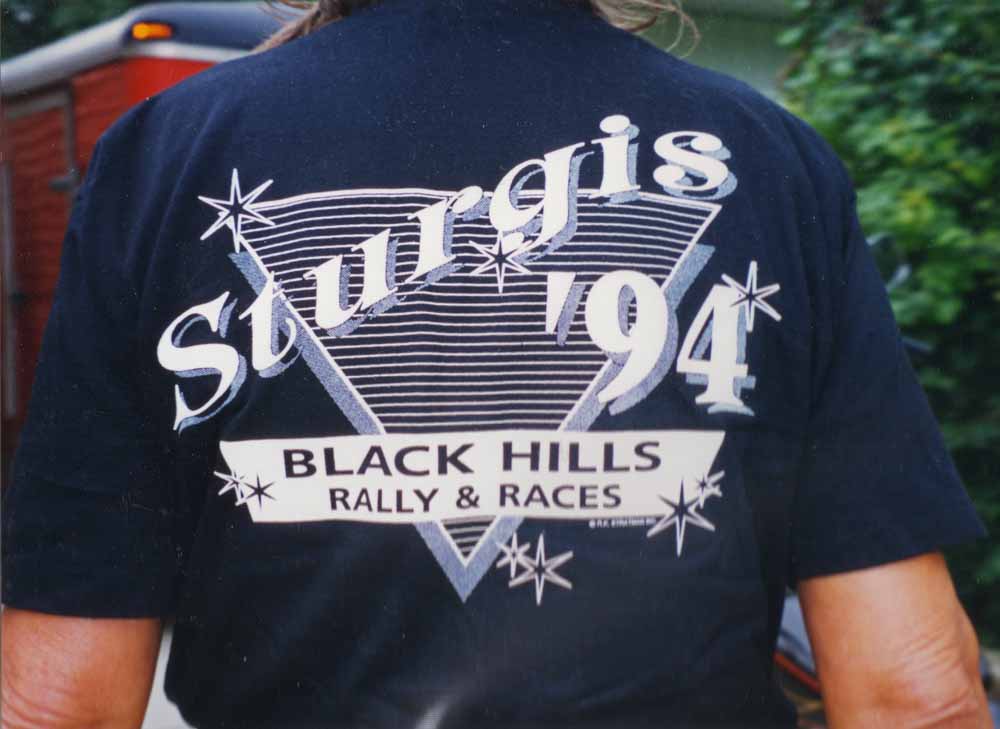
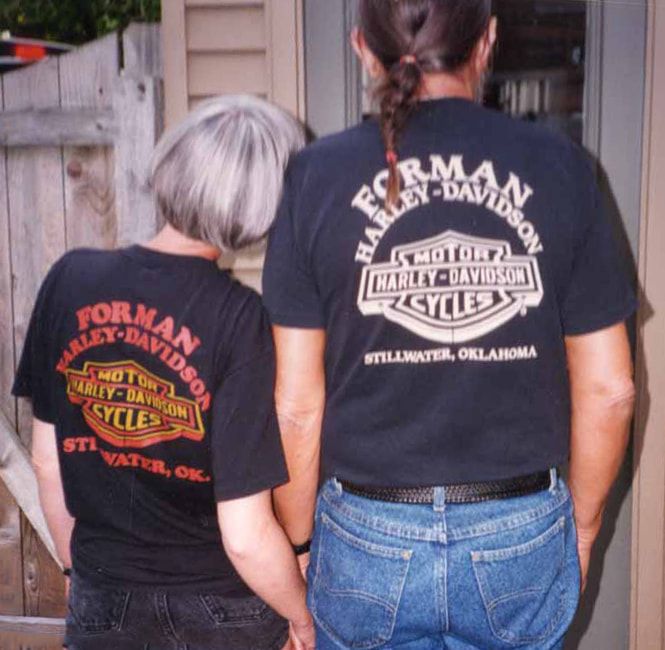
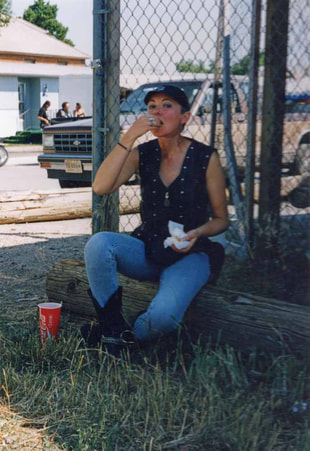
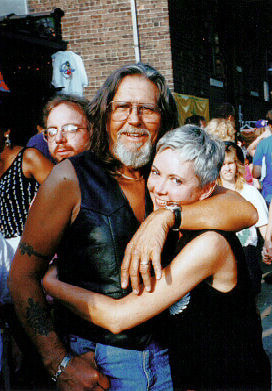
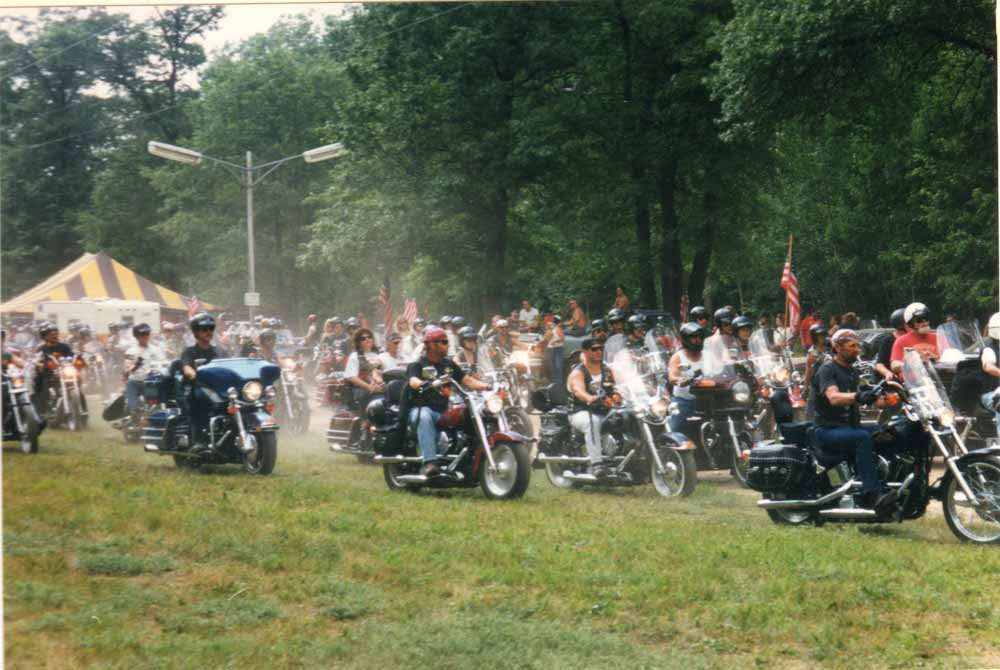
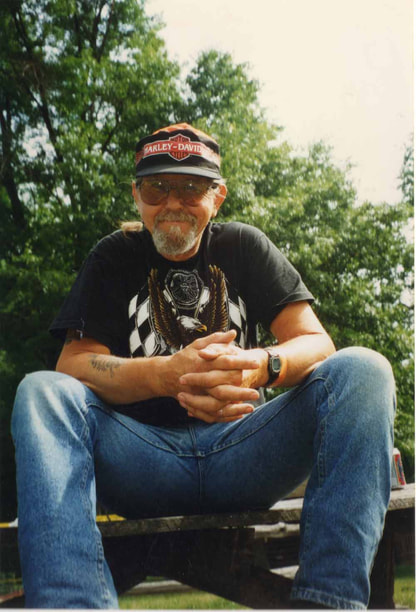
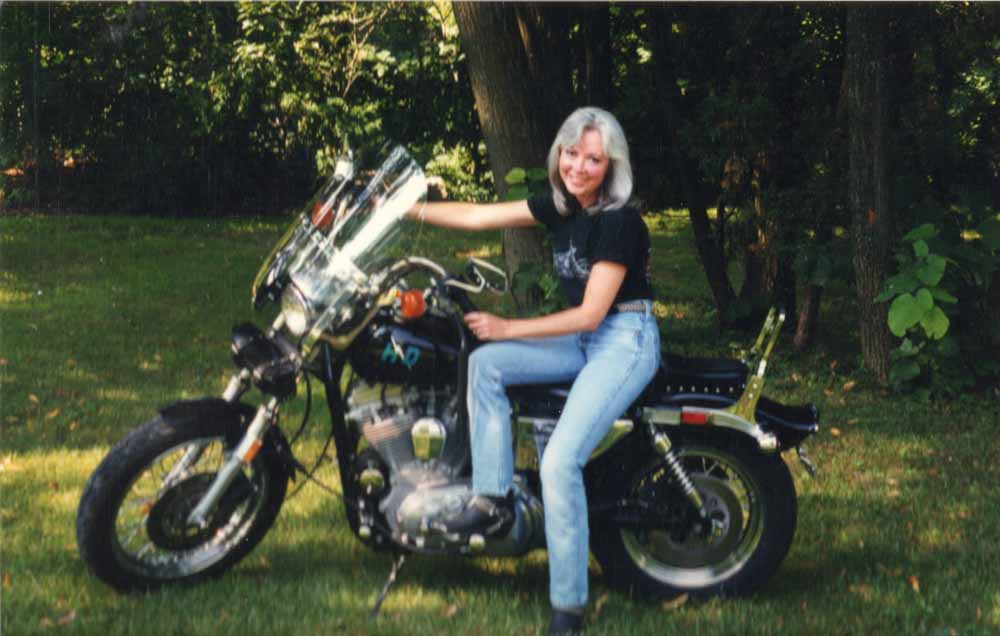
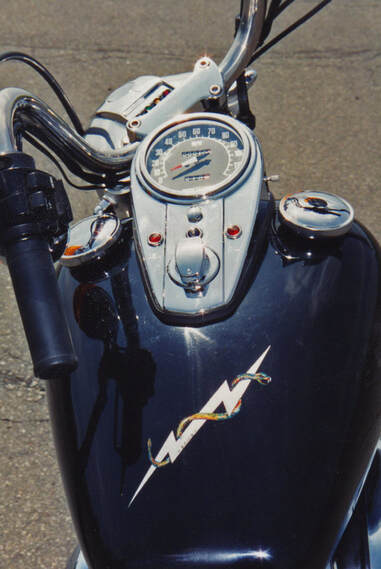
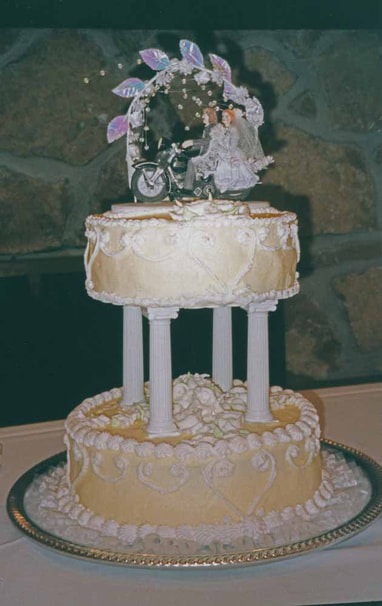
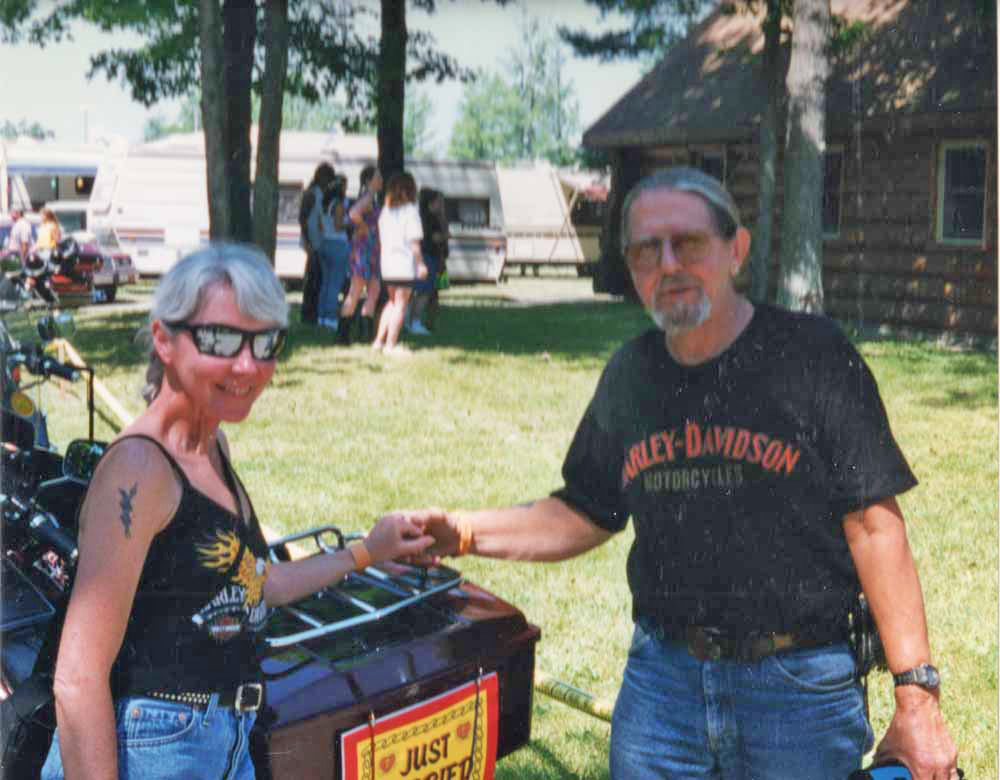
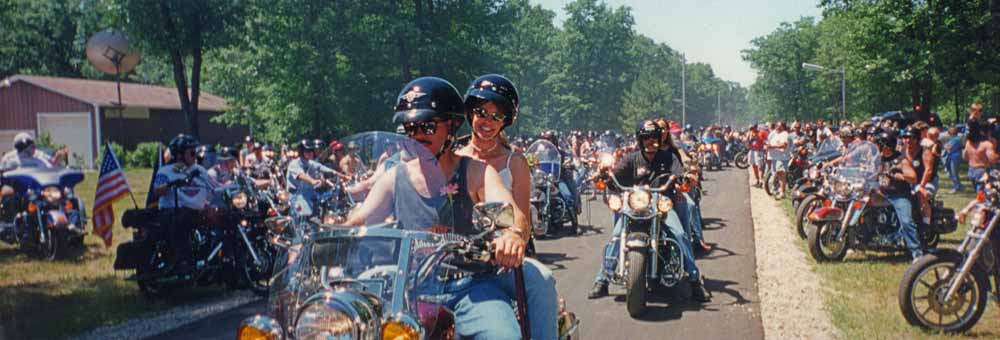
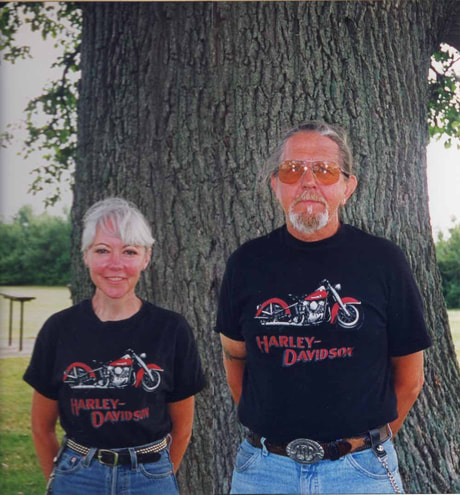
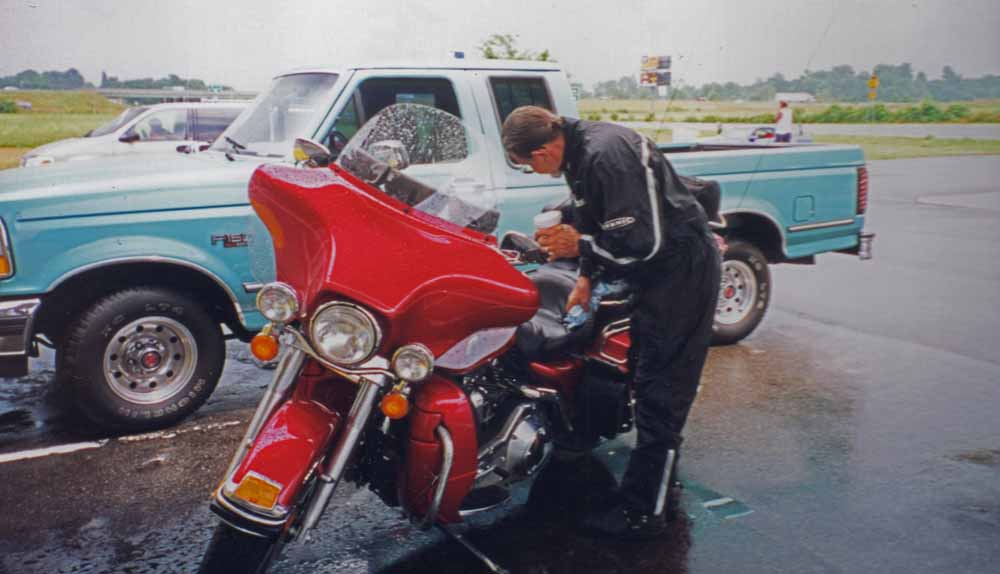
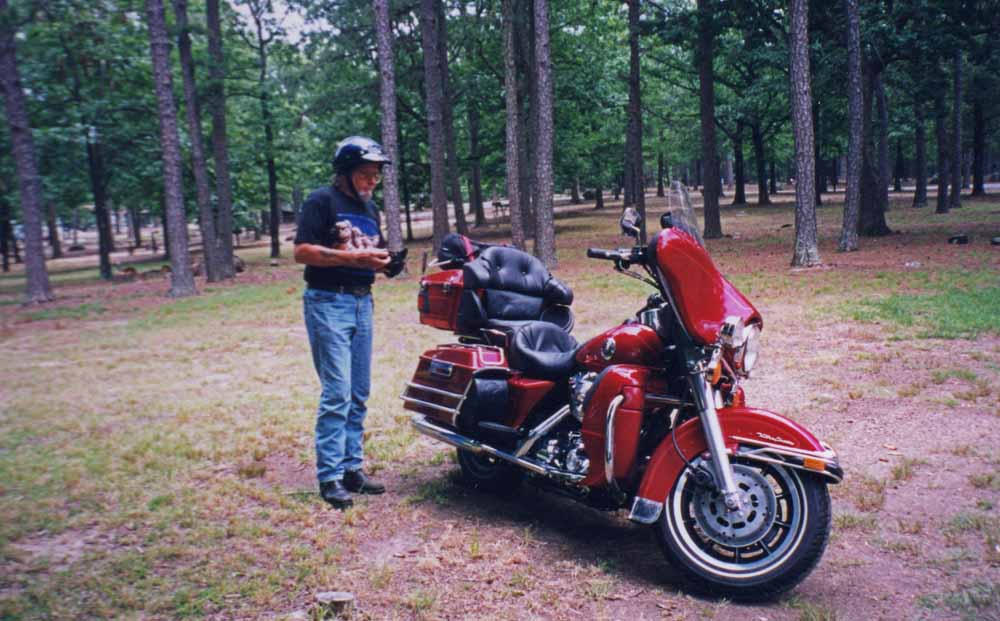
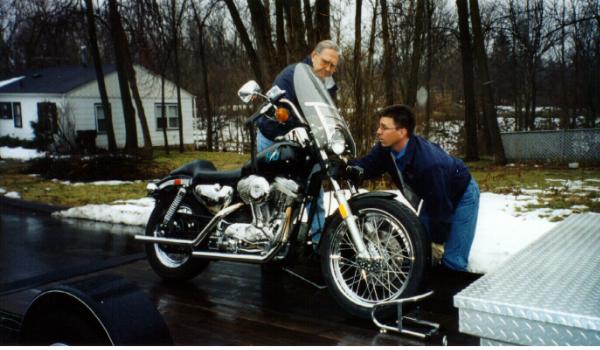
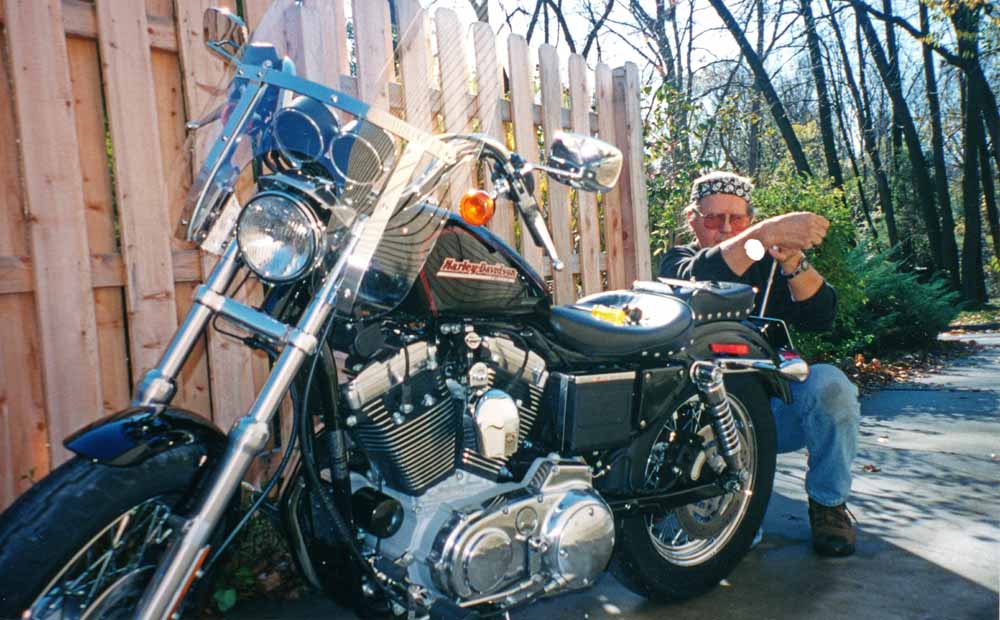
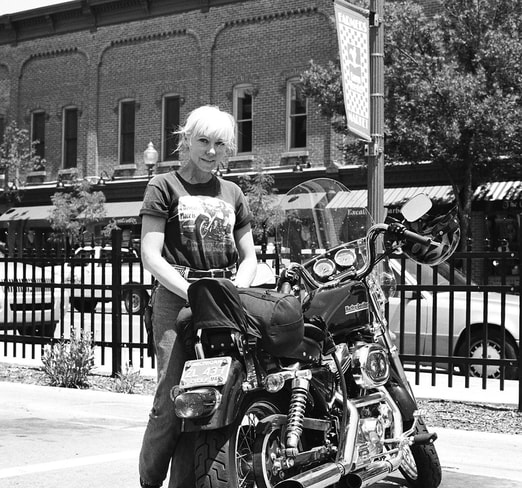
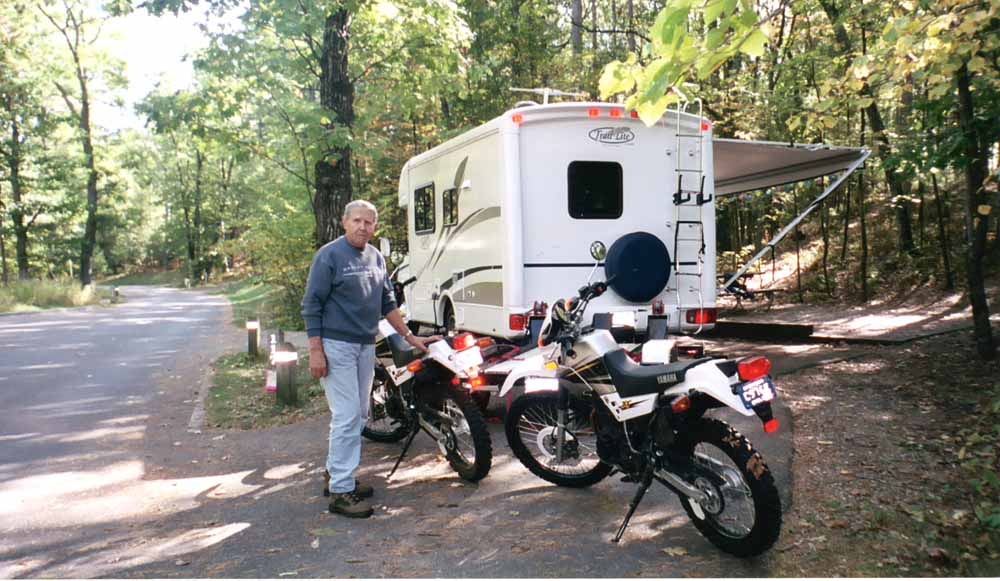
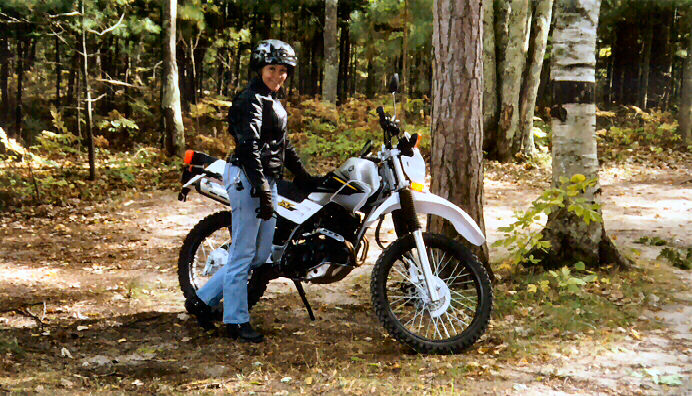
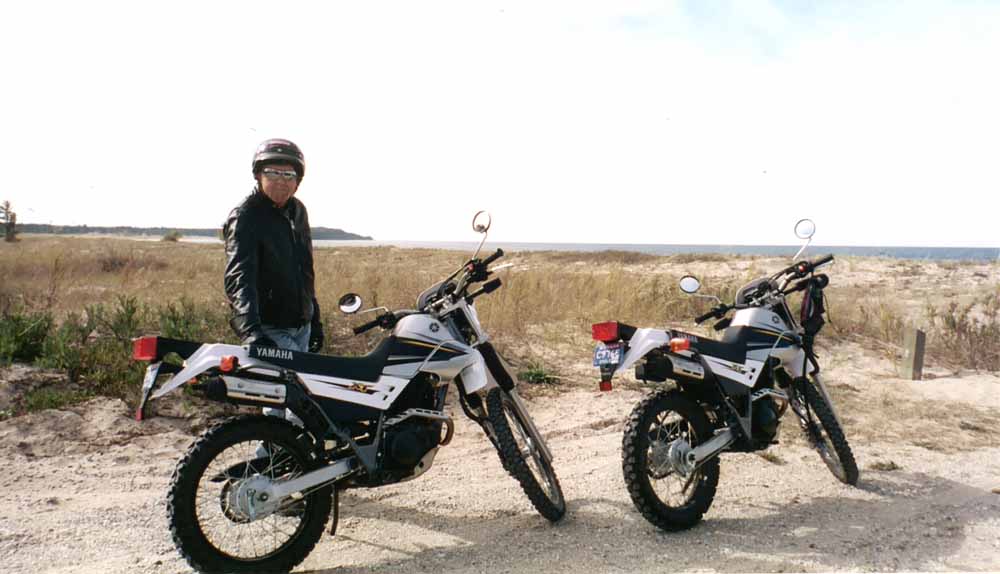
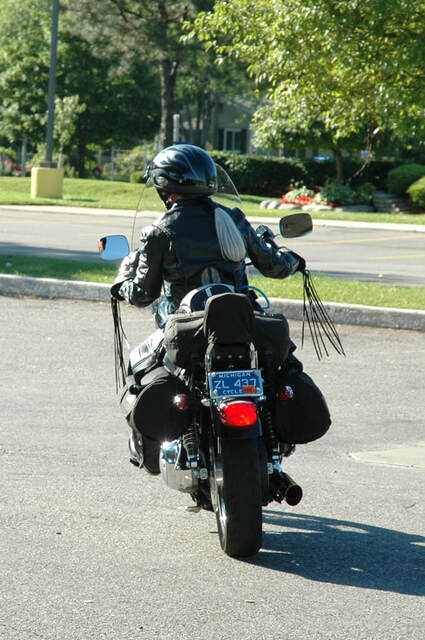
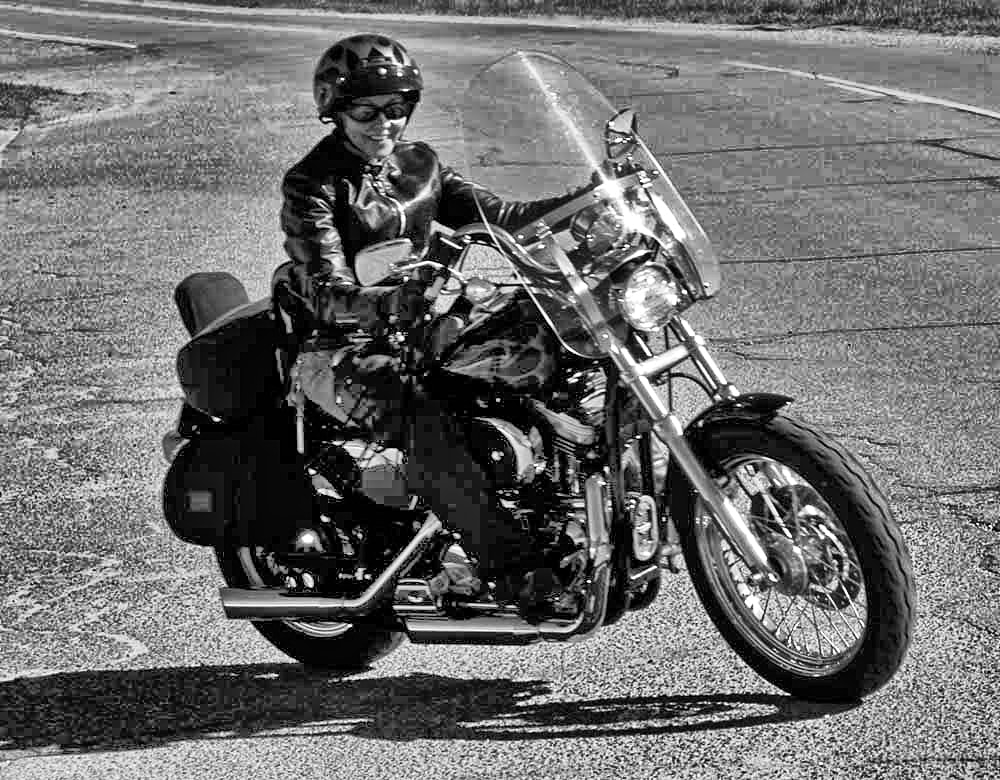
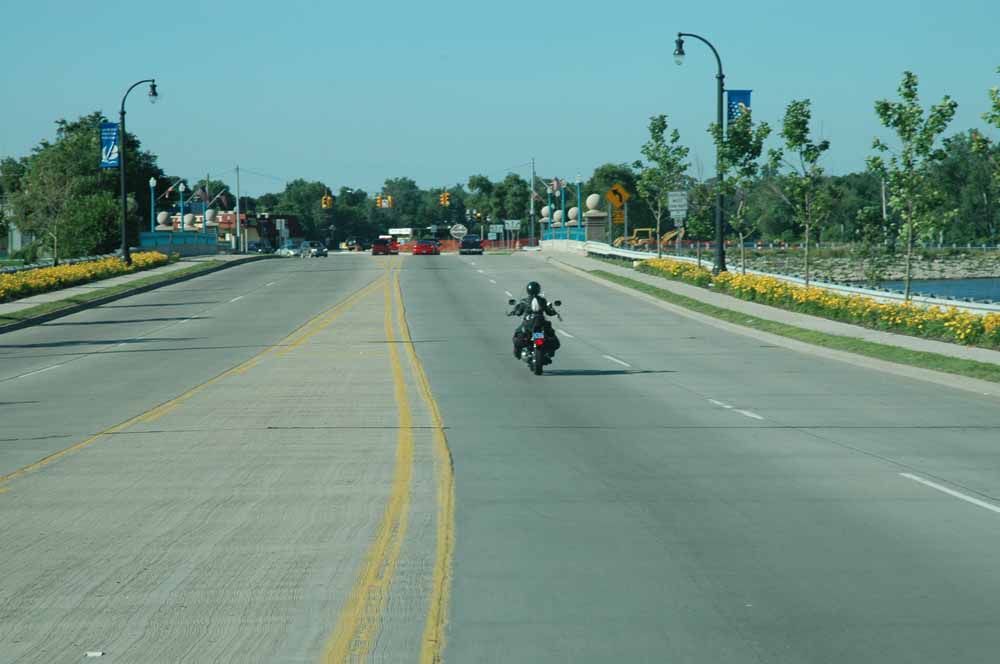
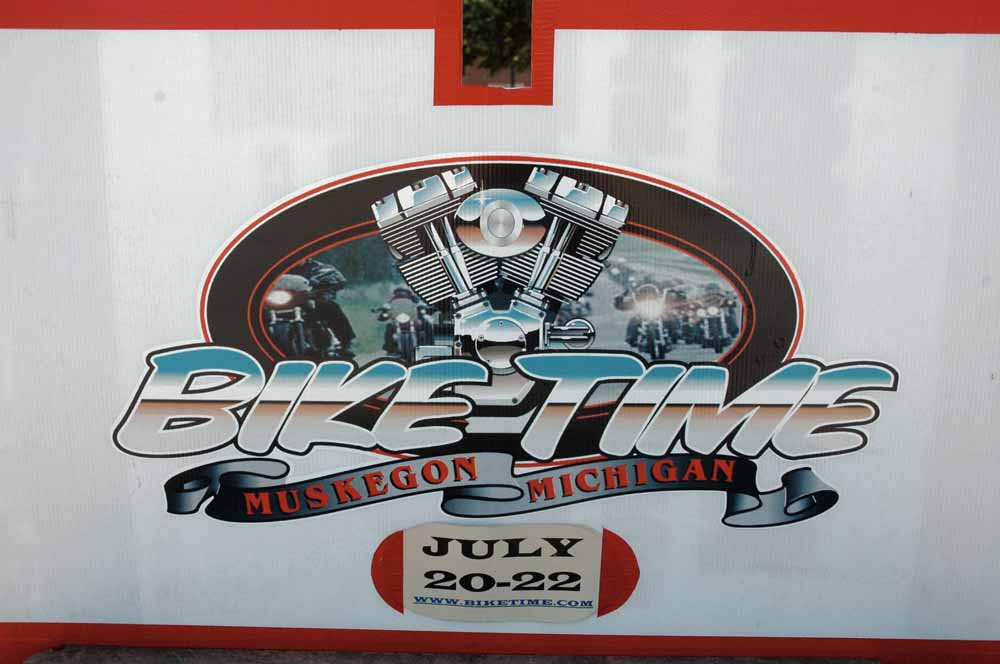
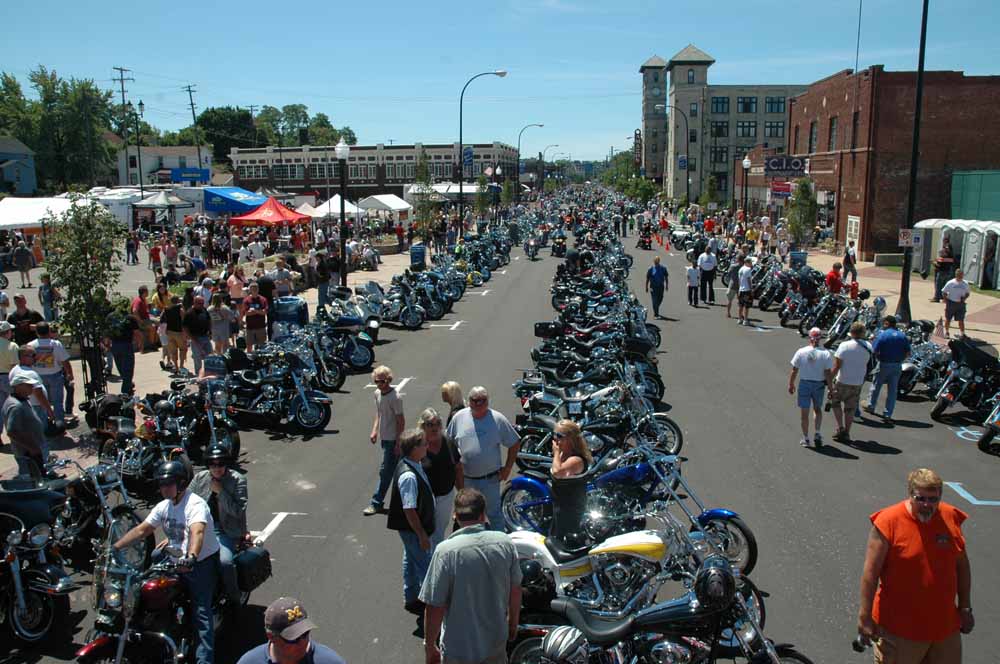
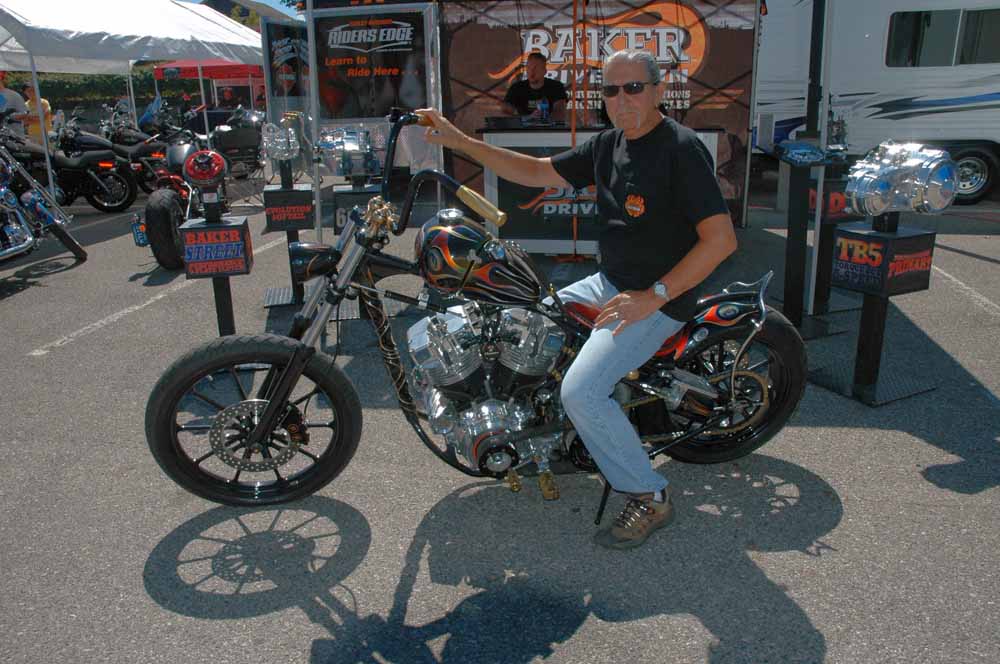
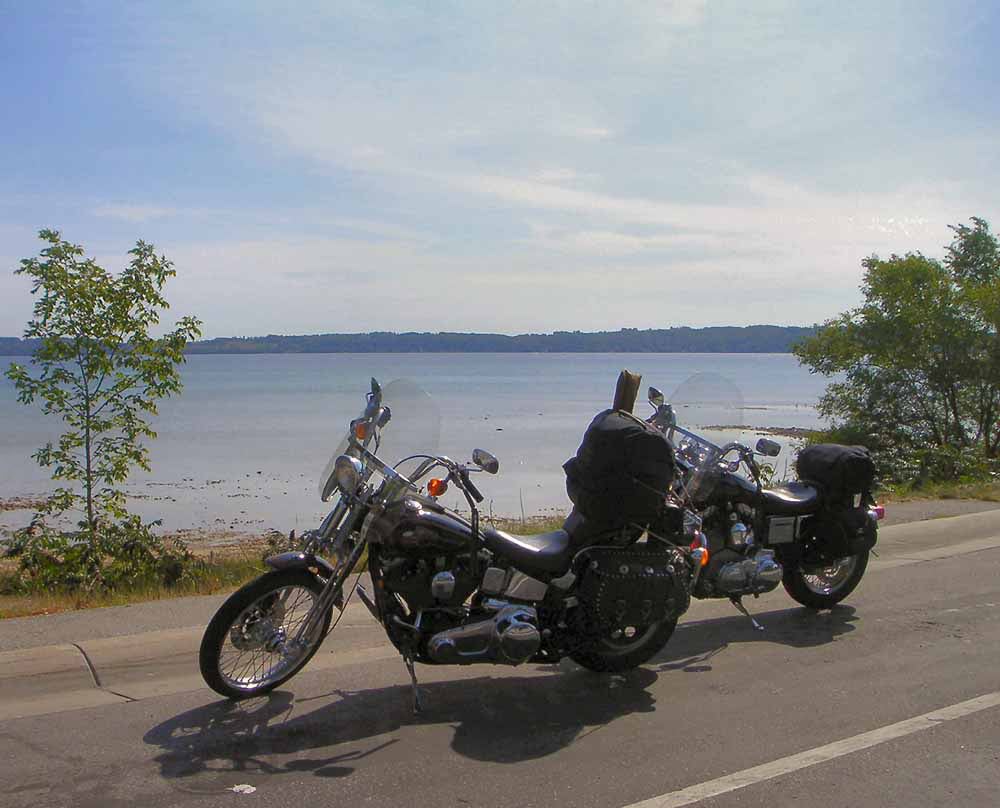
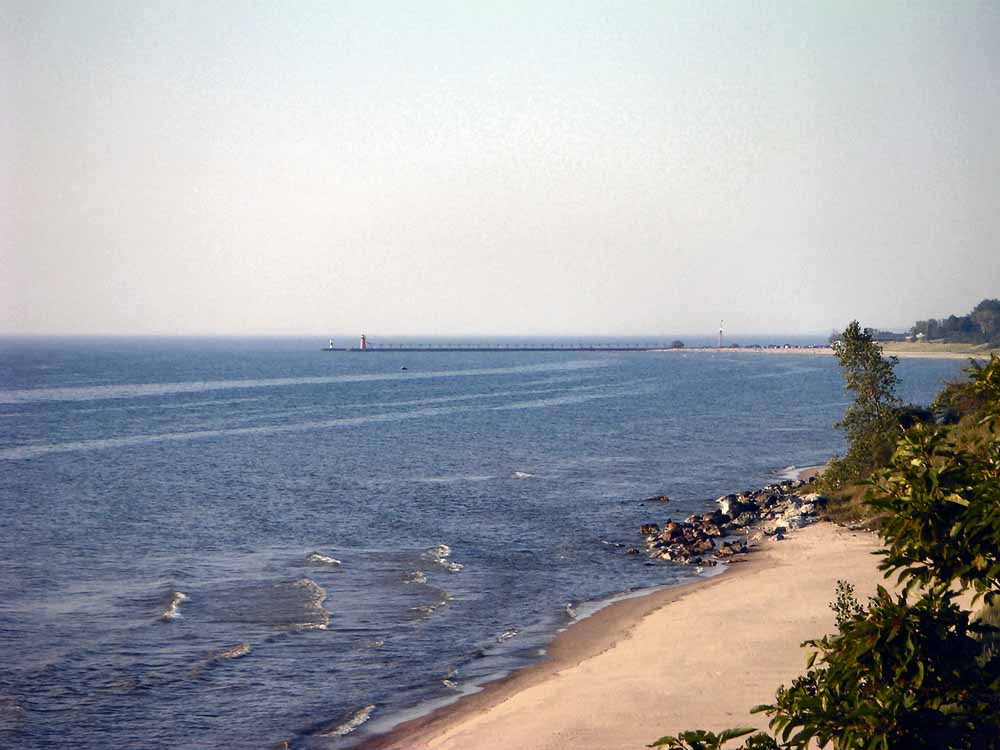
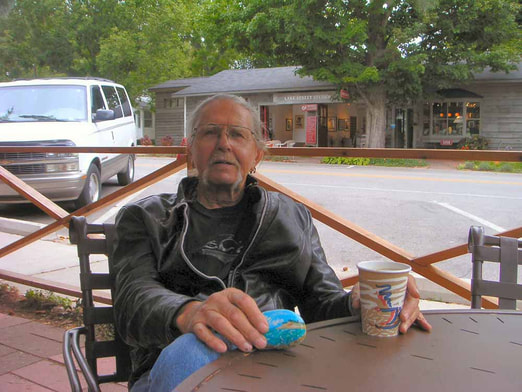
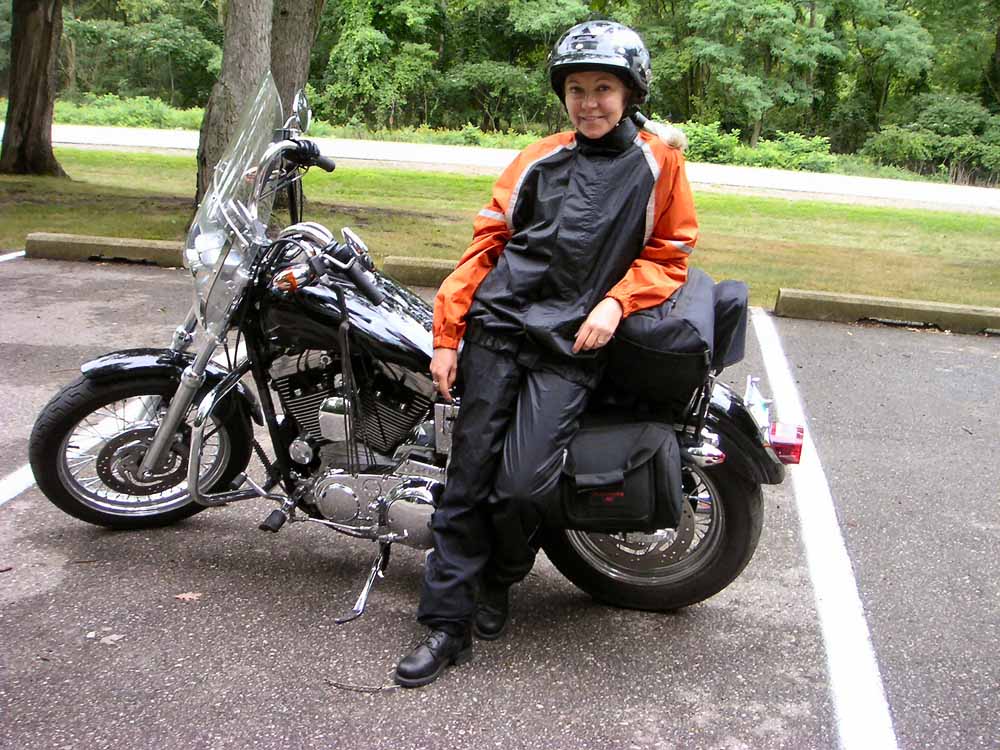
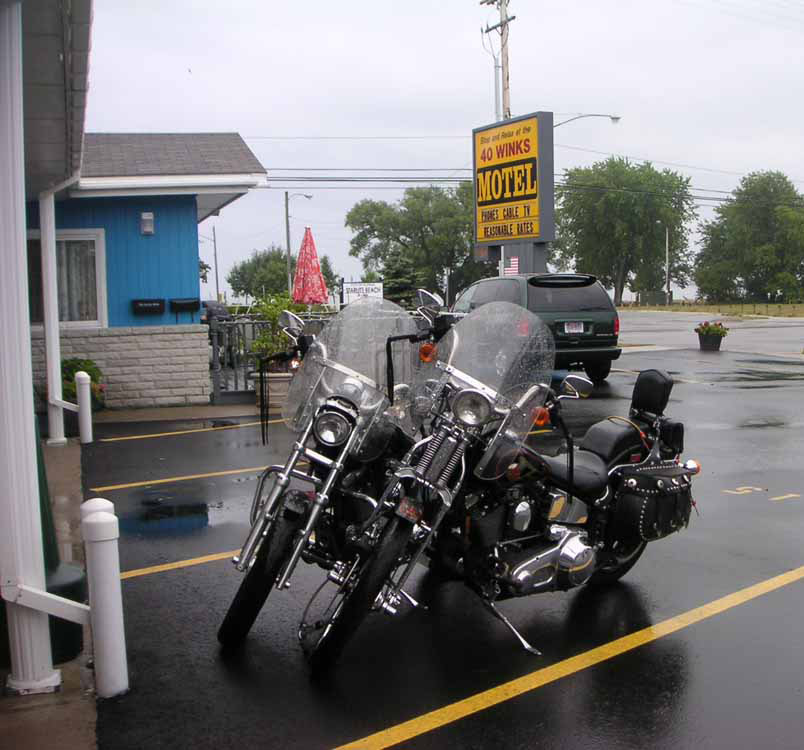
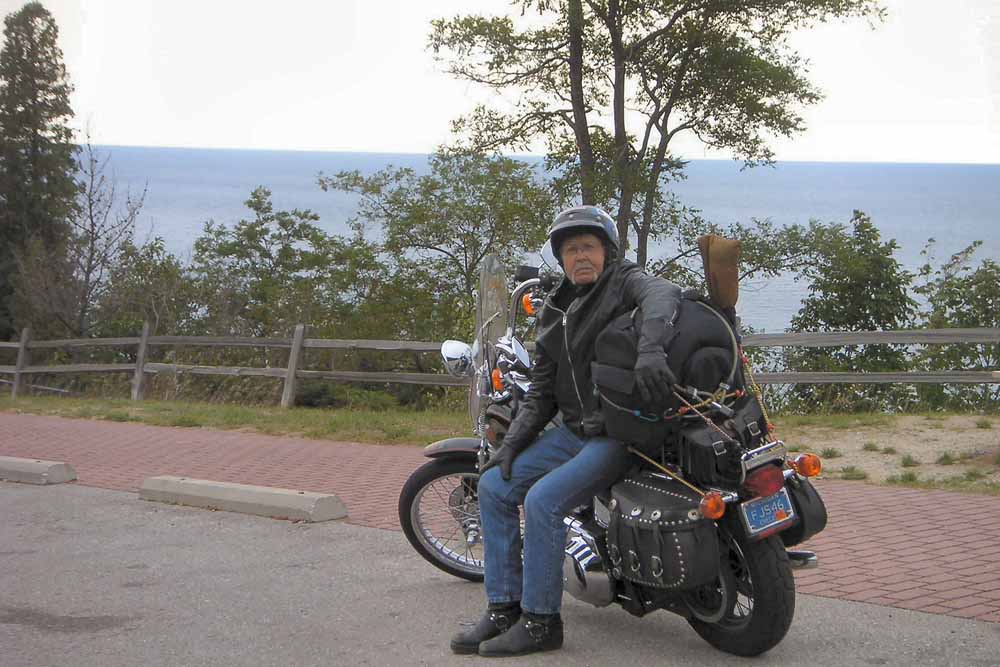
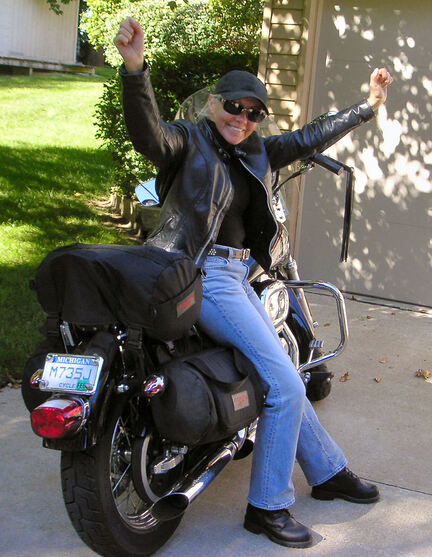
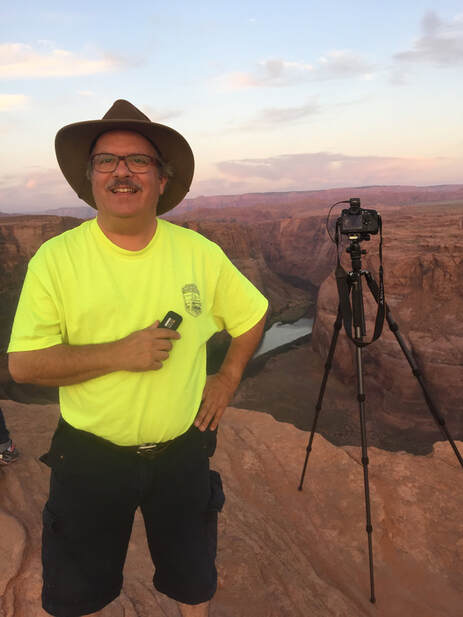
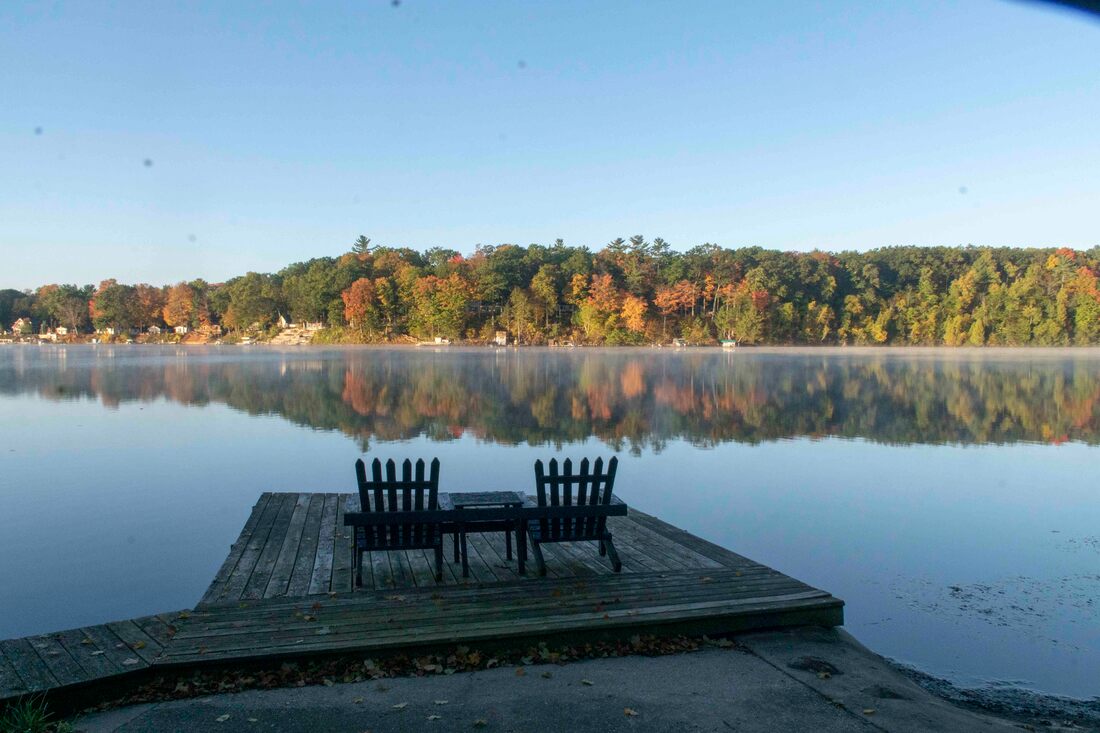
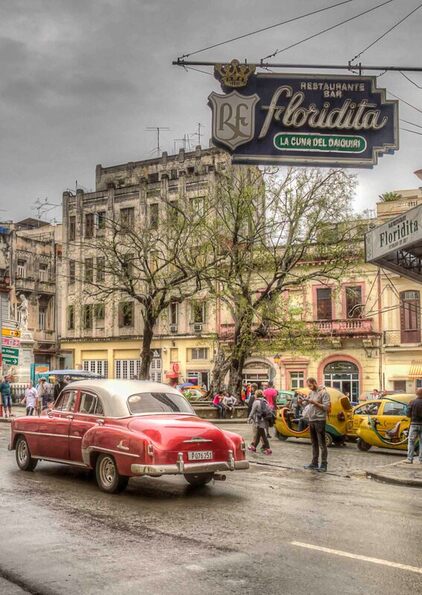
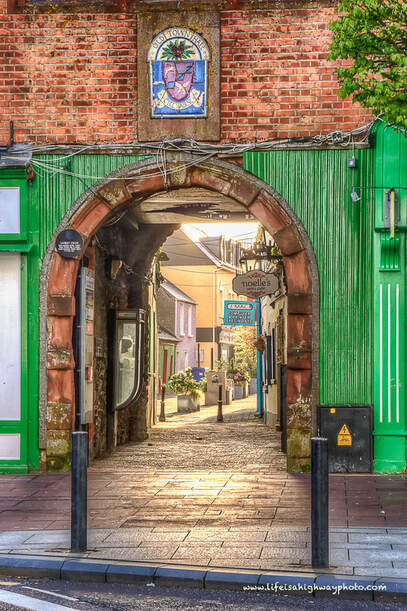
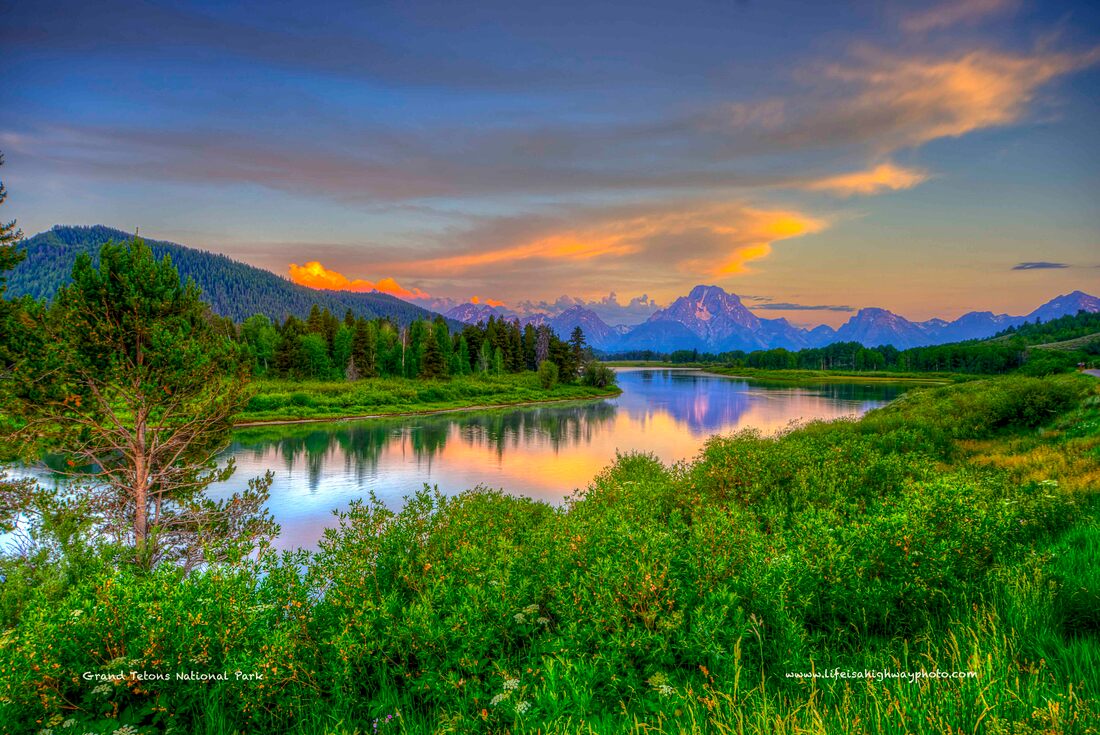

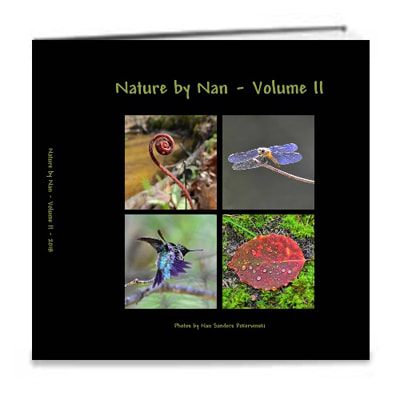
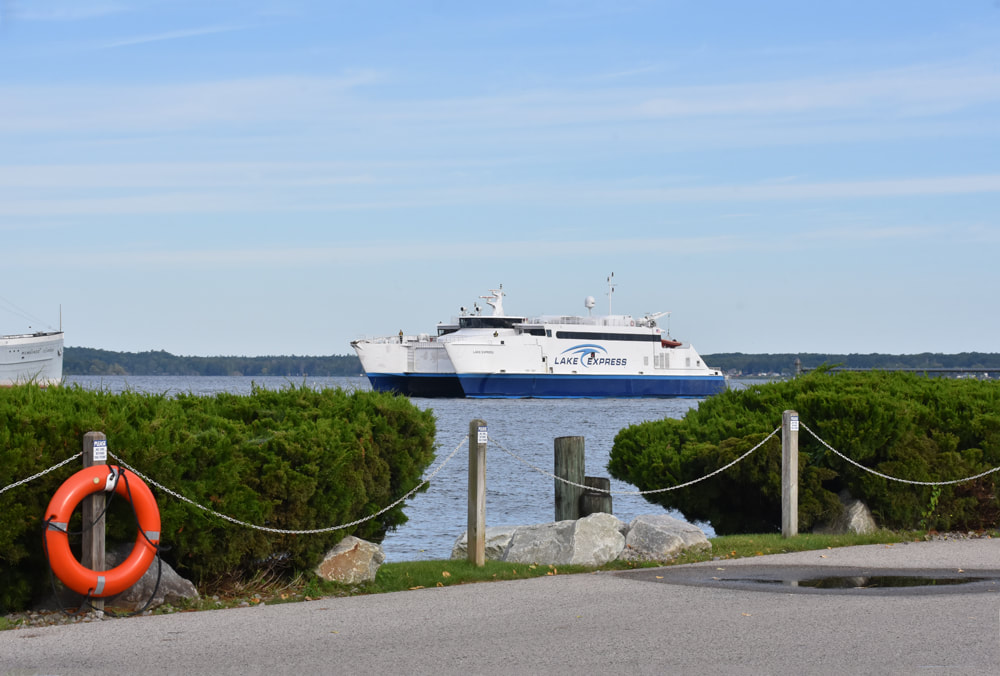
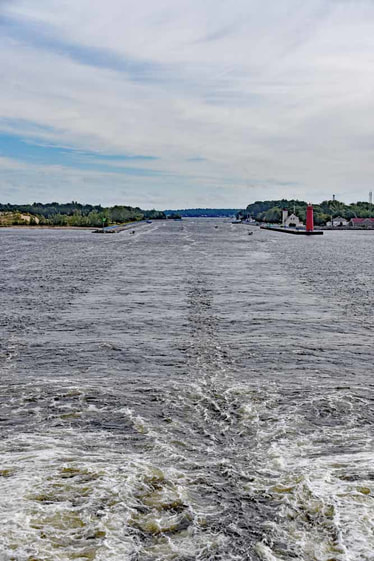
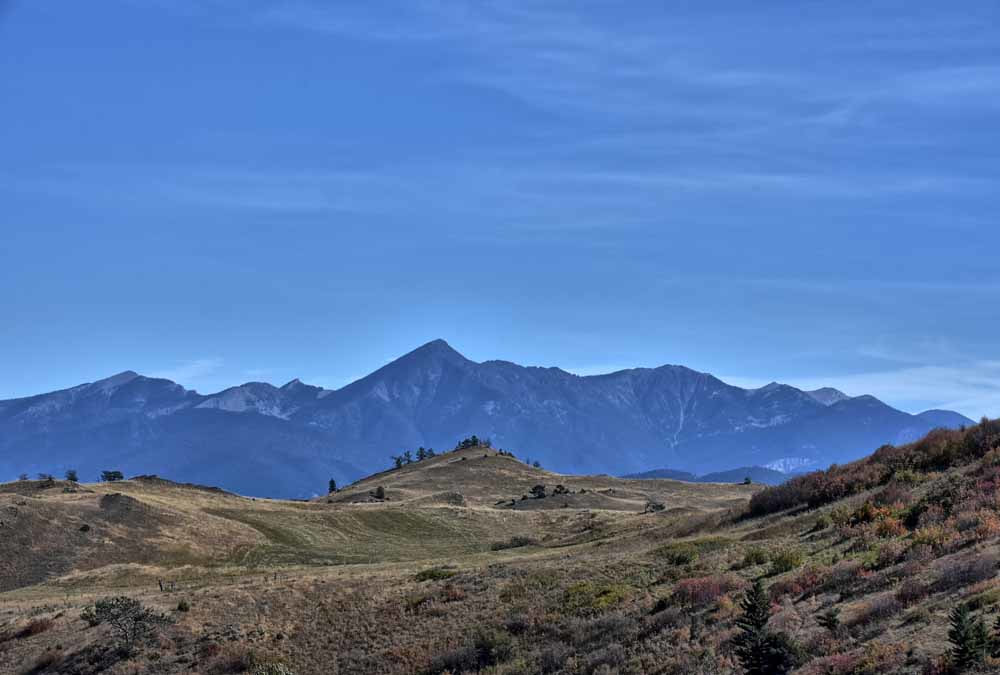
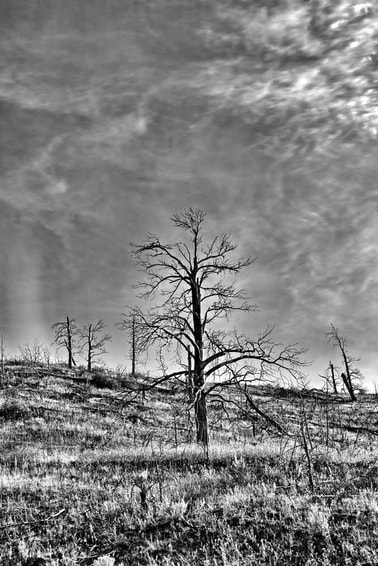
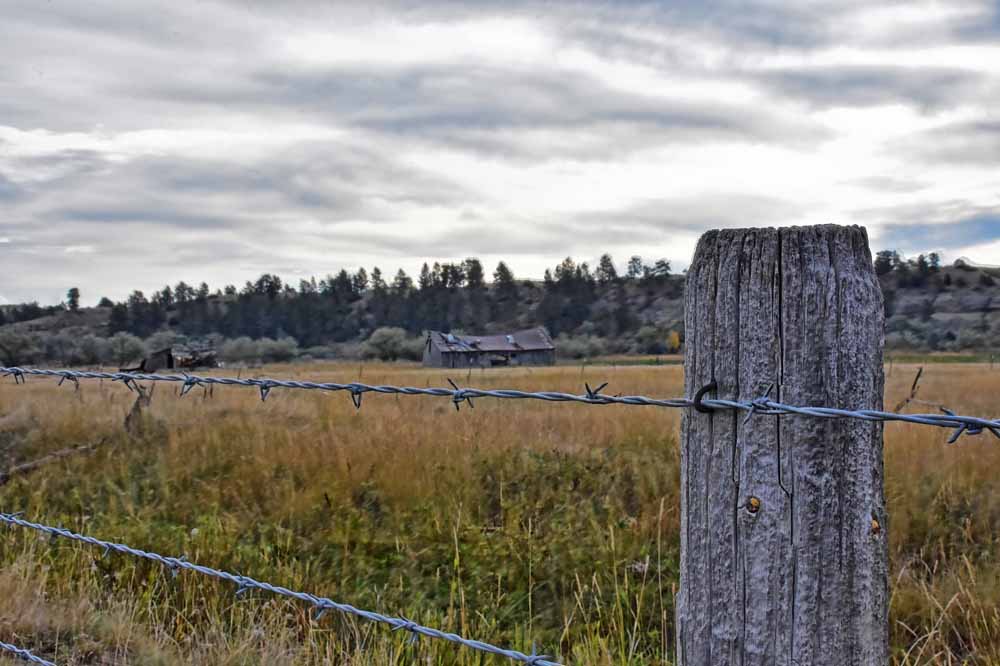
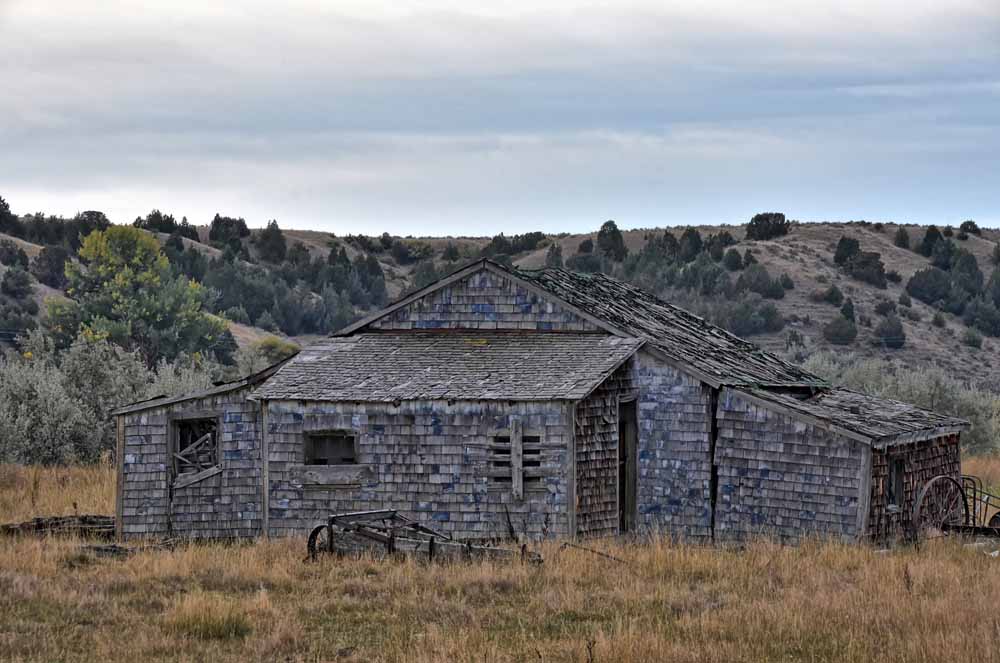
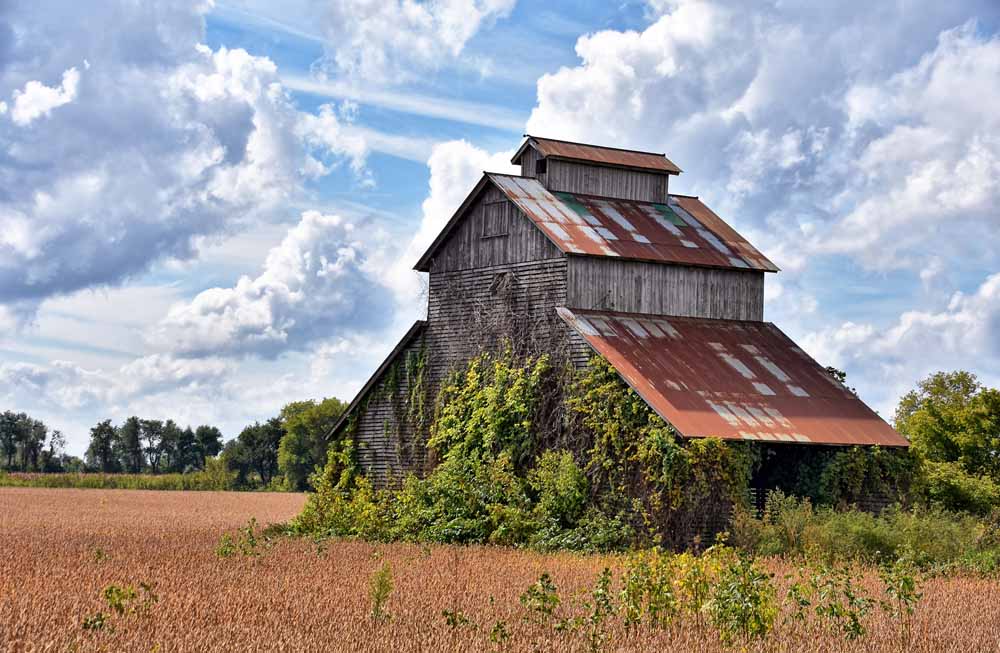
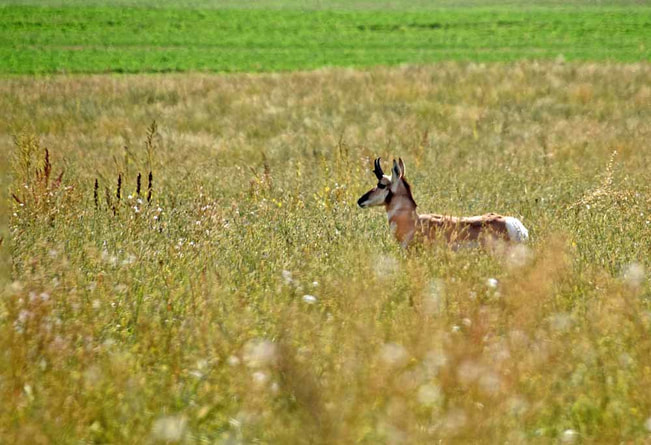
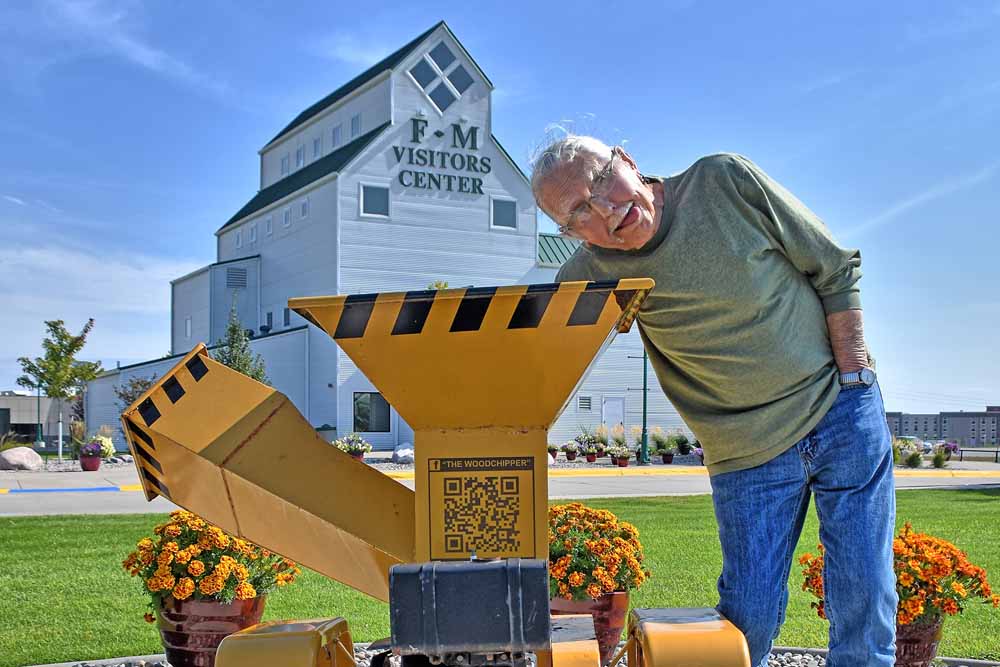
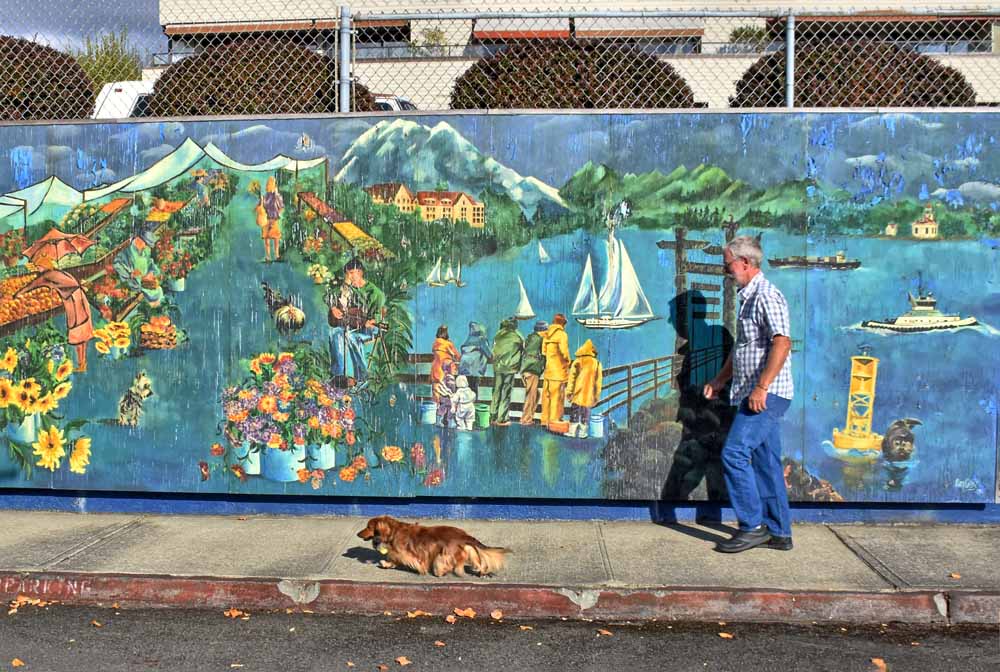
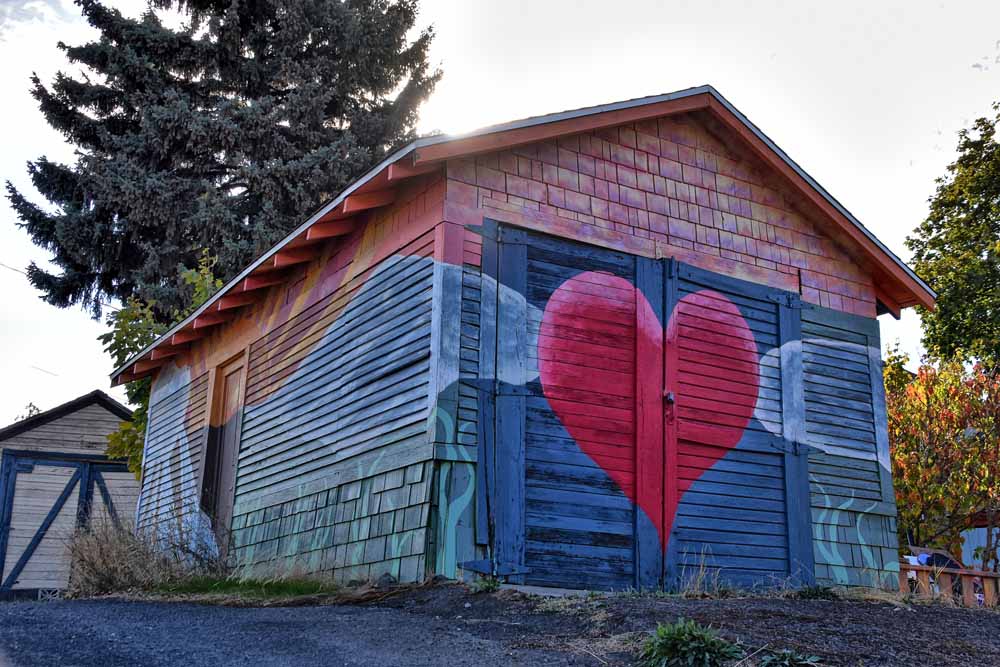
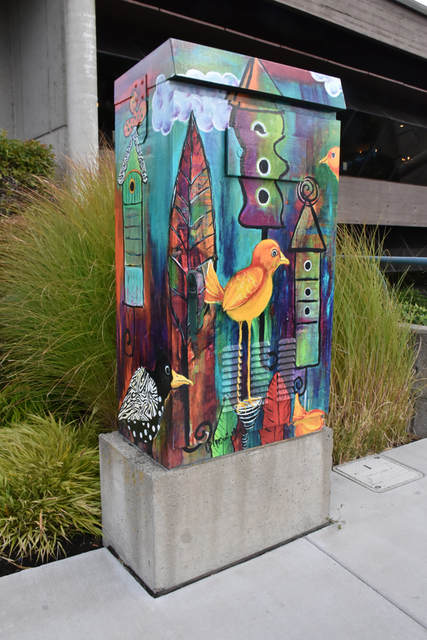
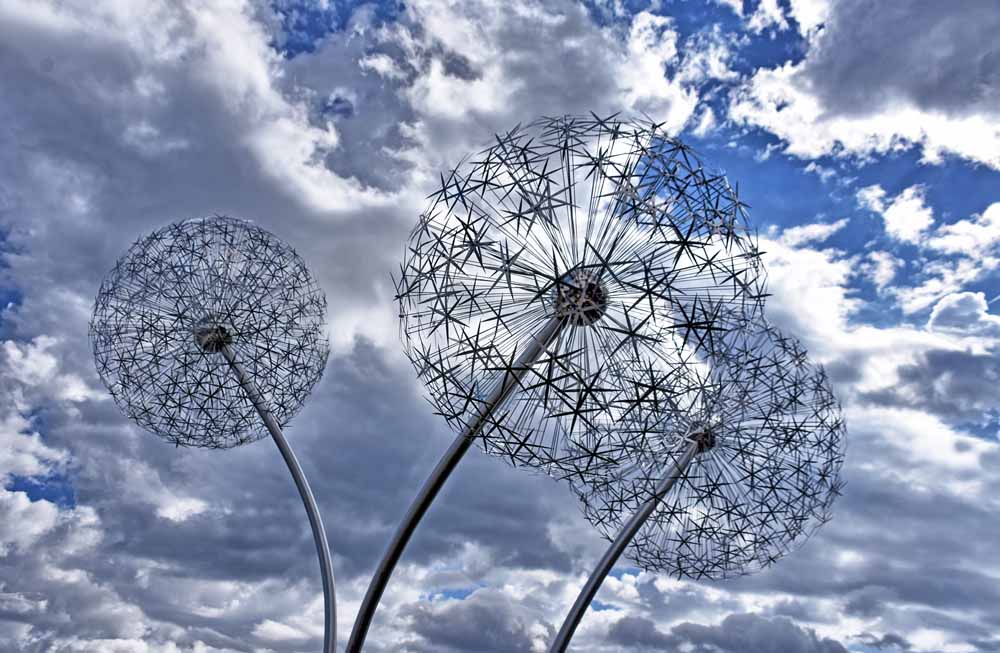
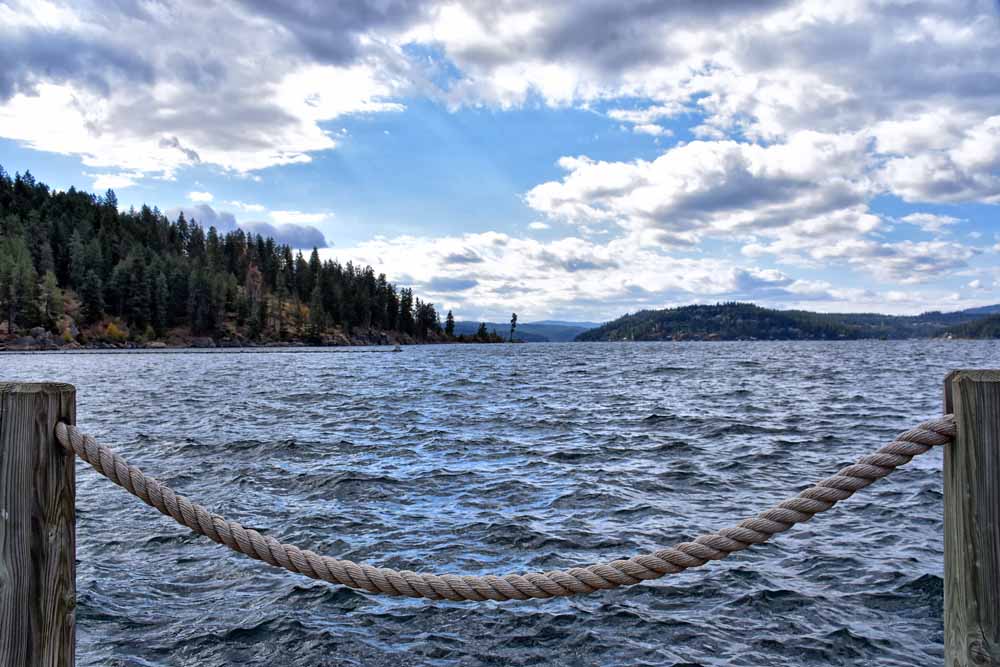
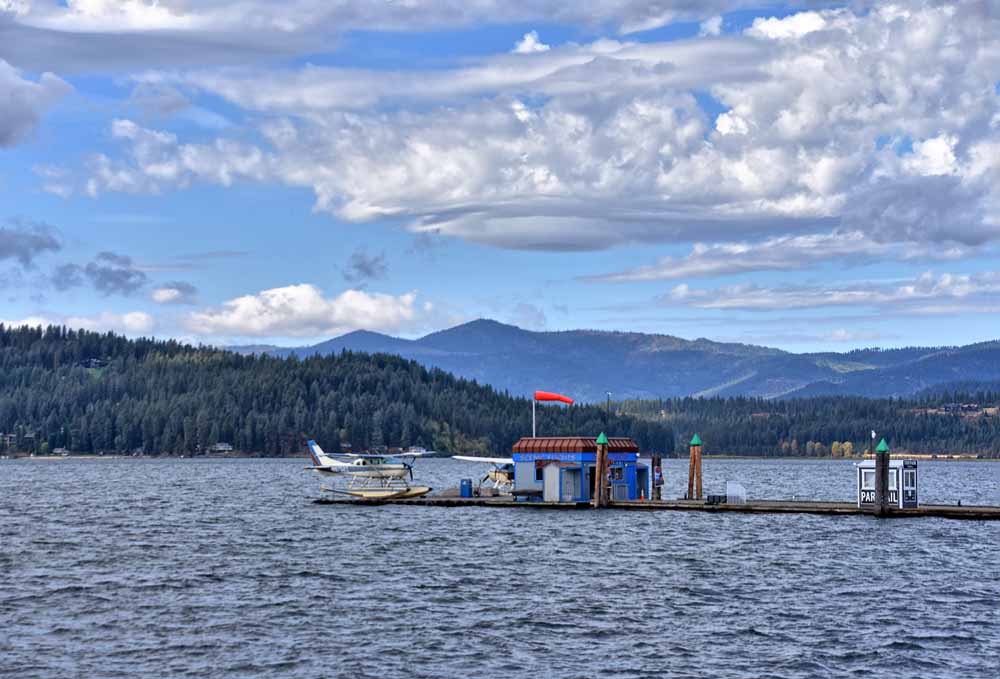
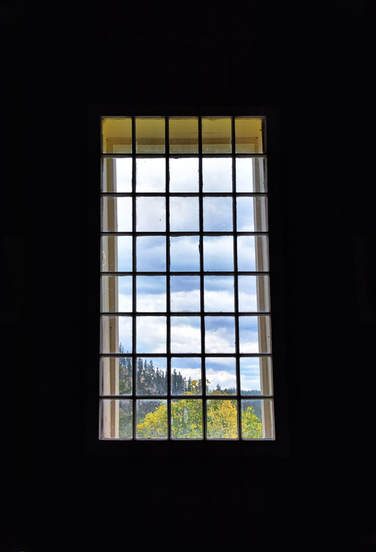
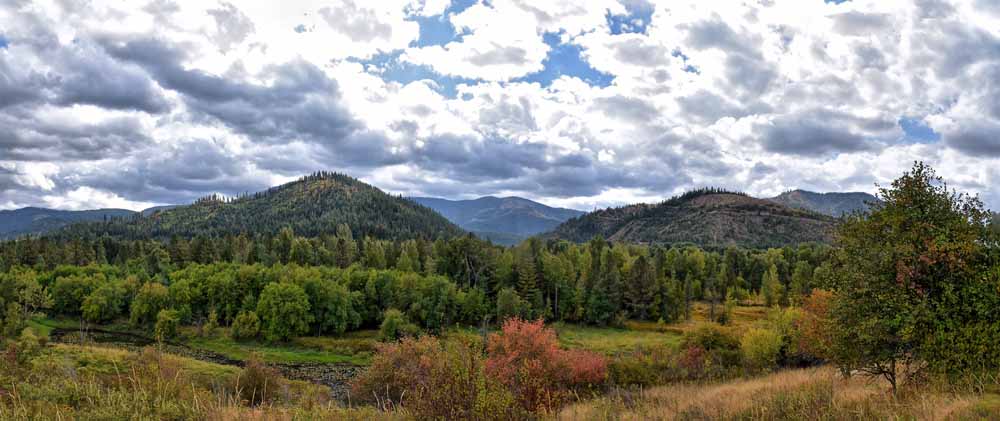
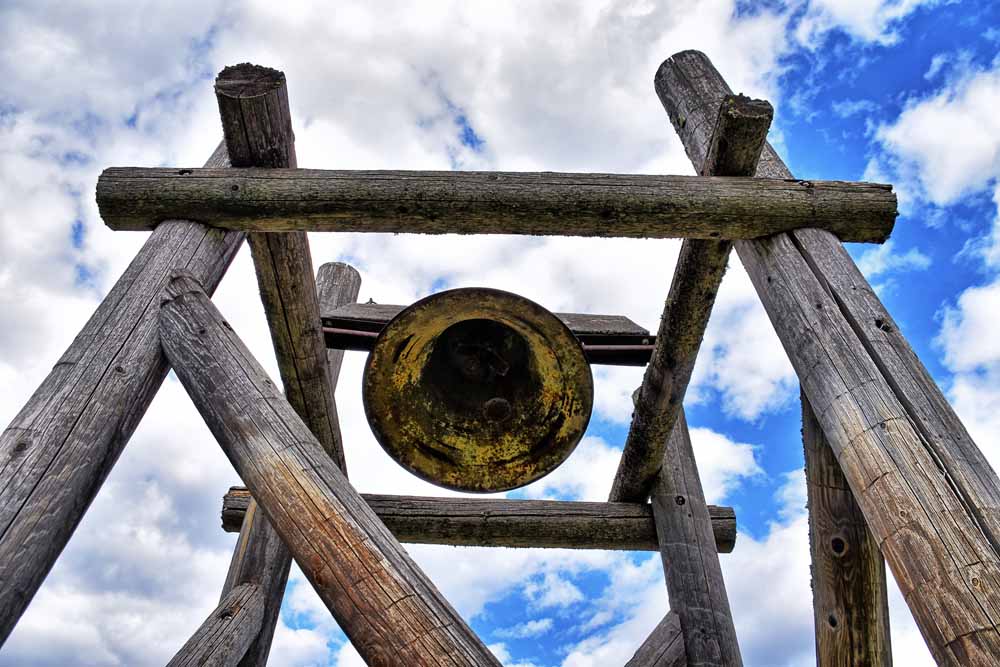
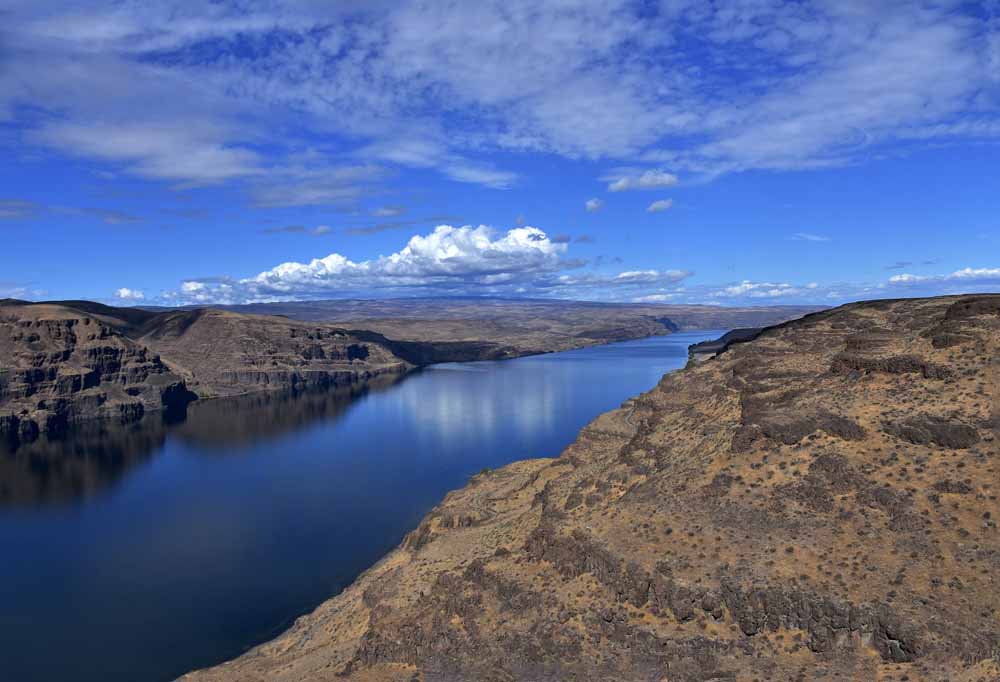
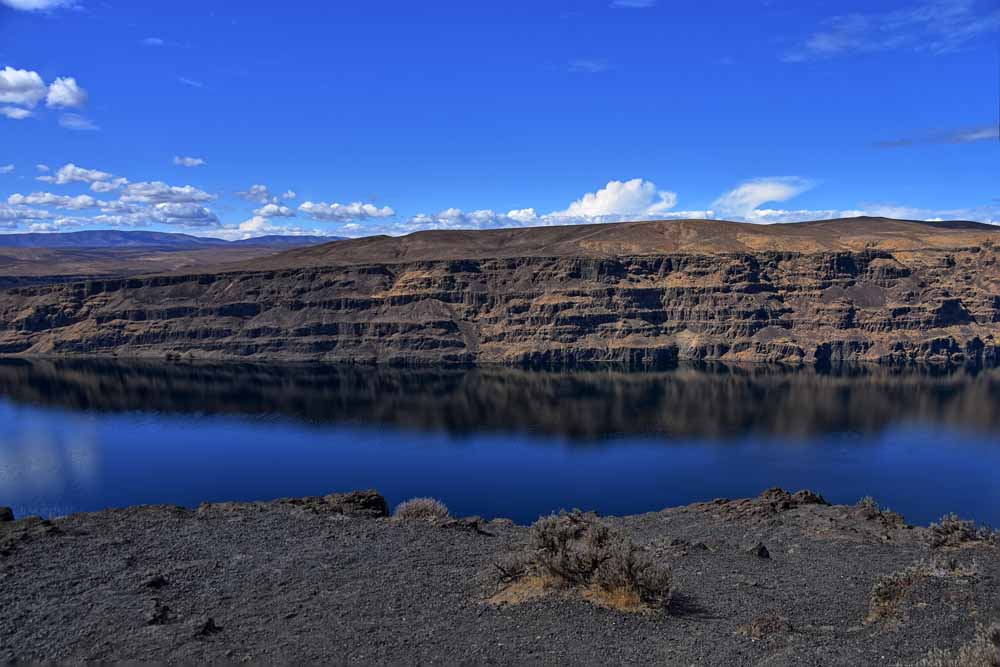
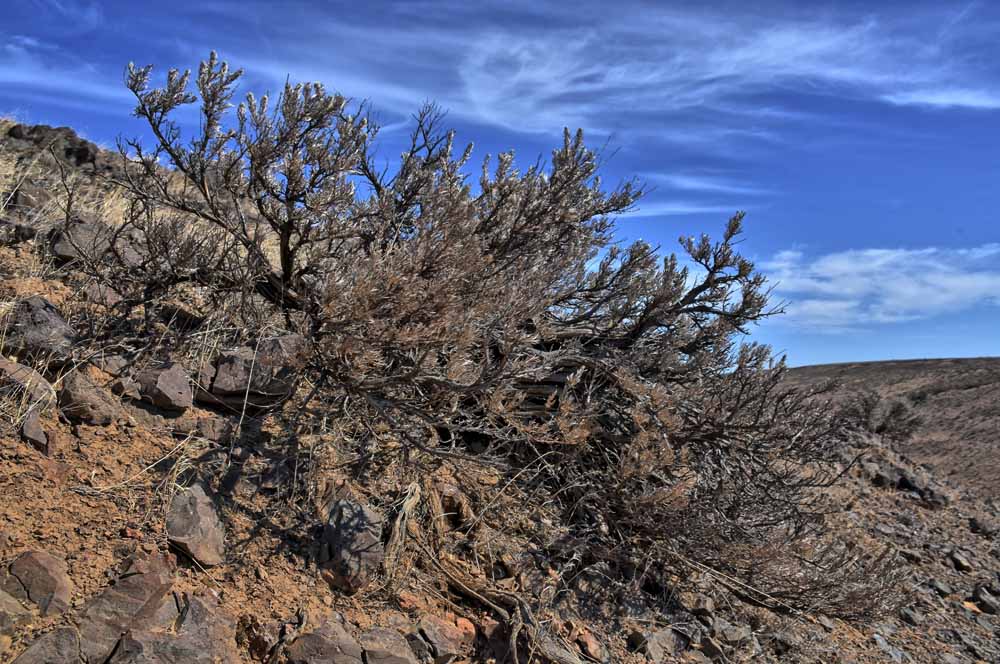
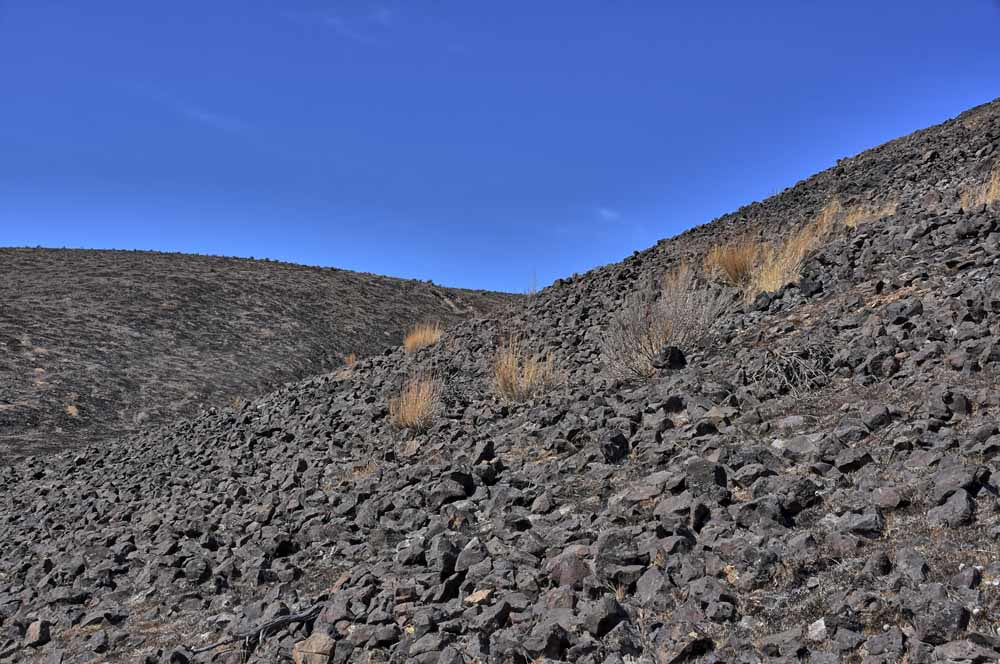
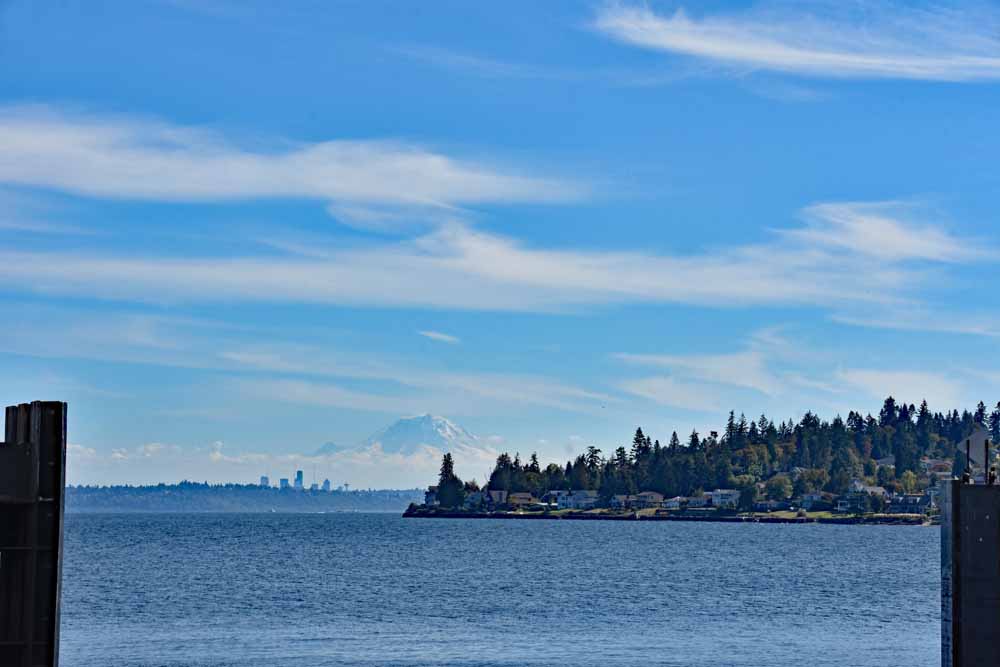
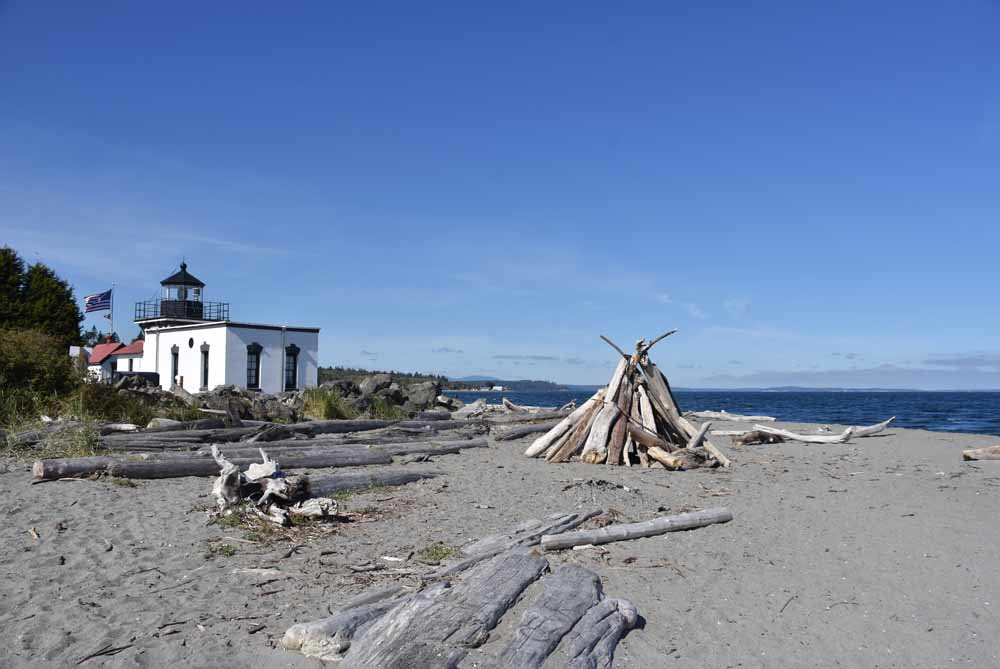
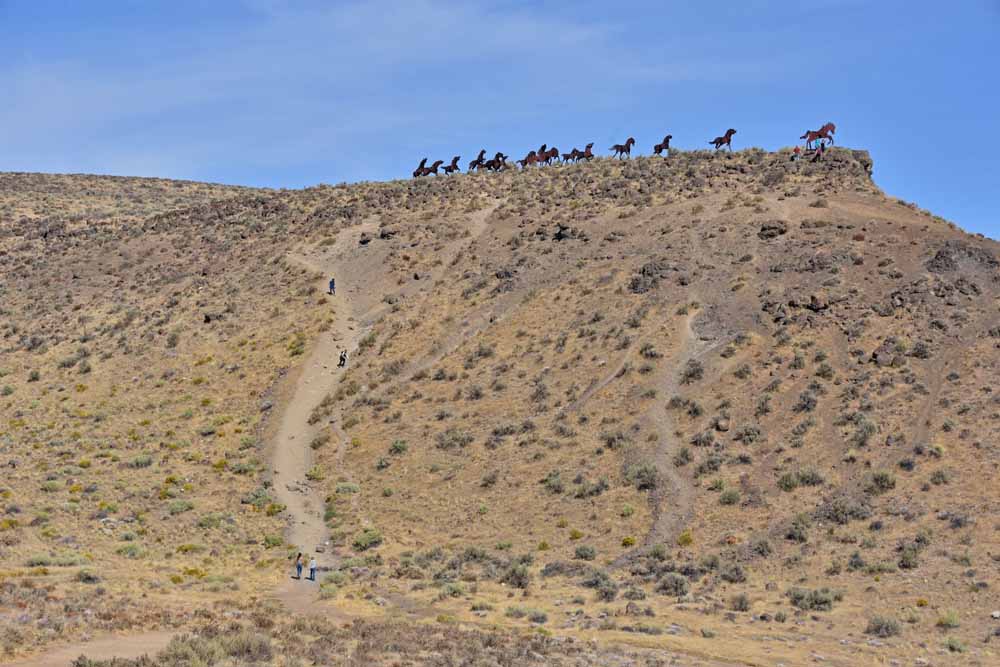
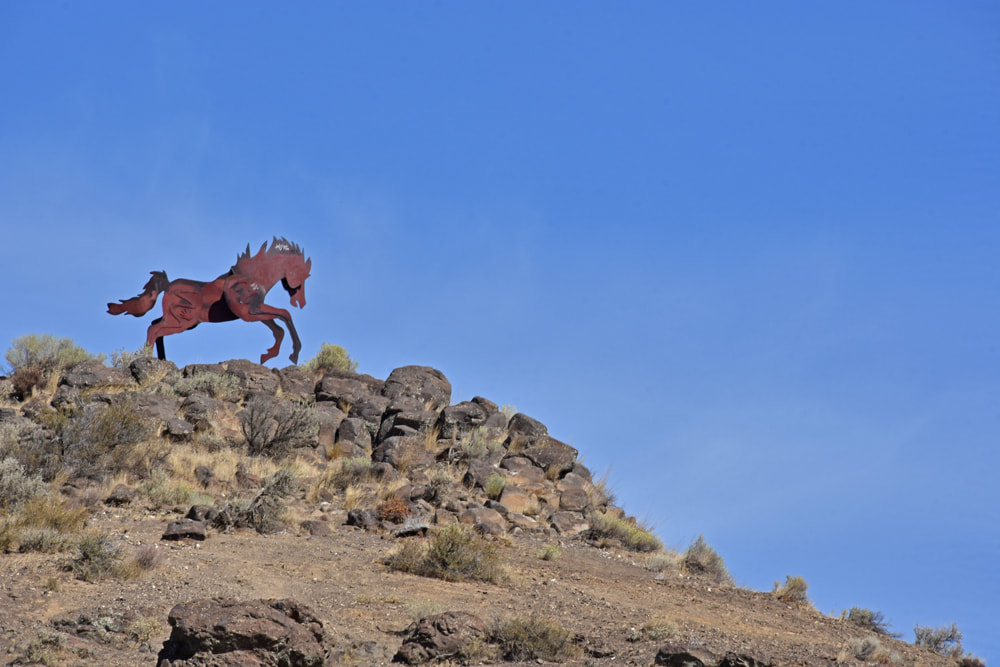
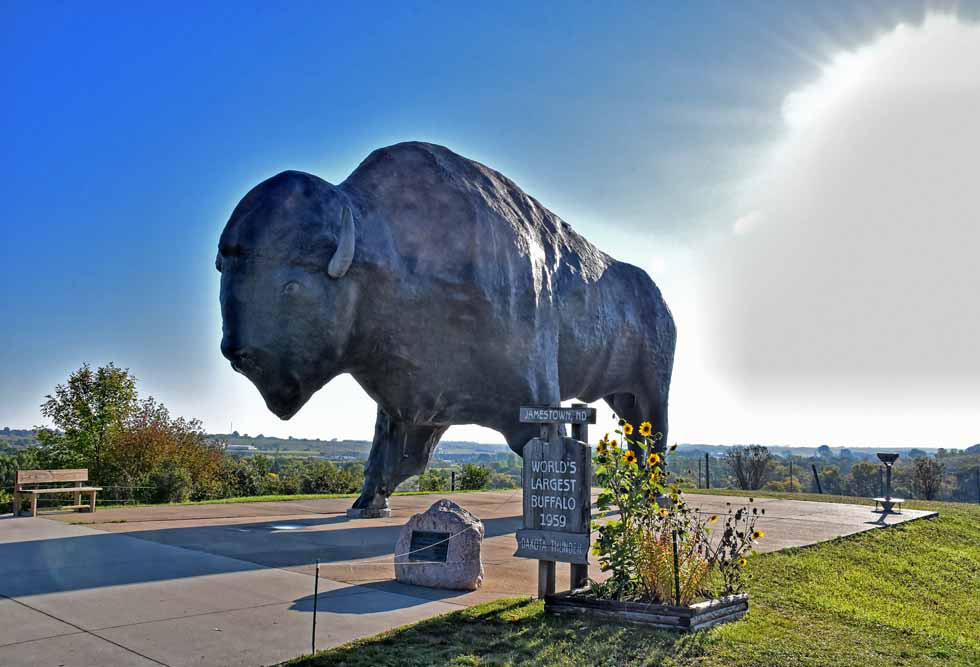
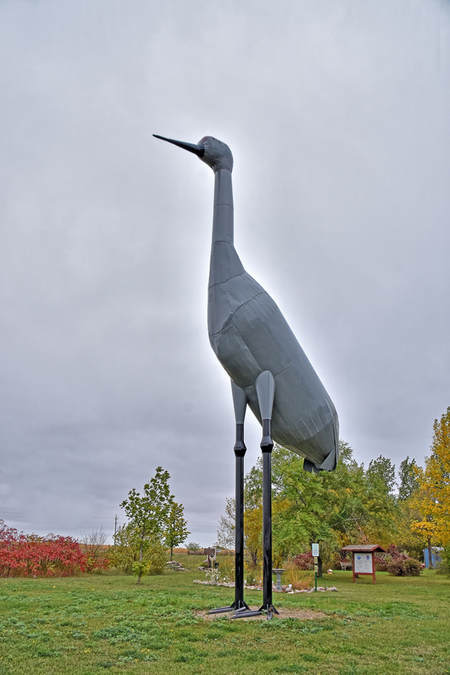
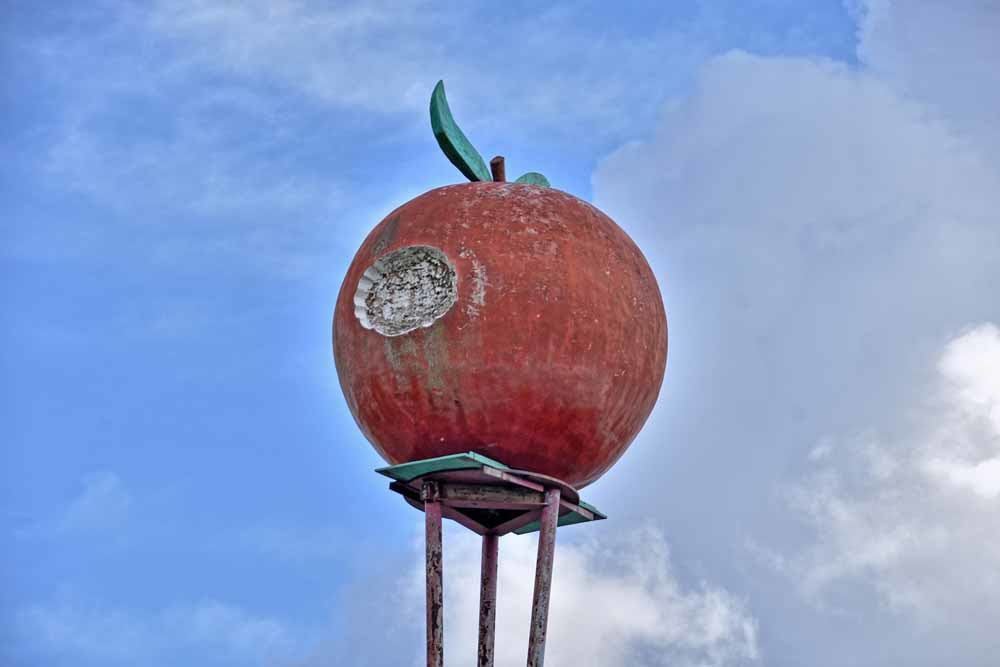
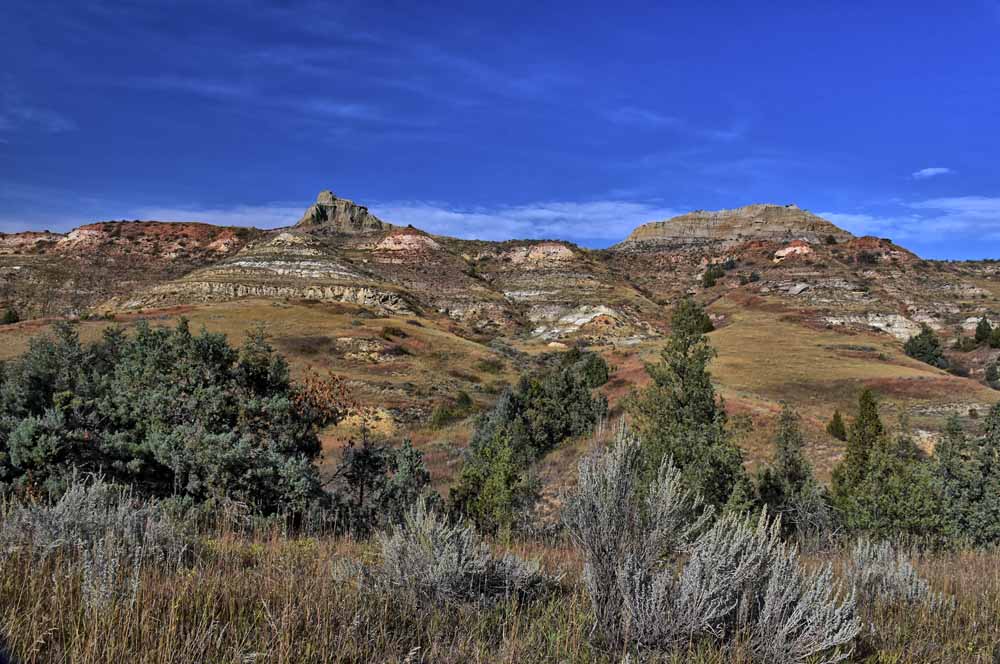
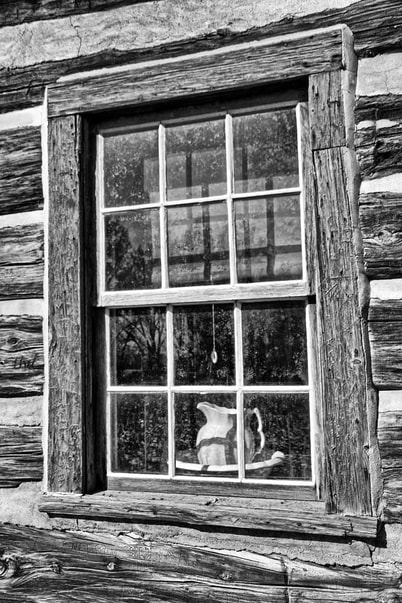
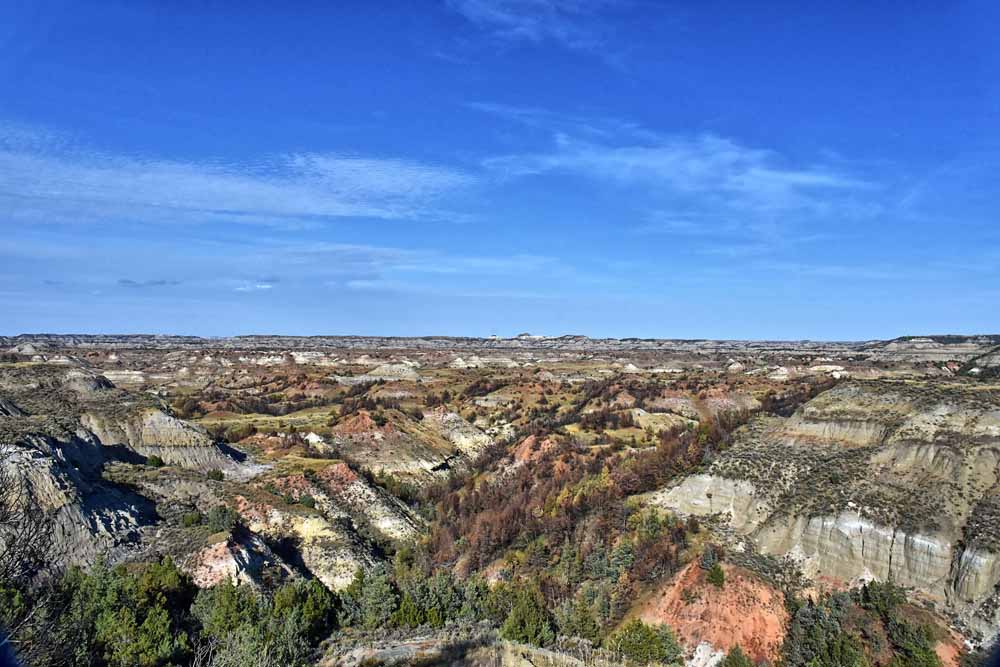
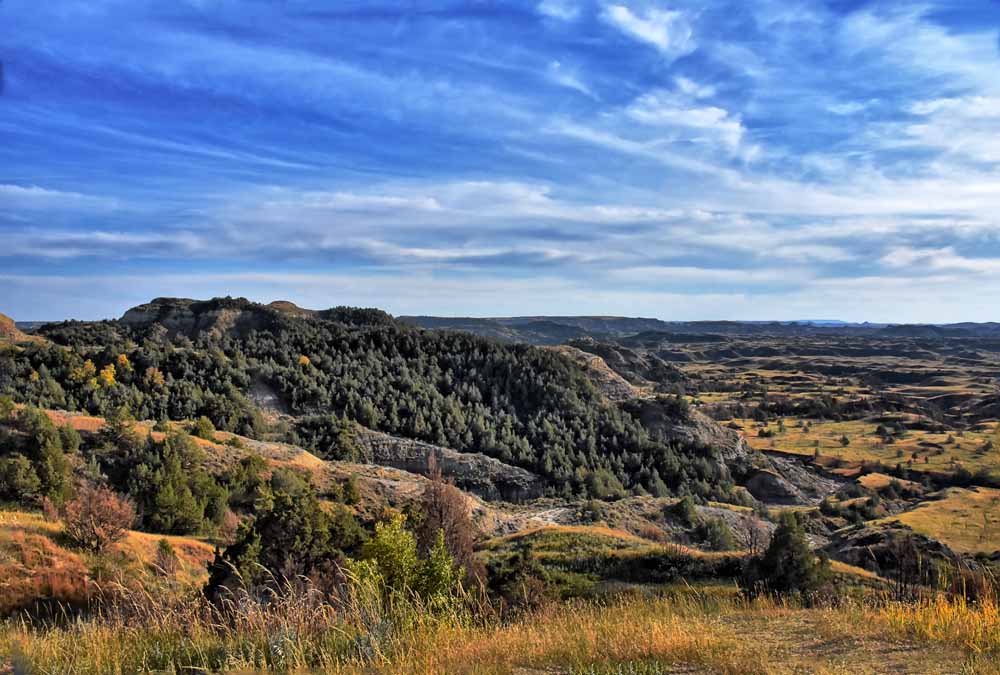
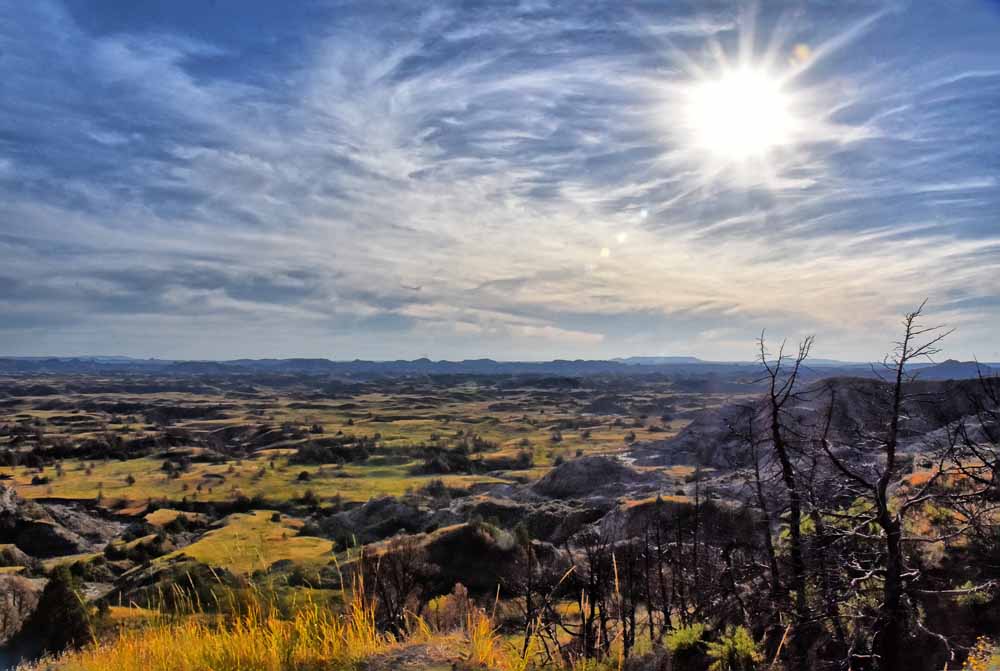
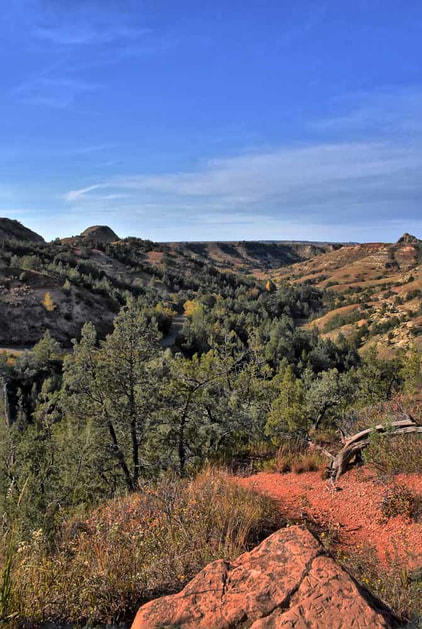



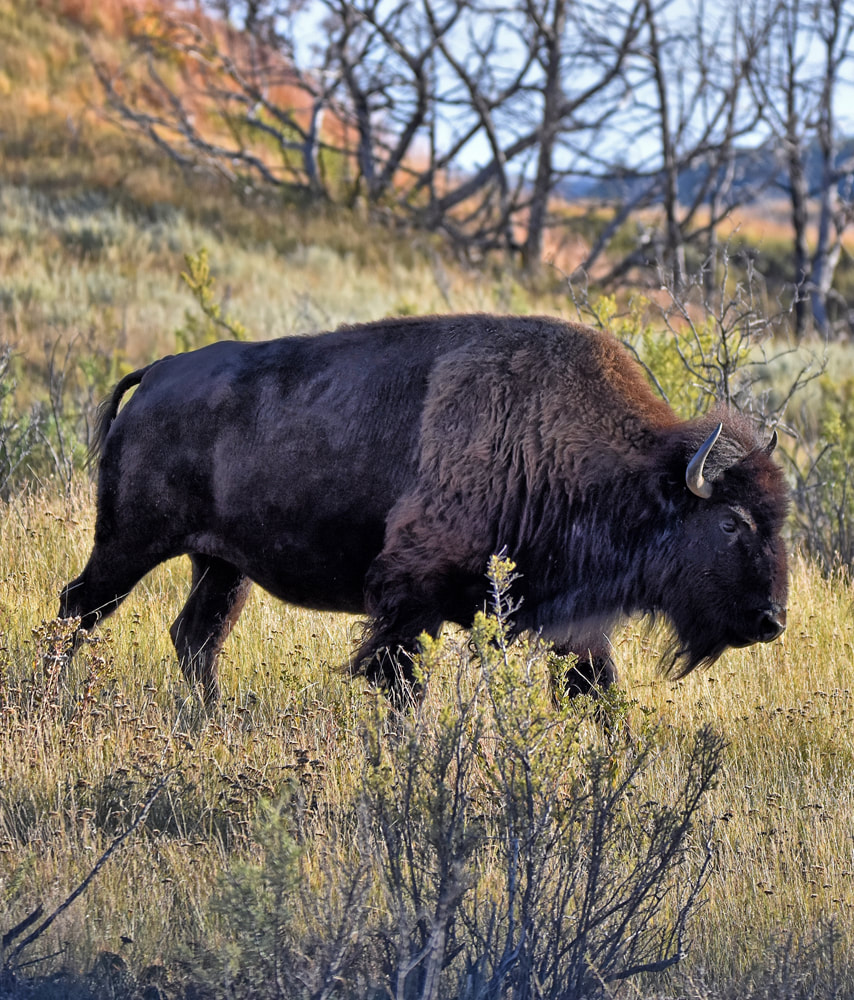
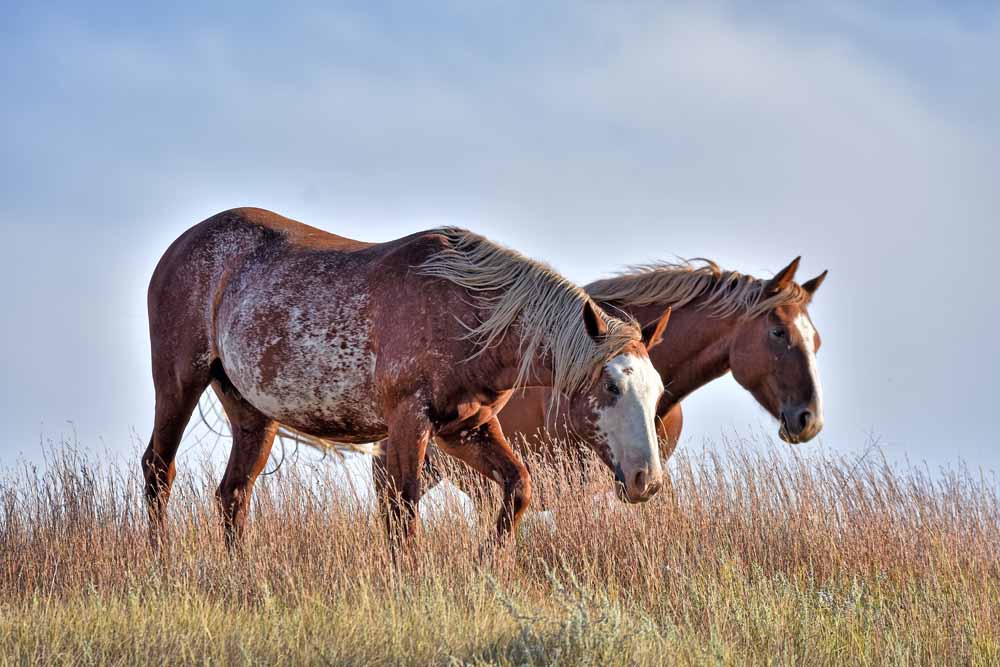
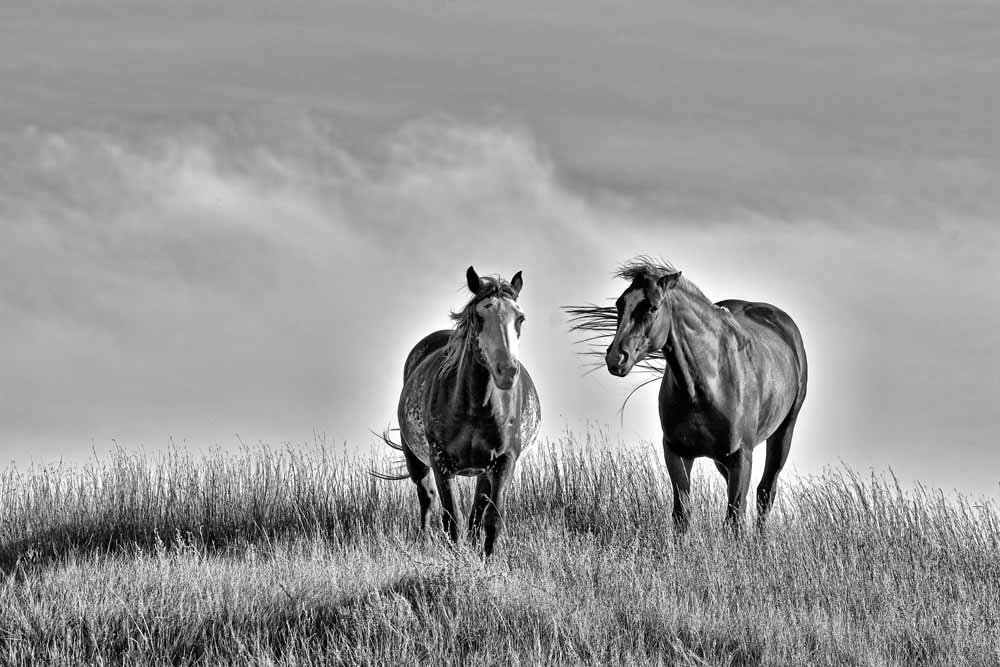
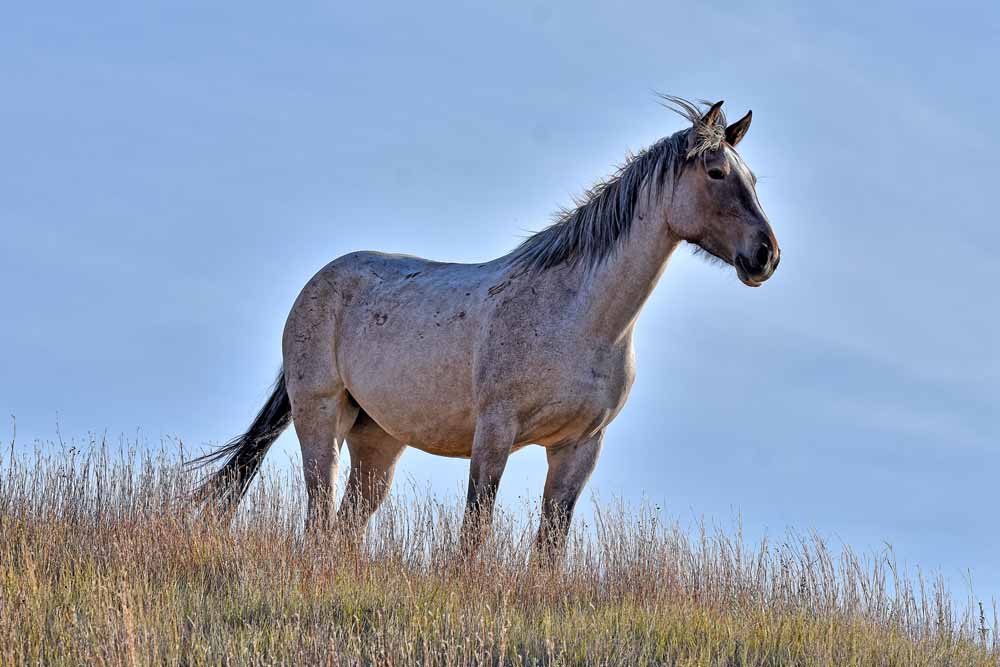
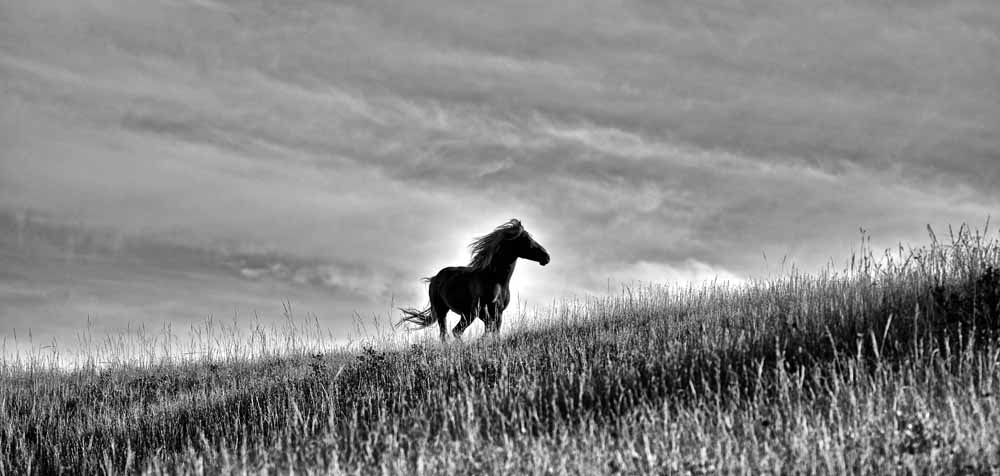
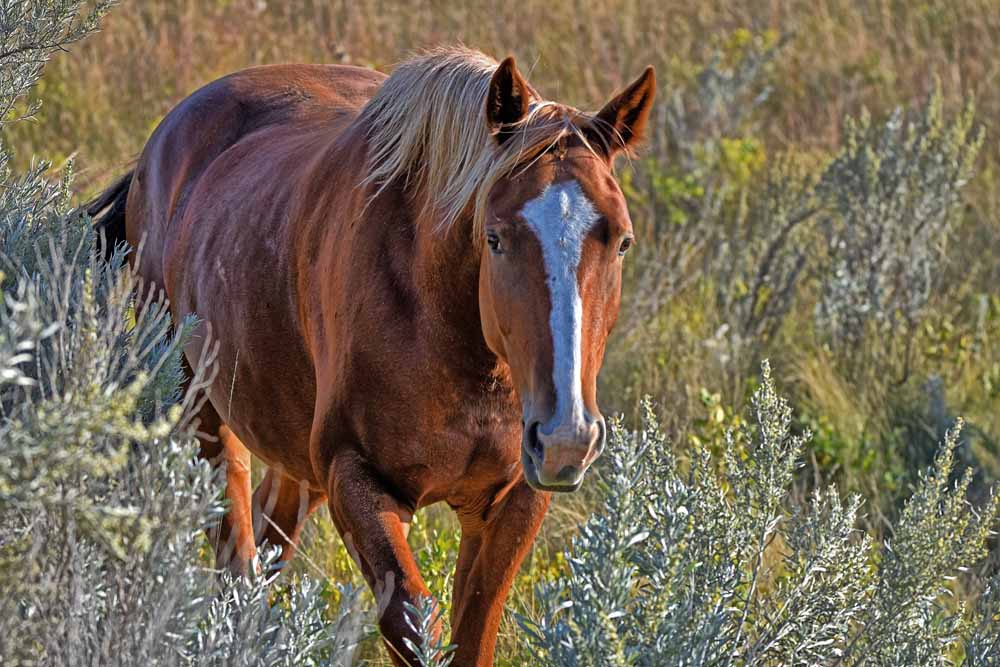
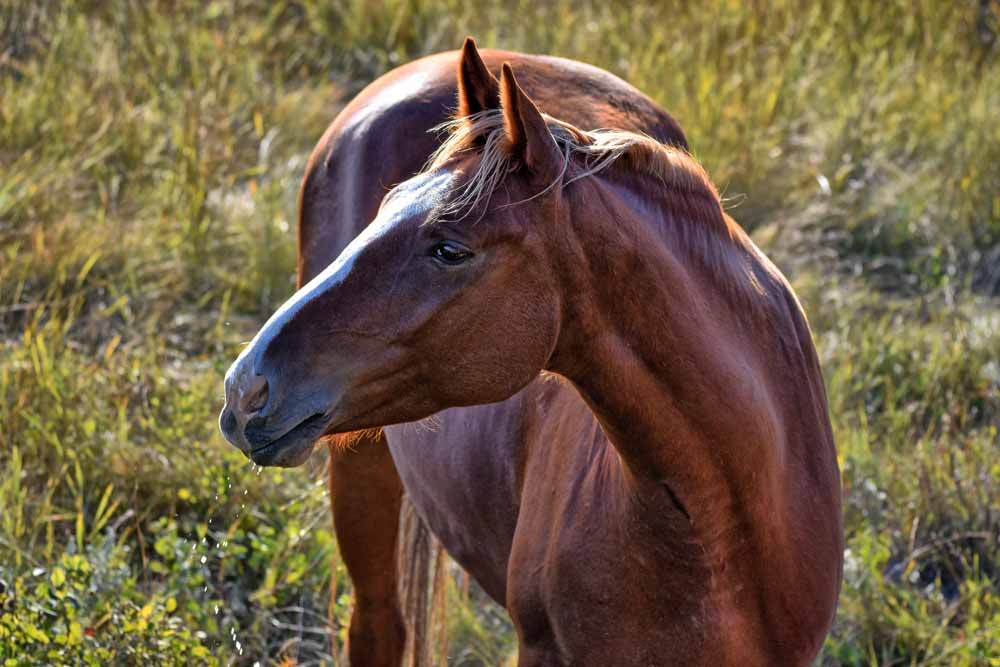

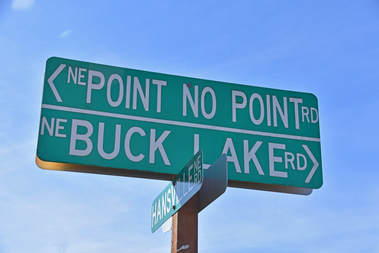
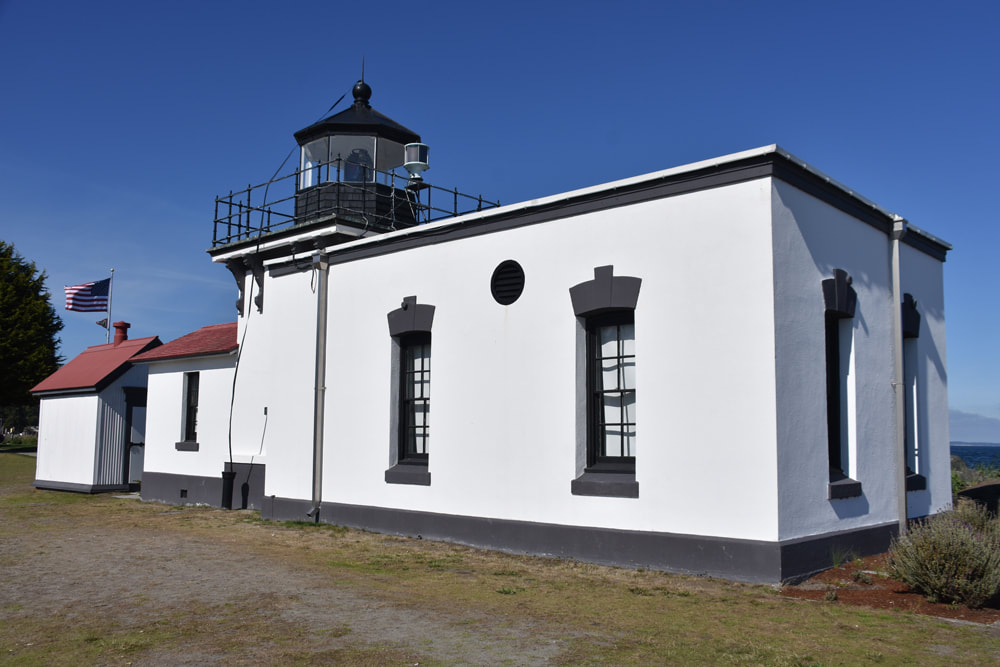
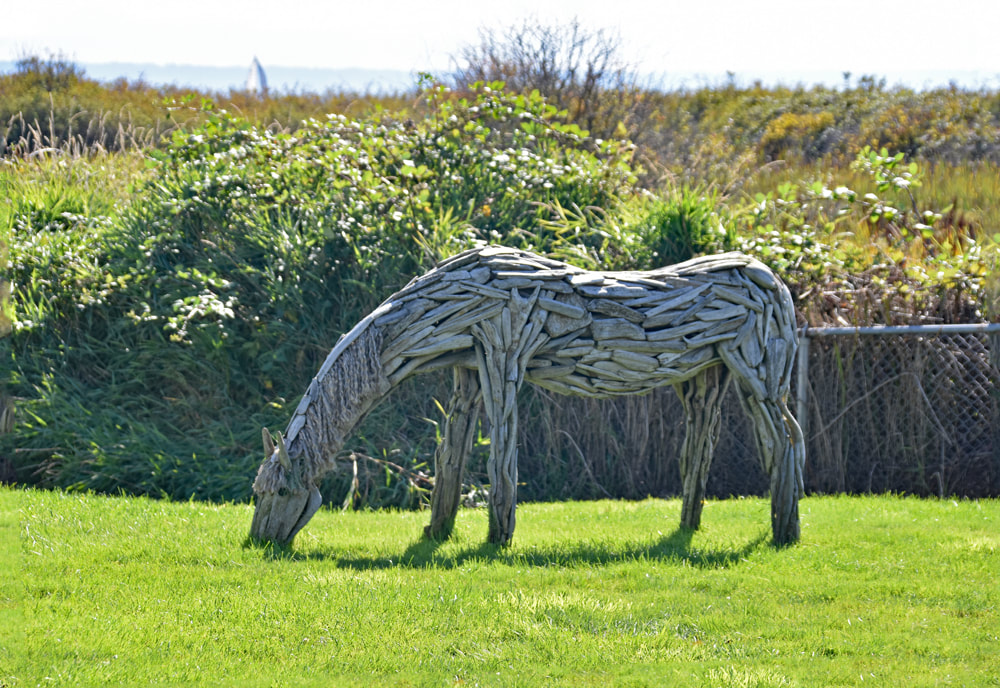
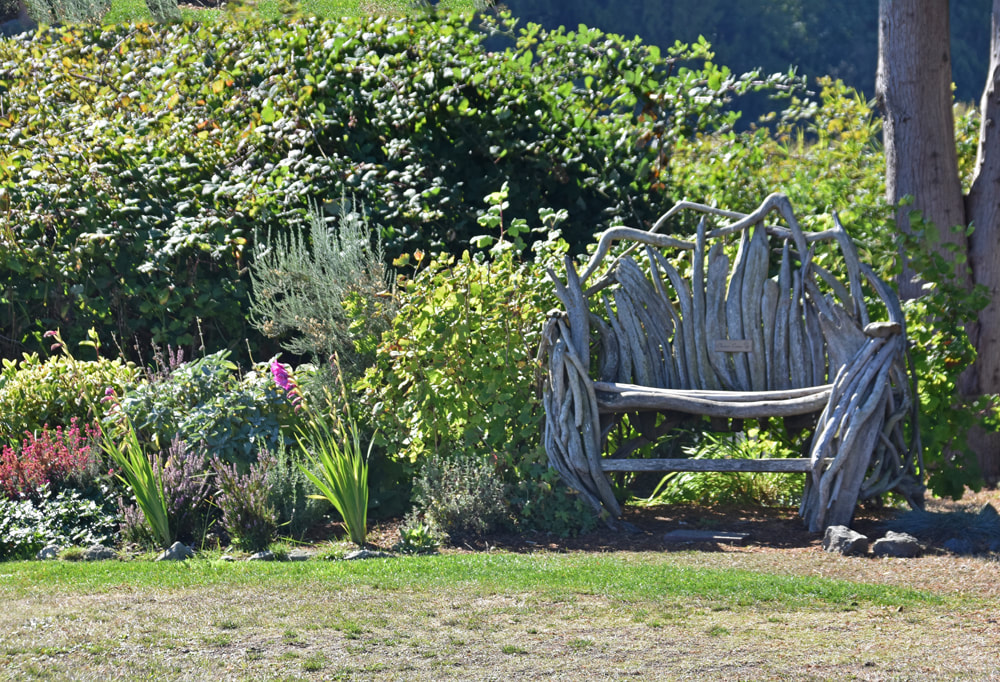
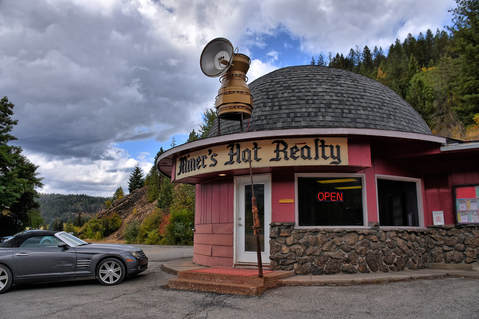
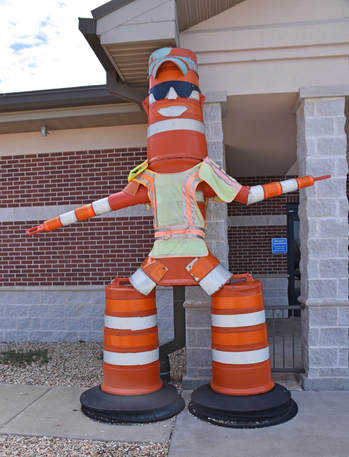
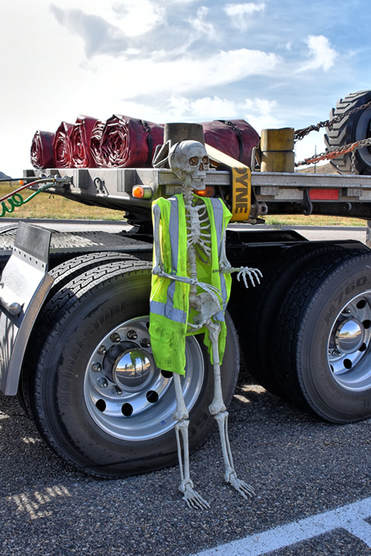
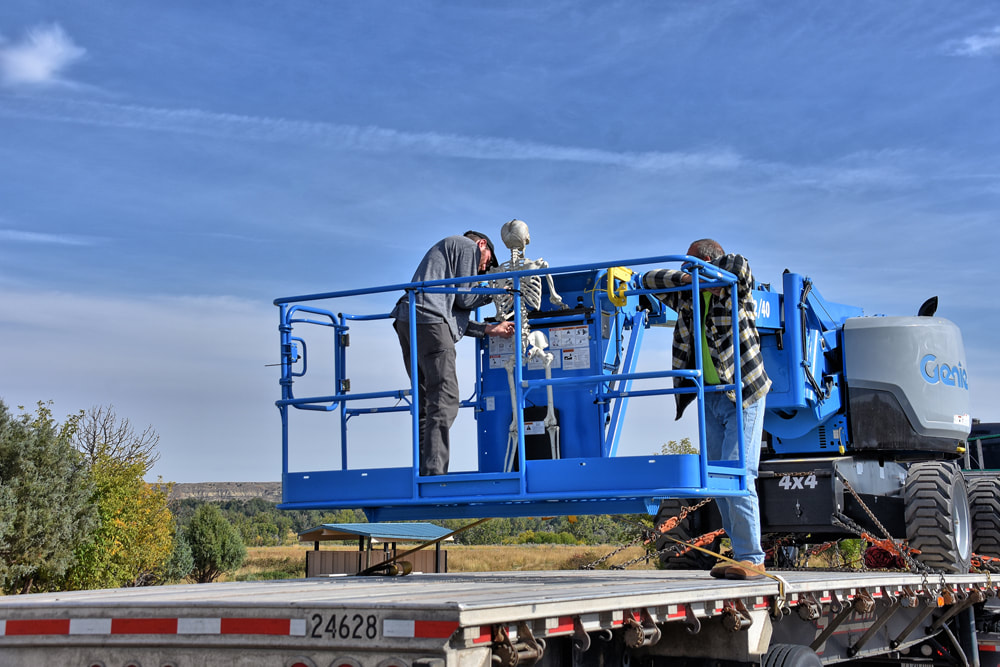
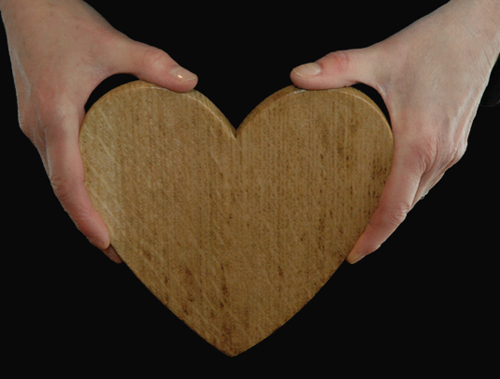
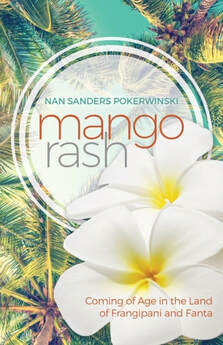
 RSS Feed
RSS Feed